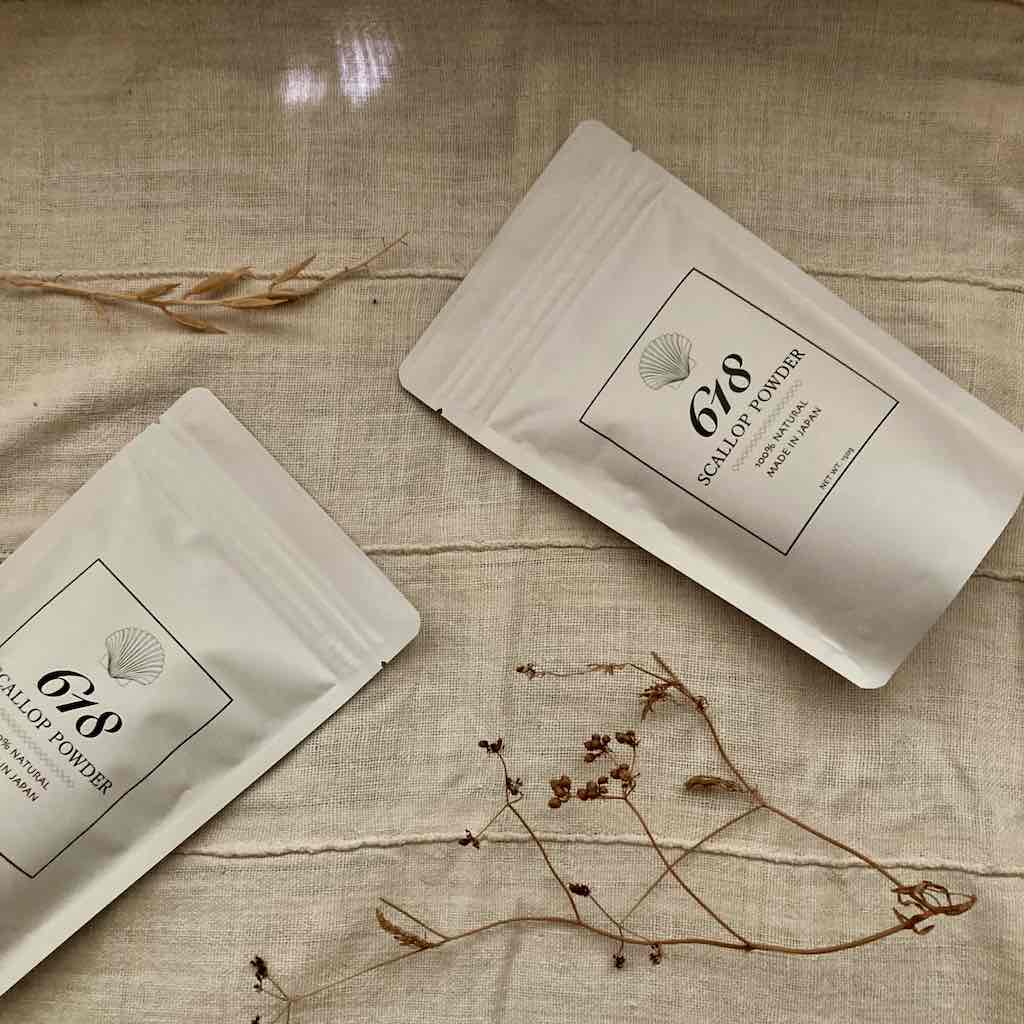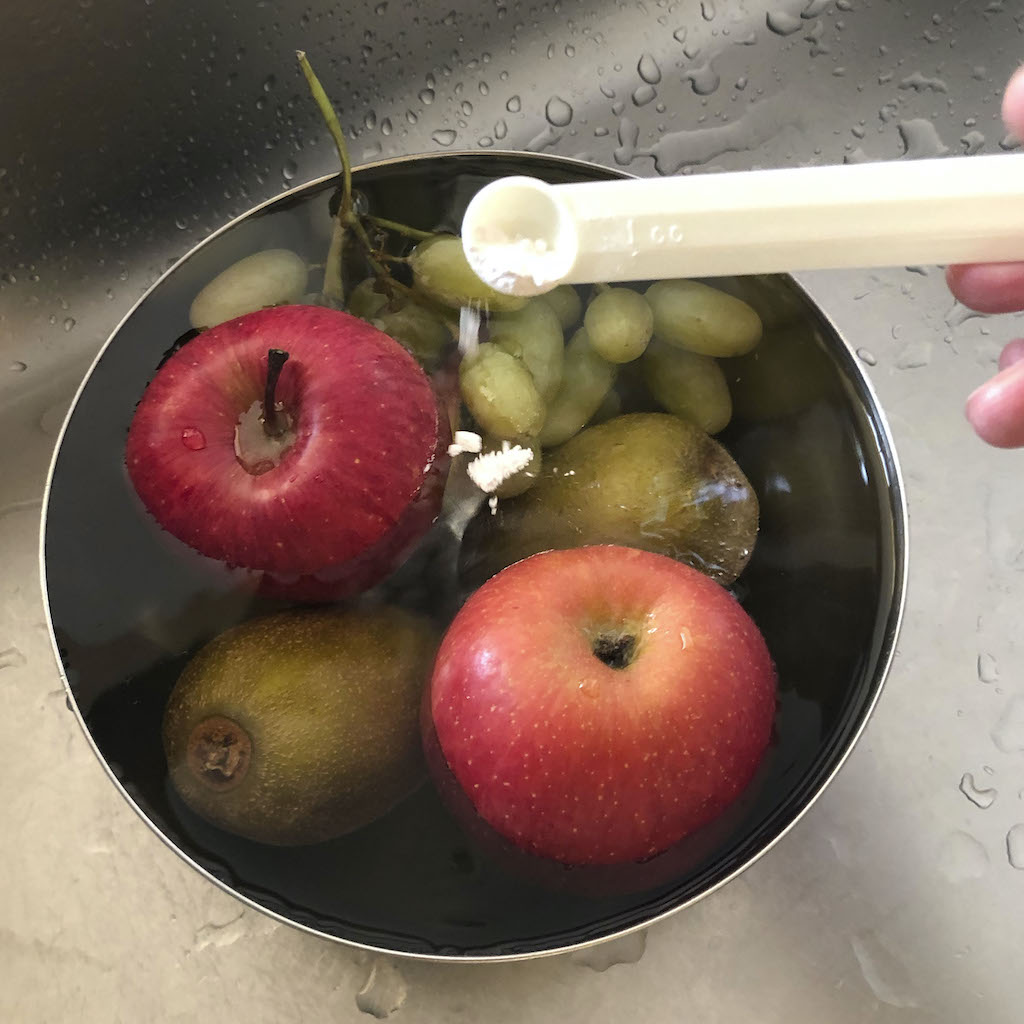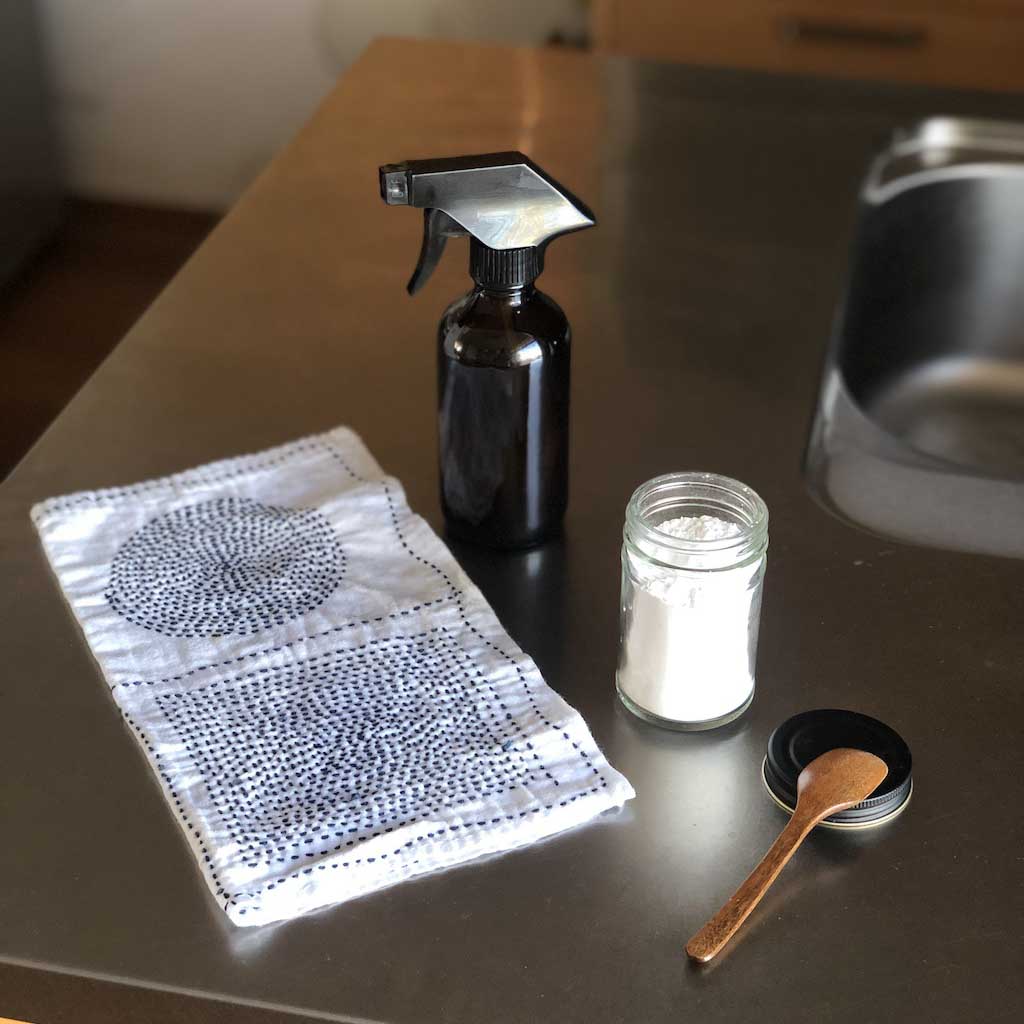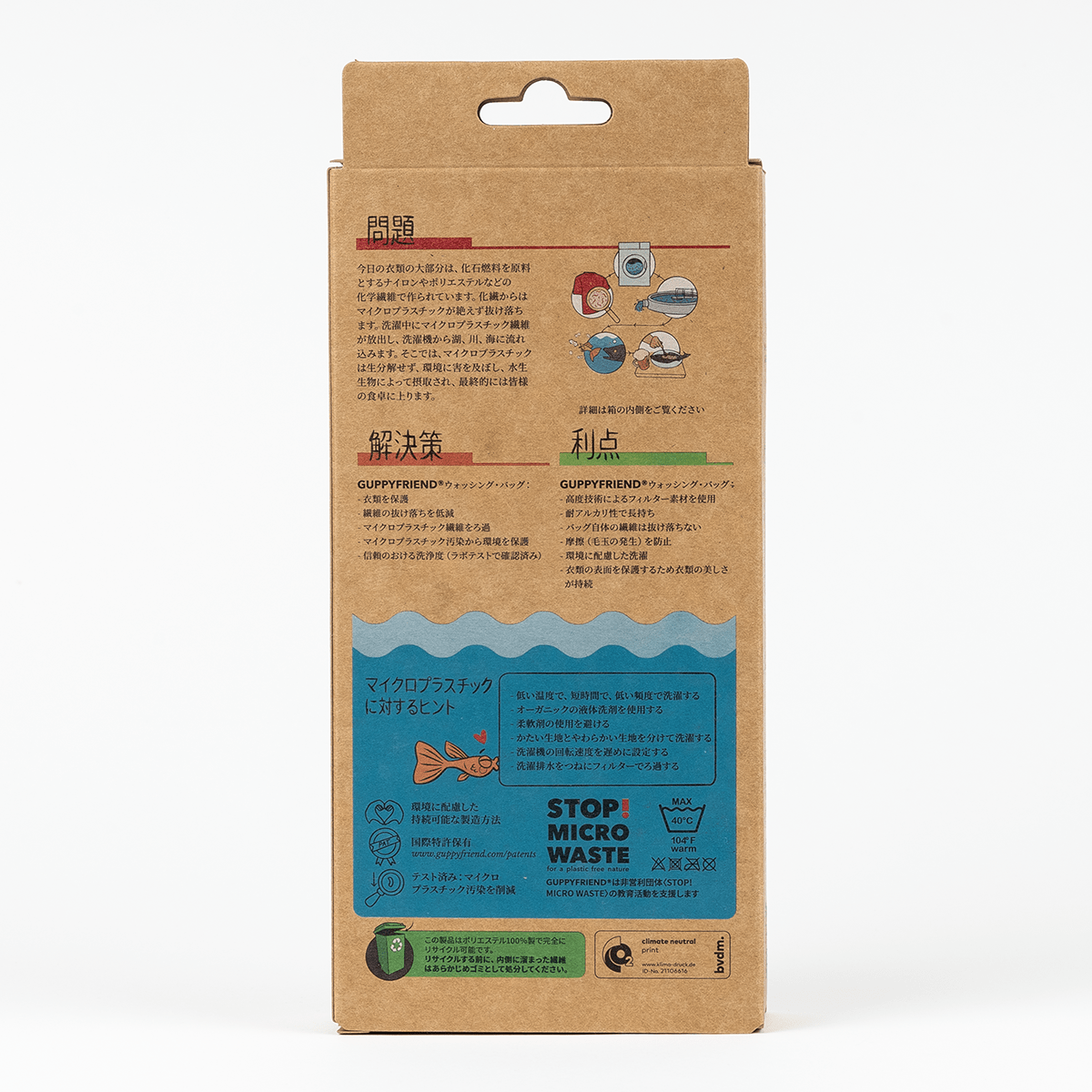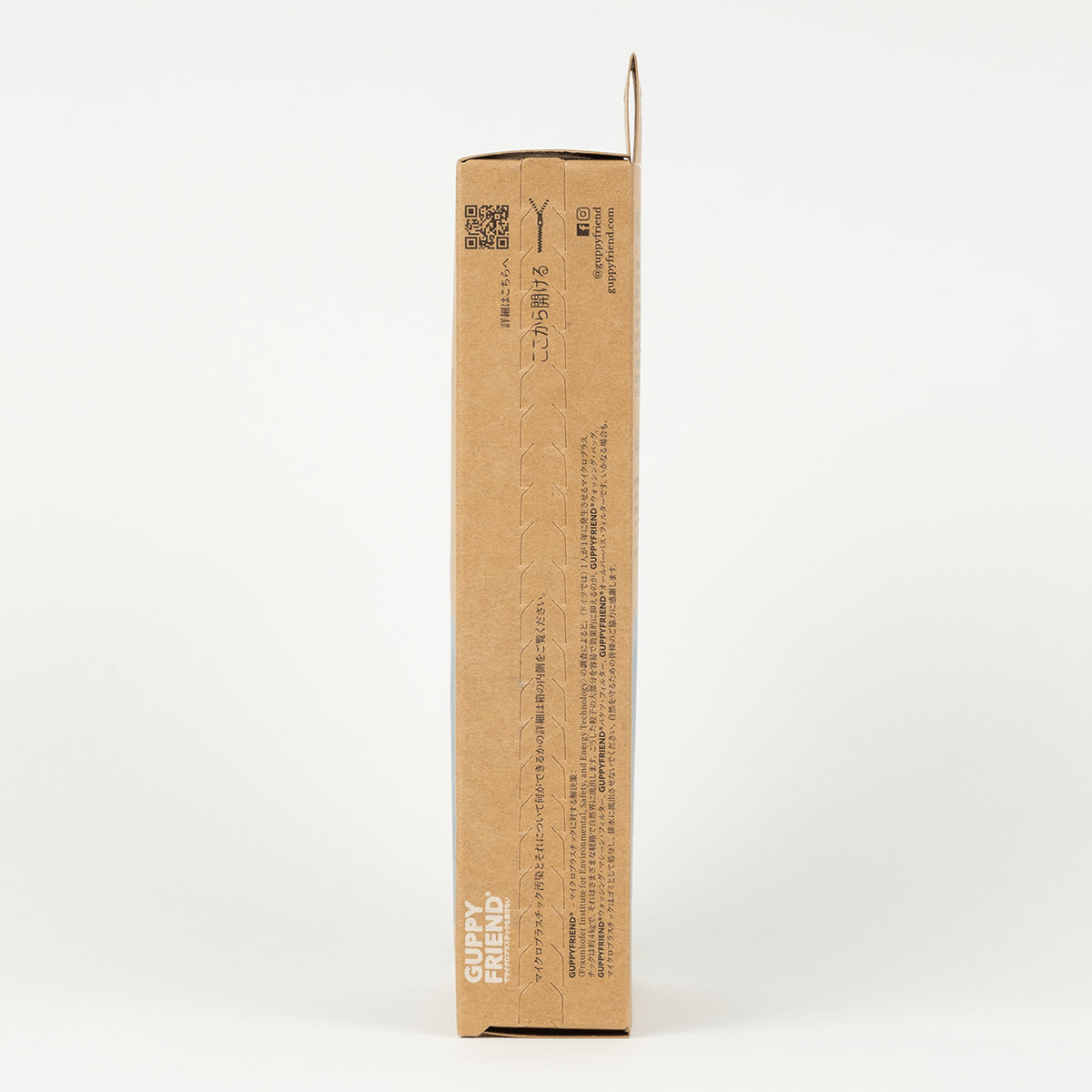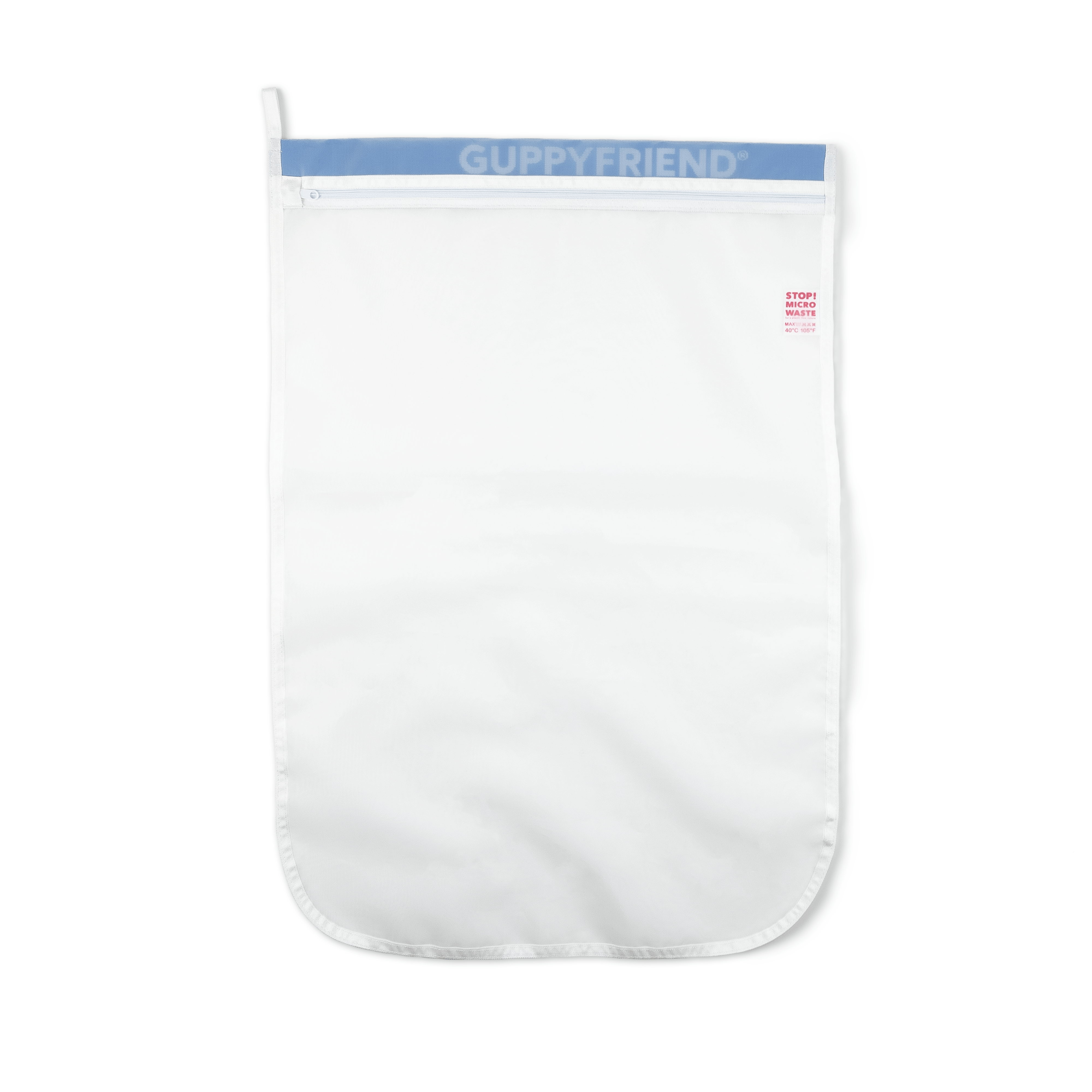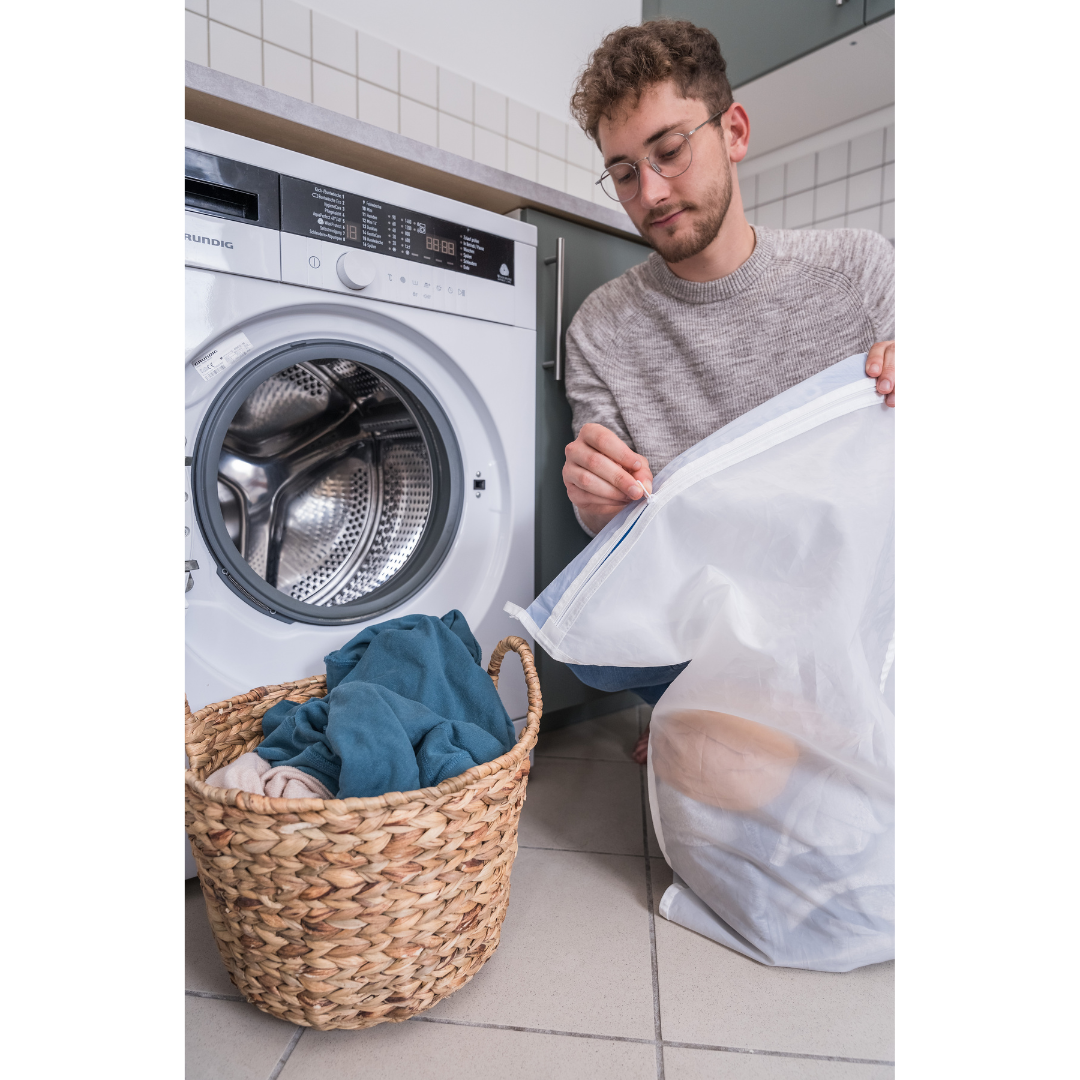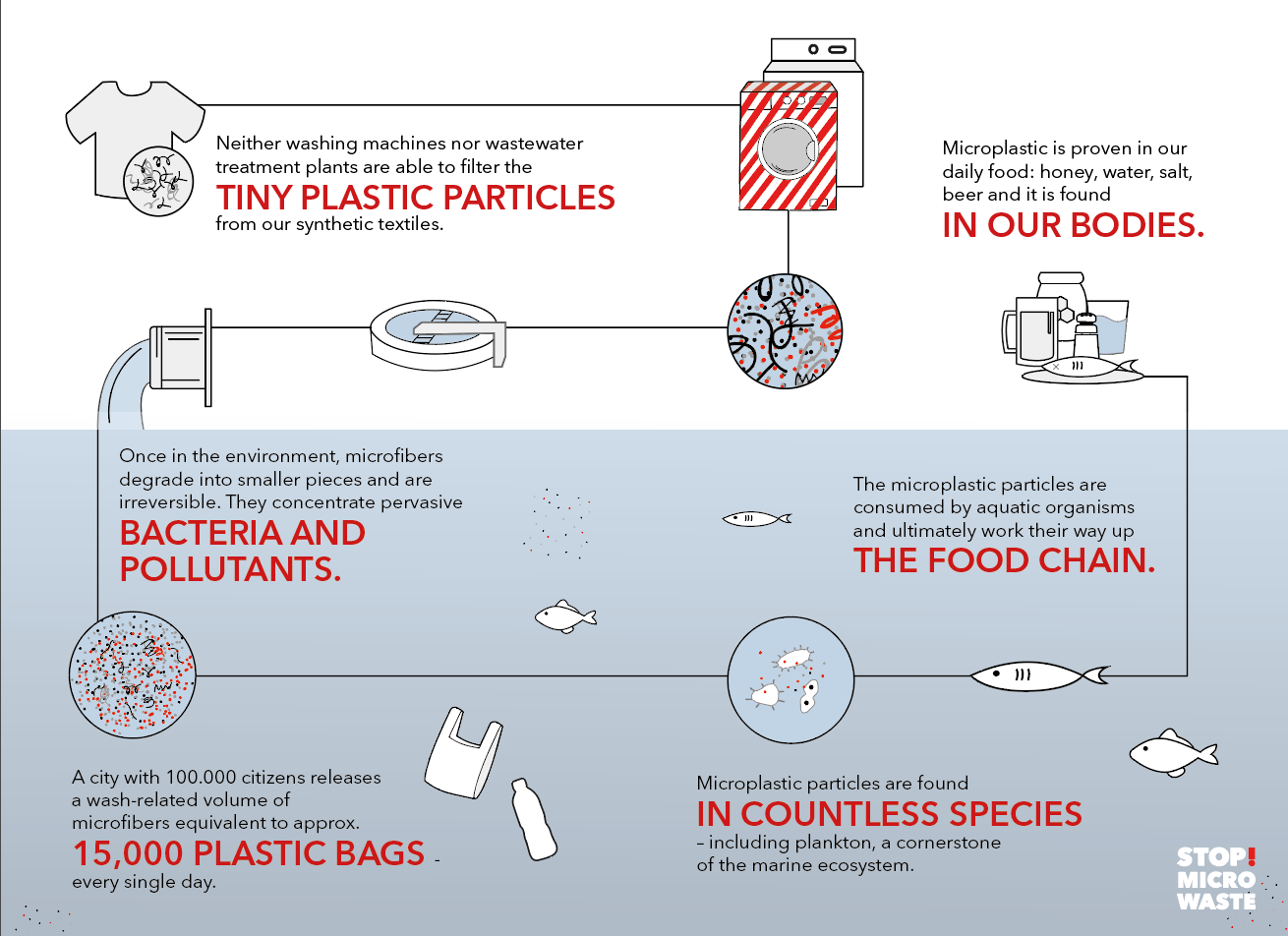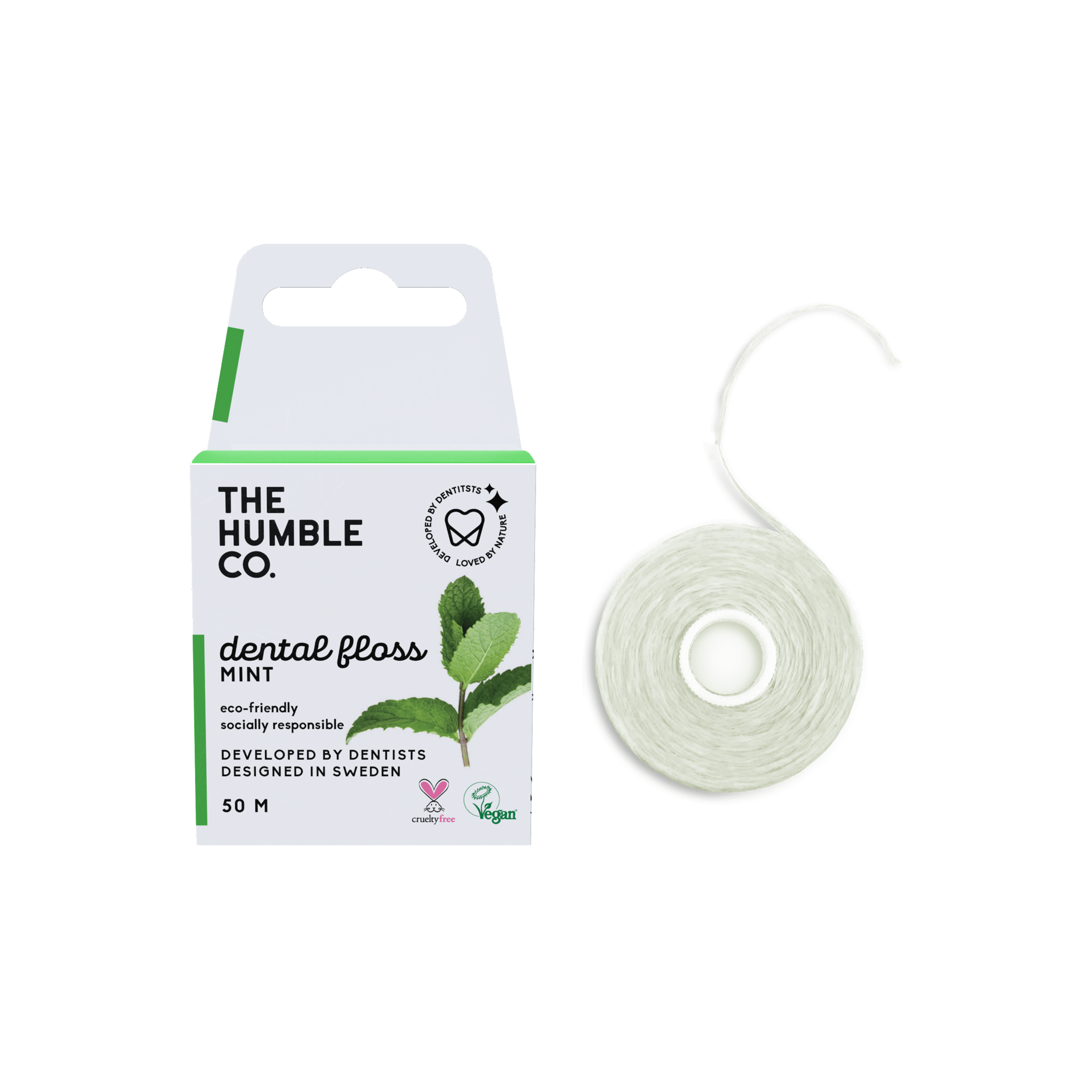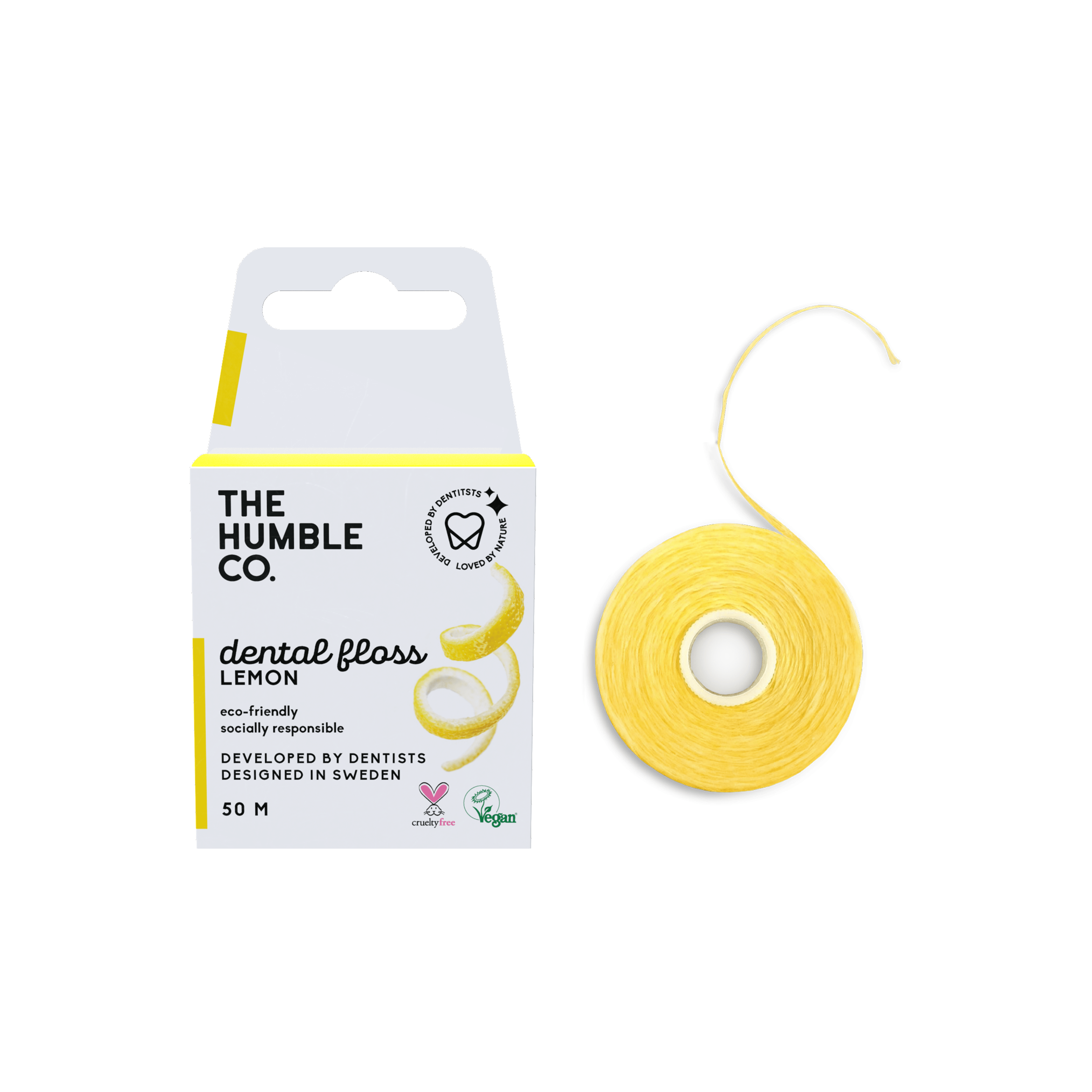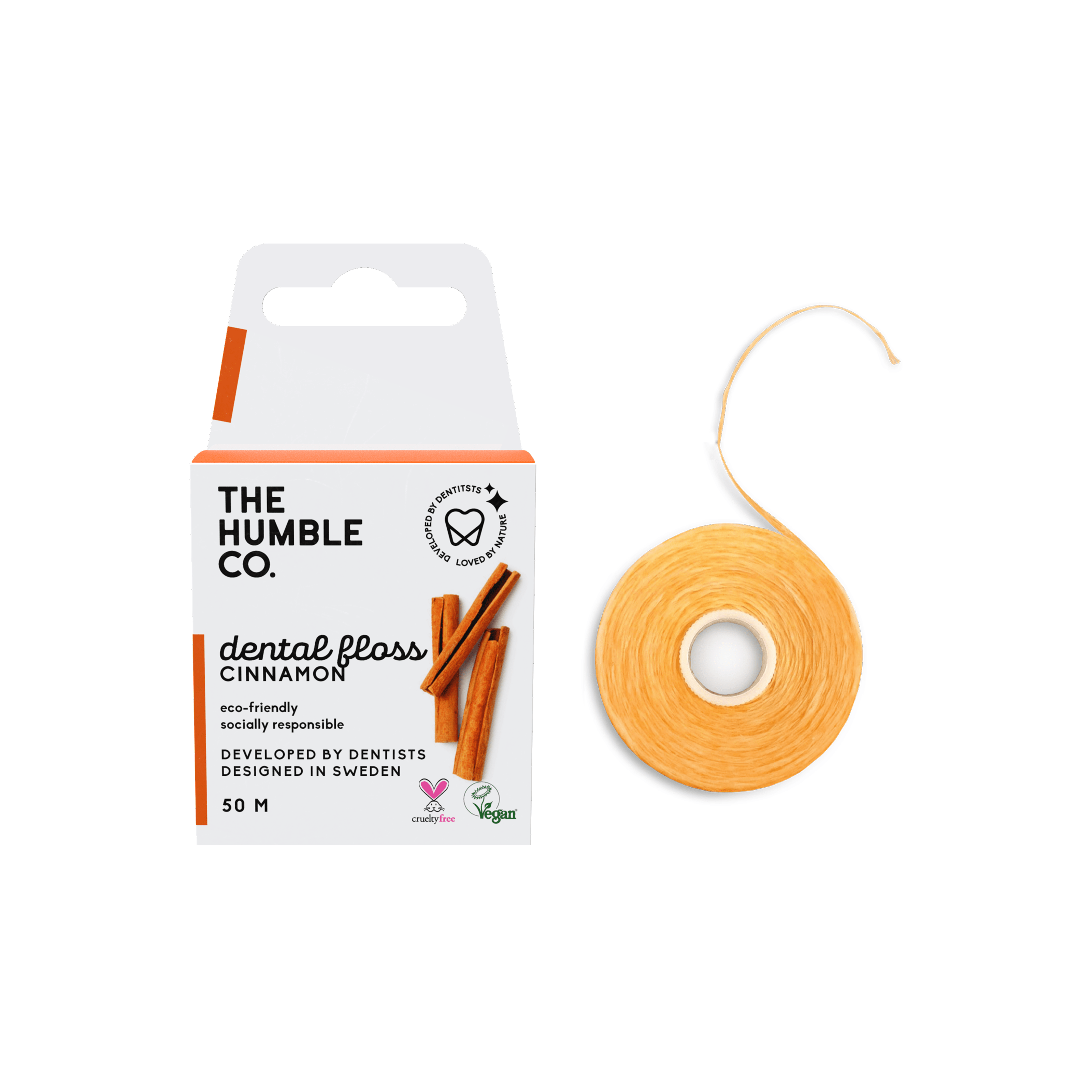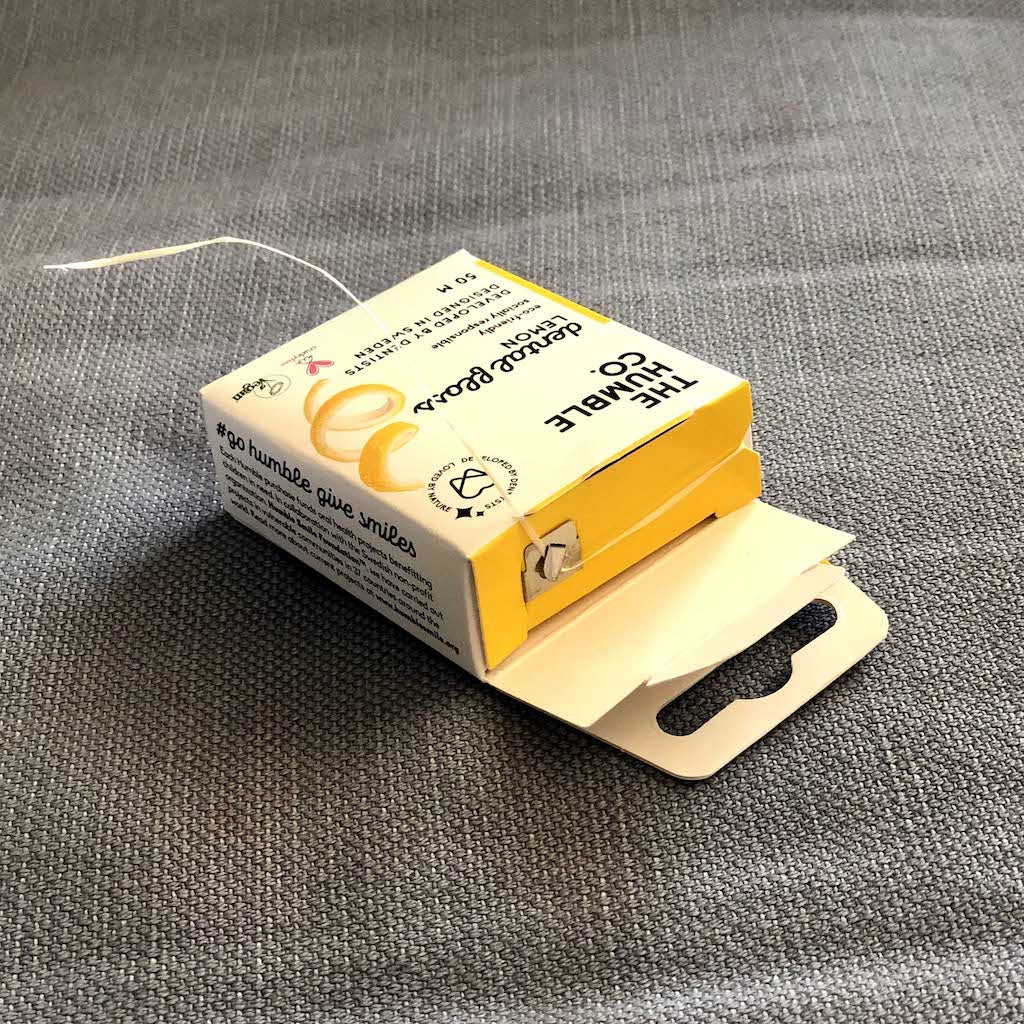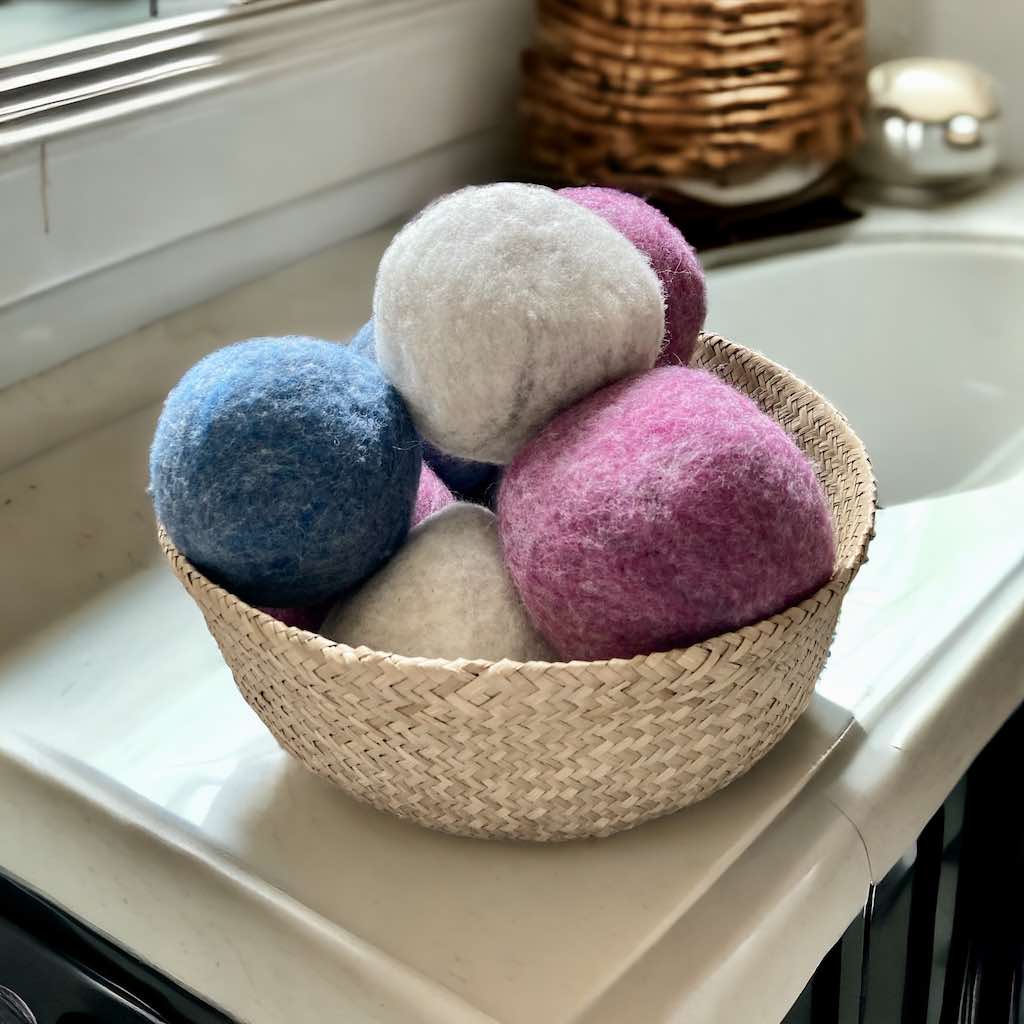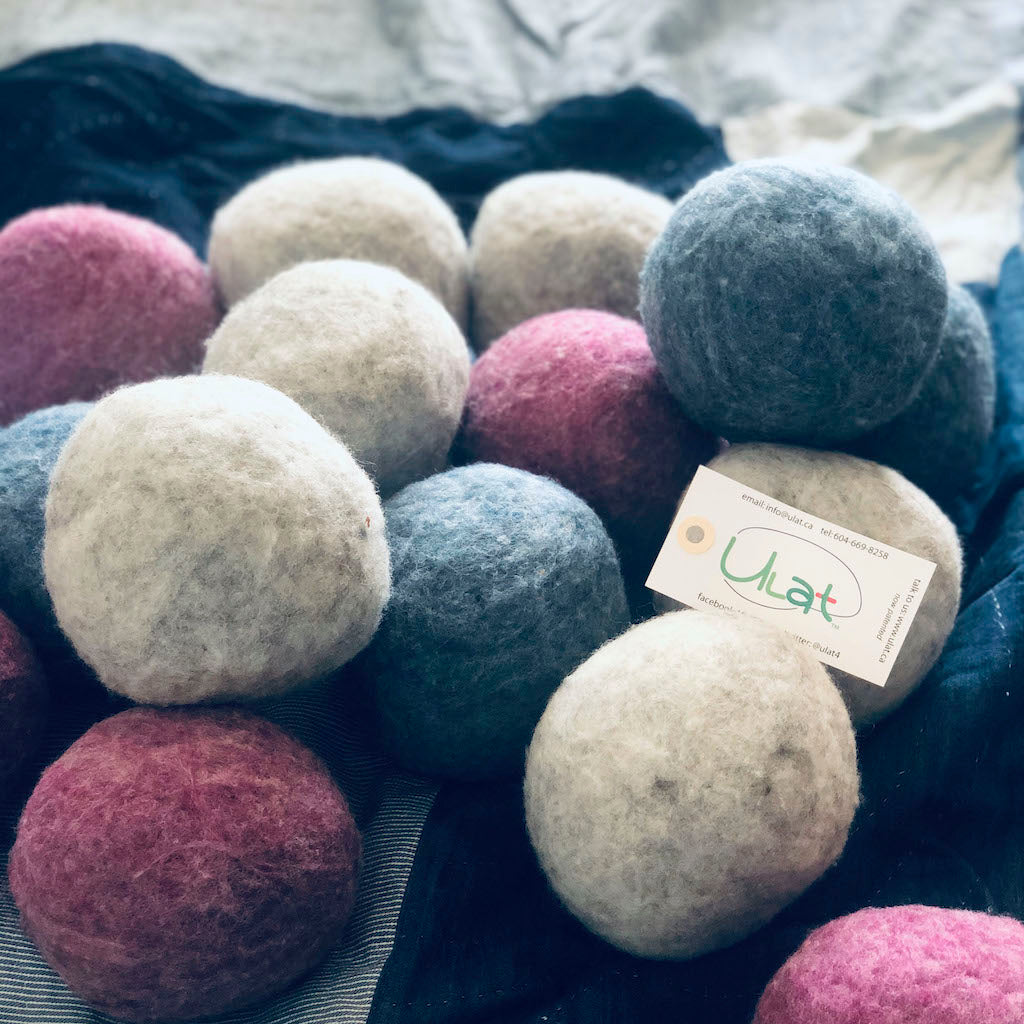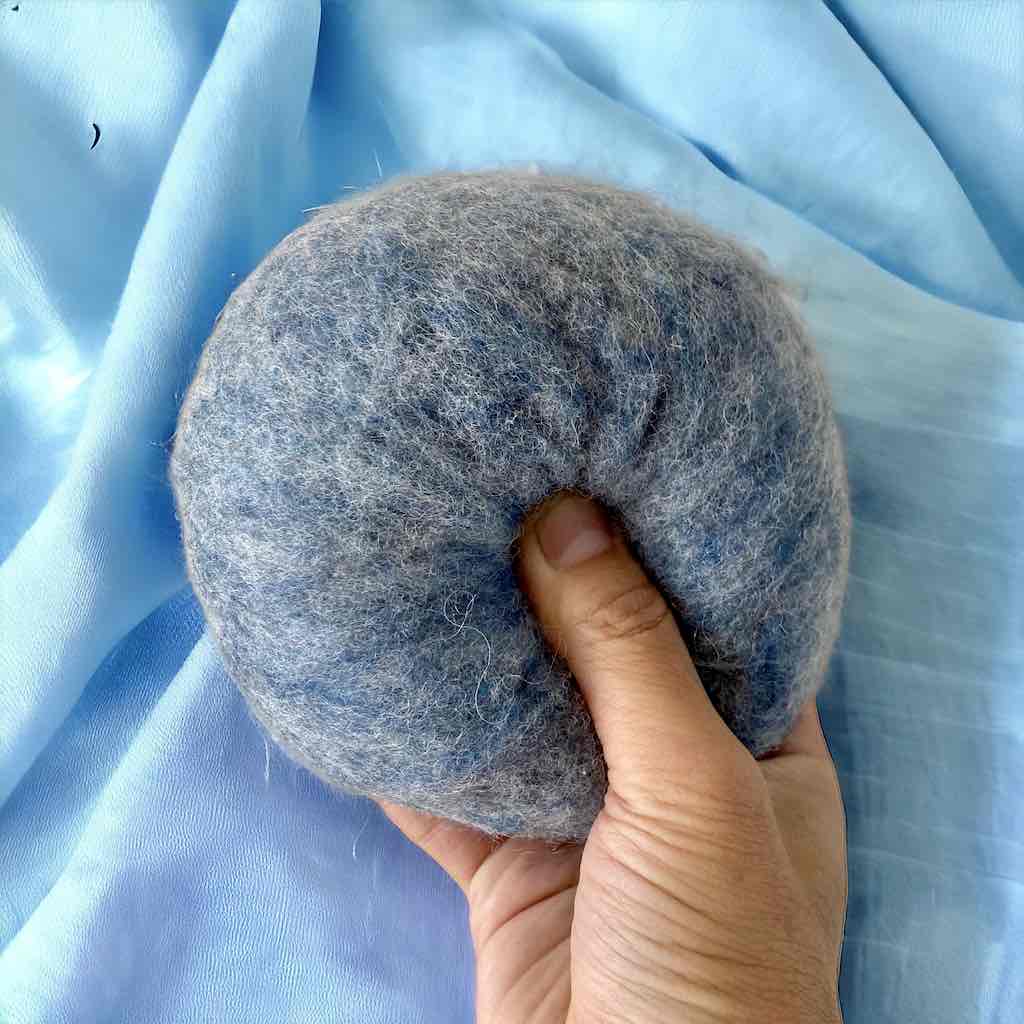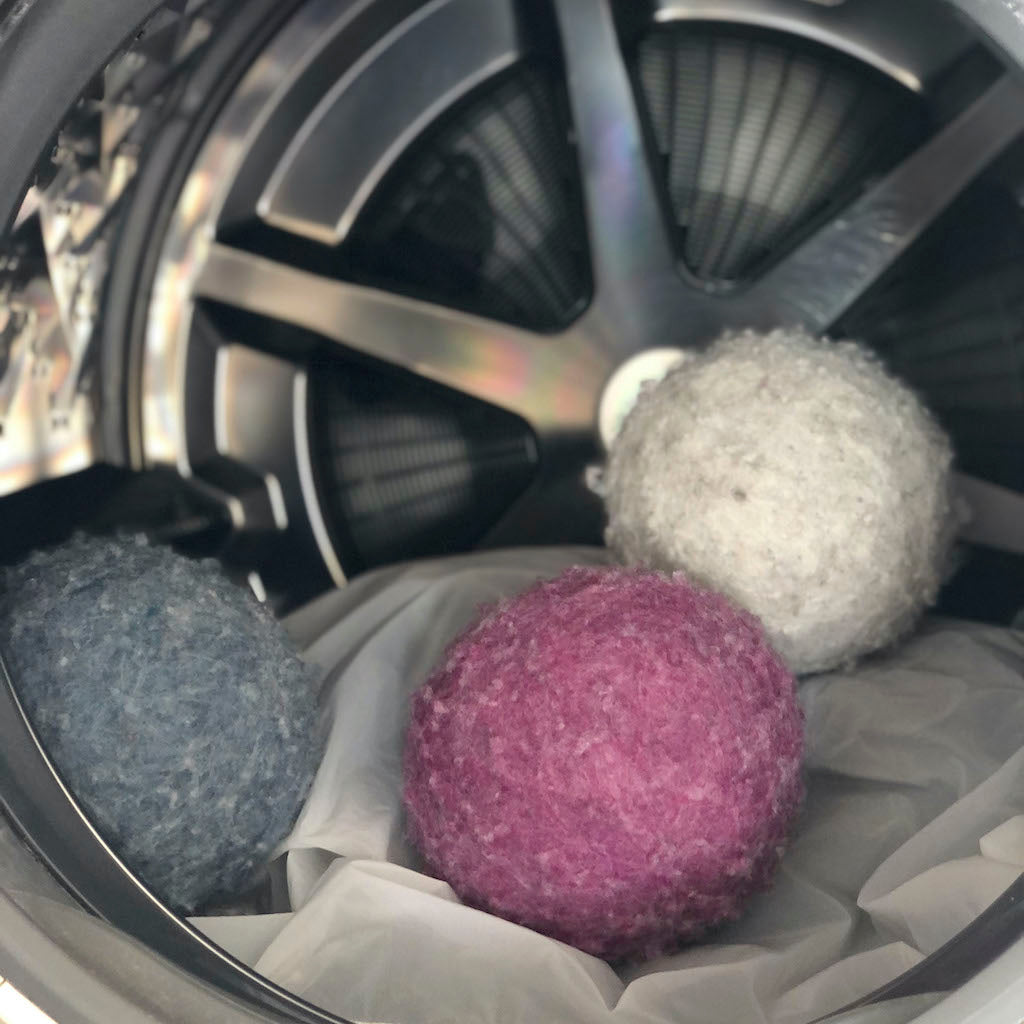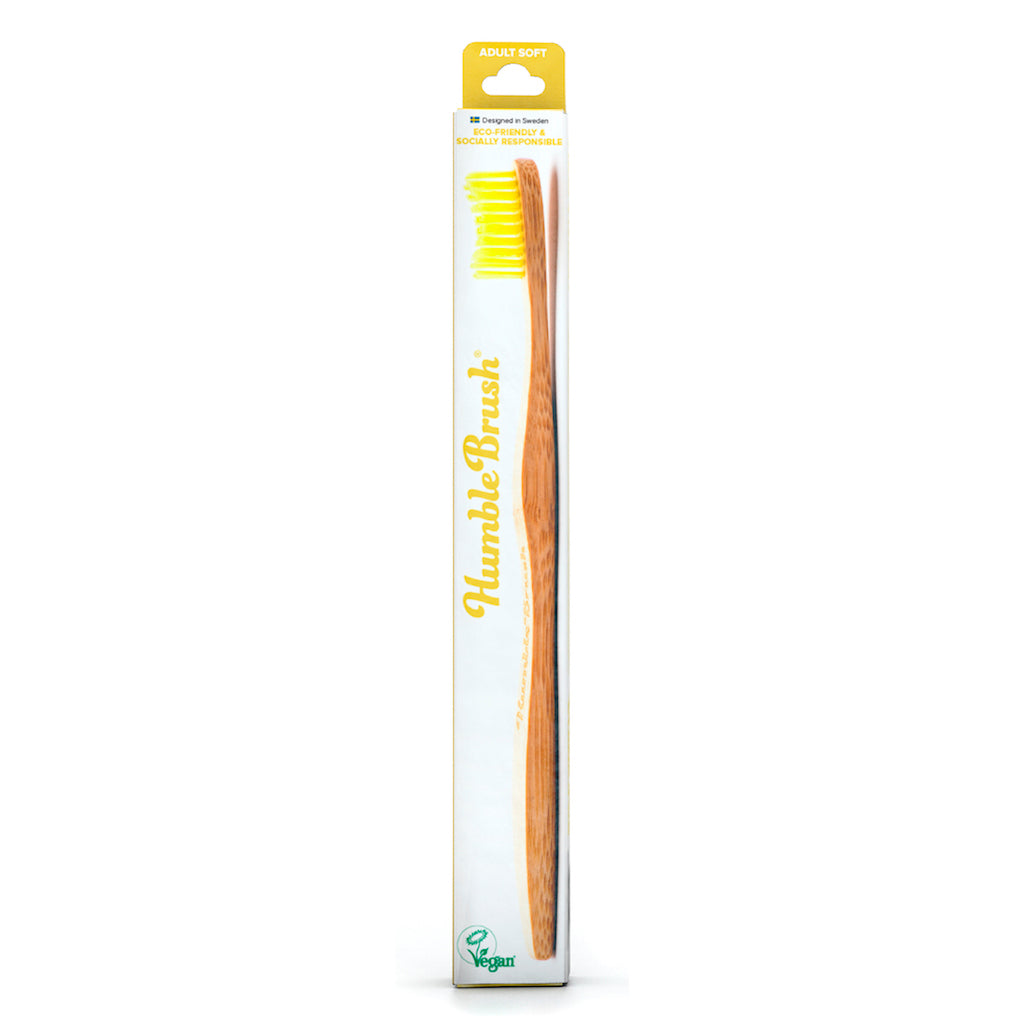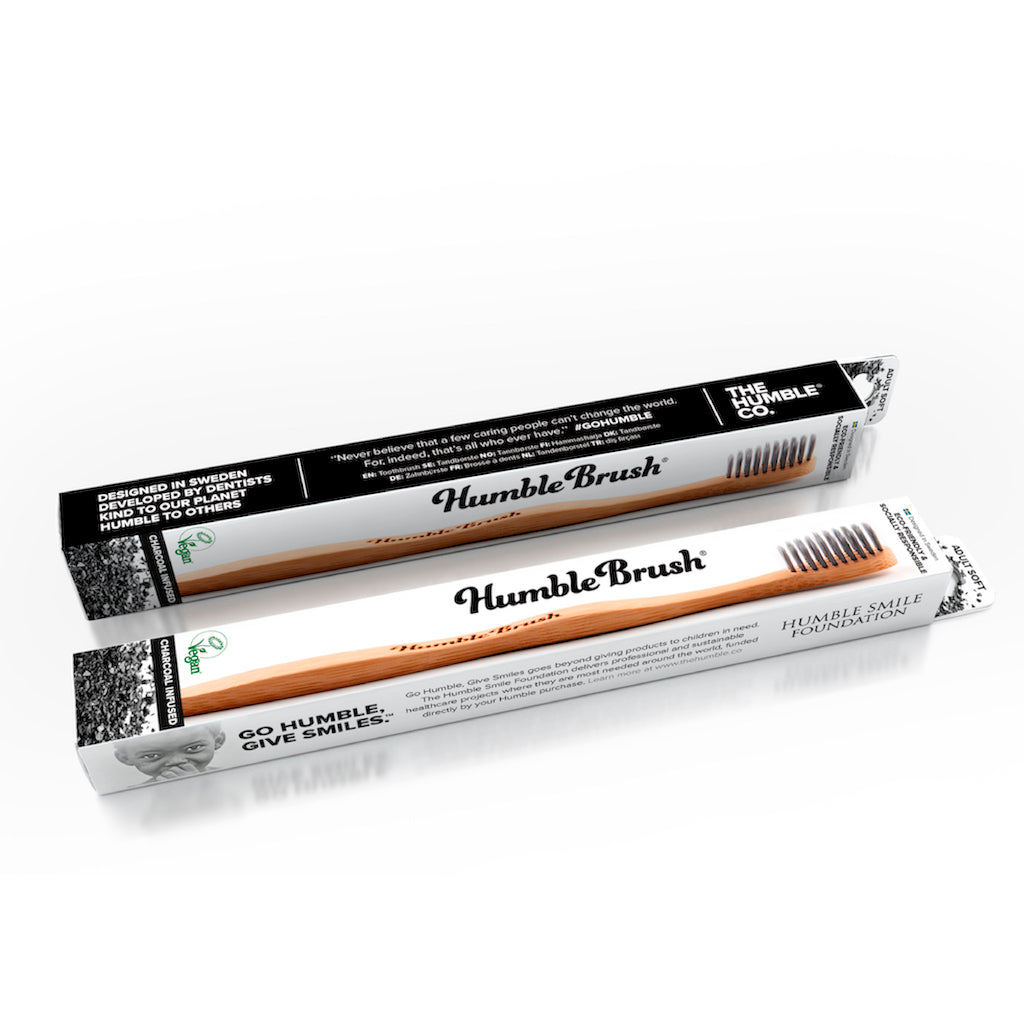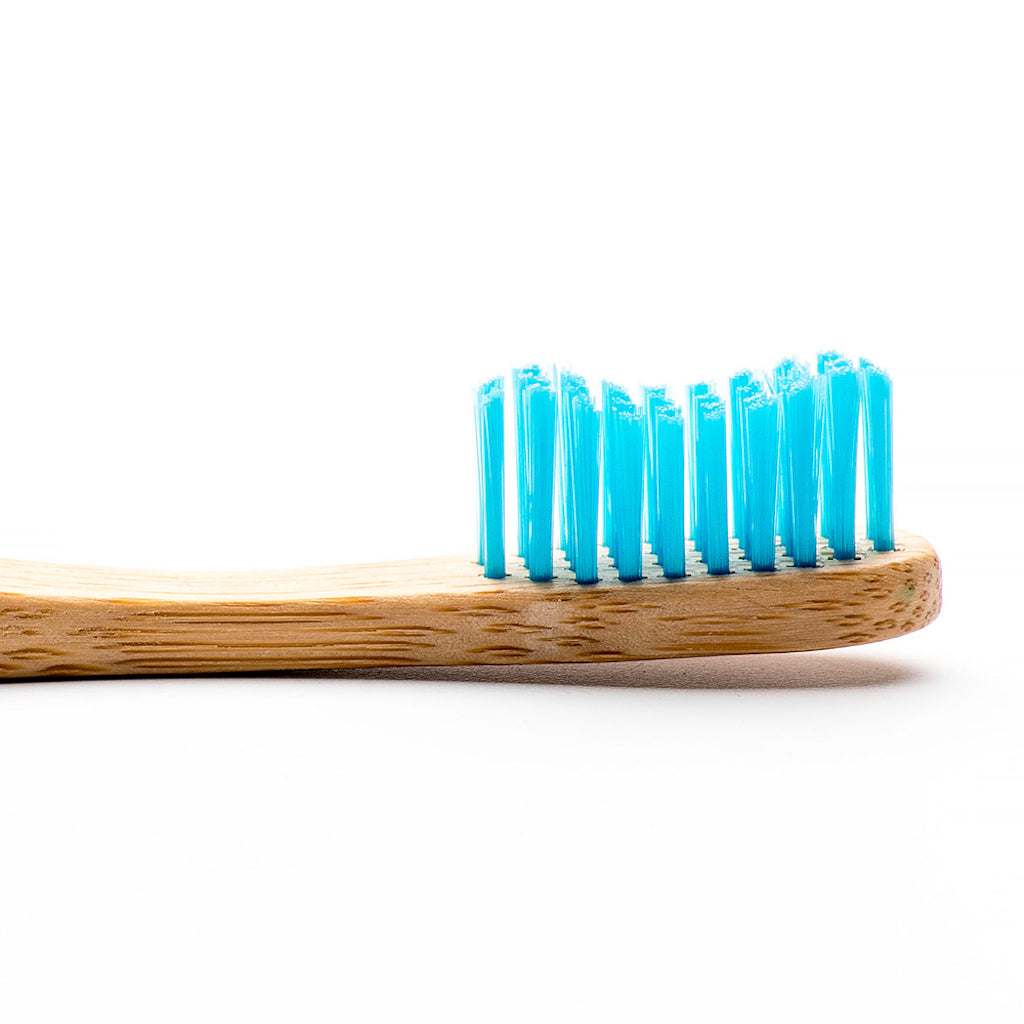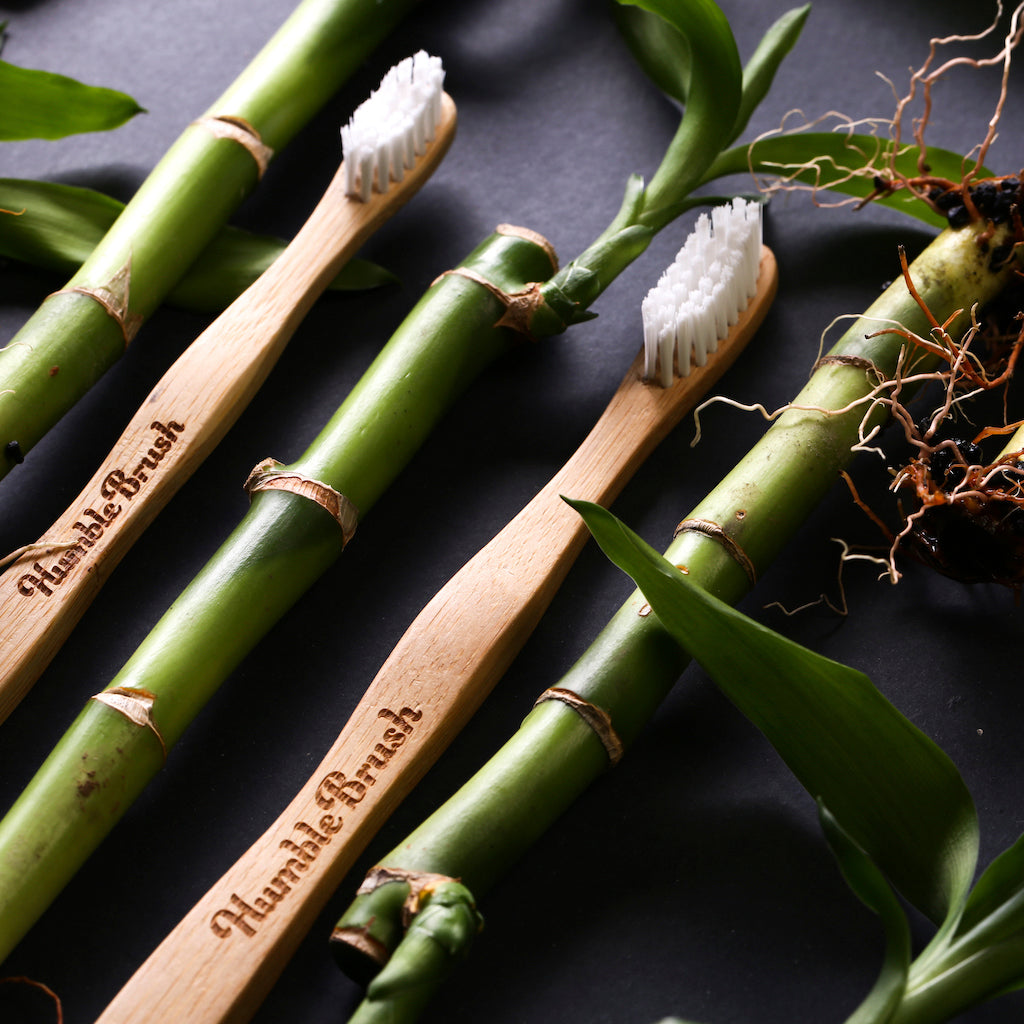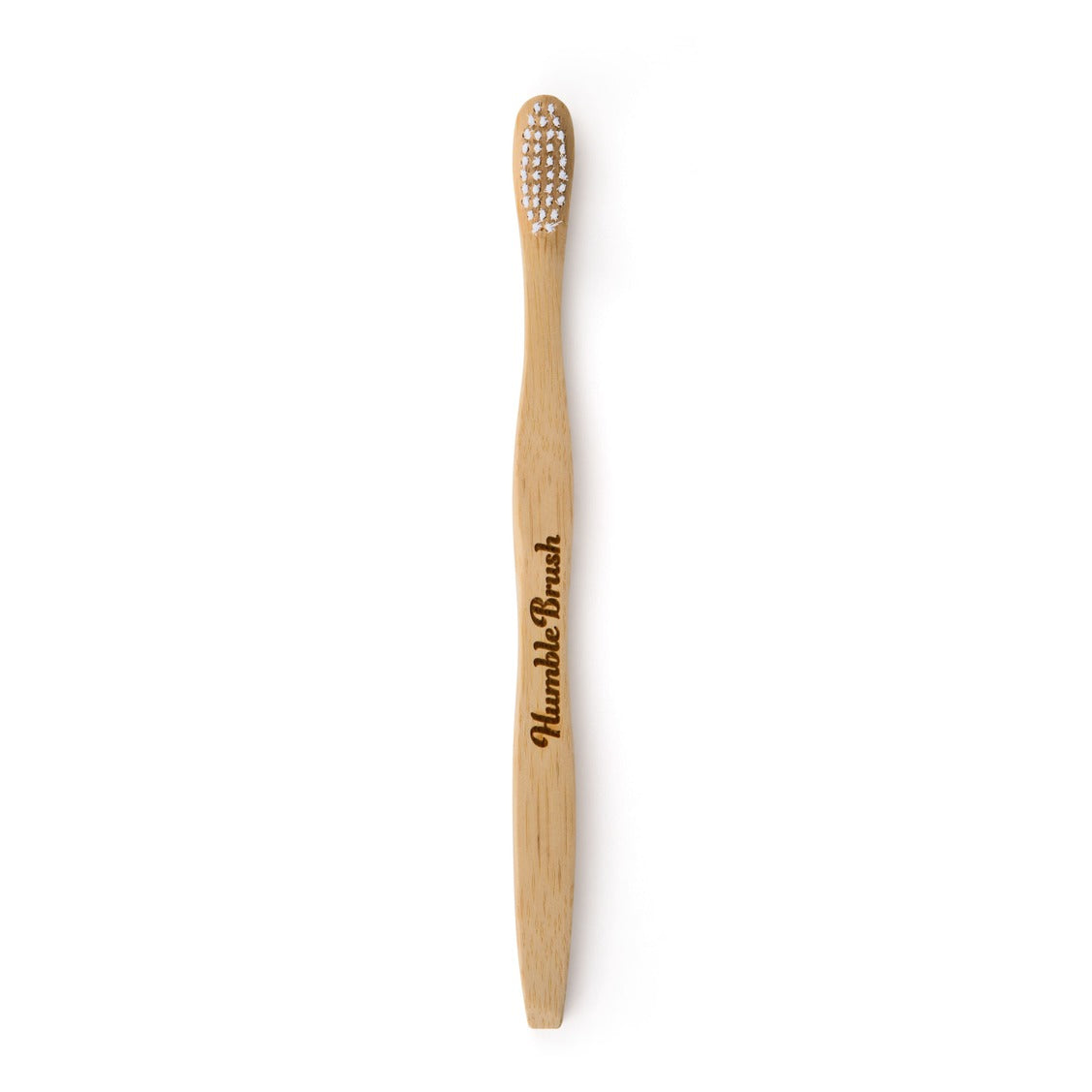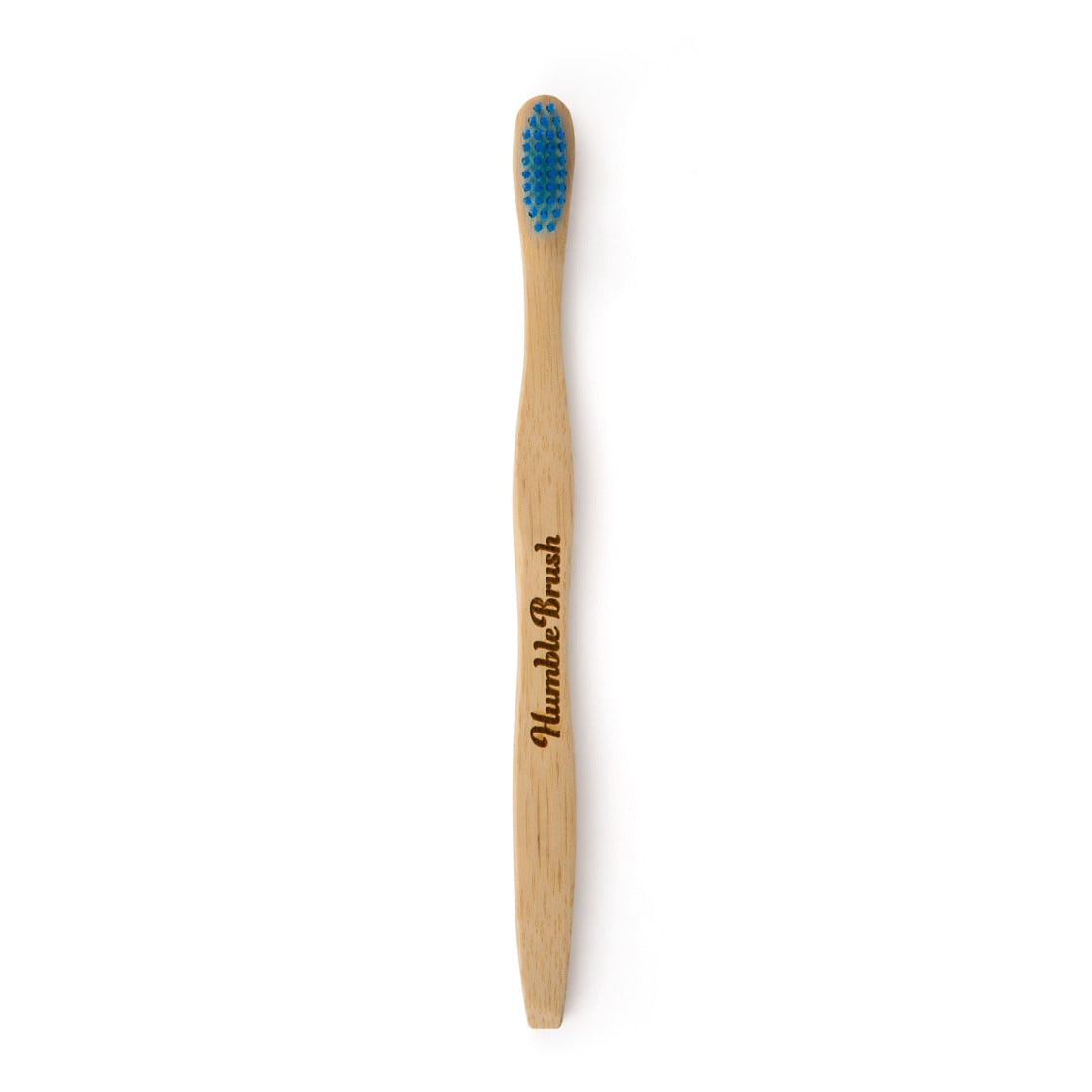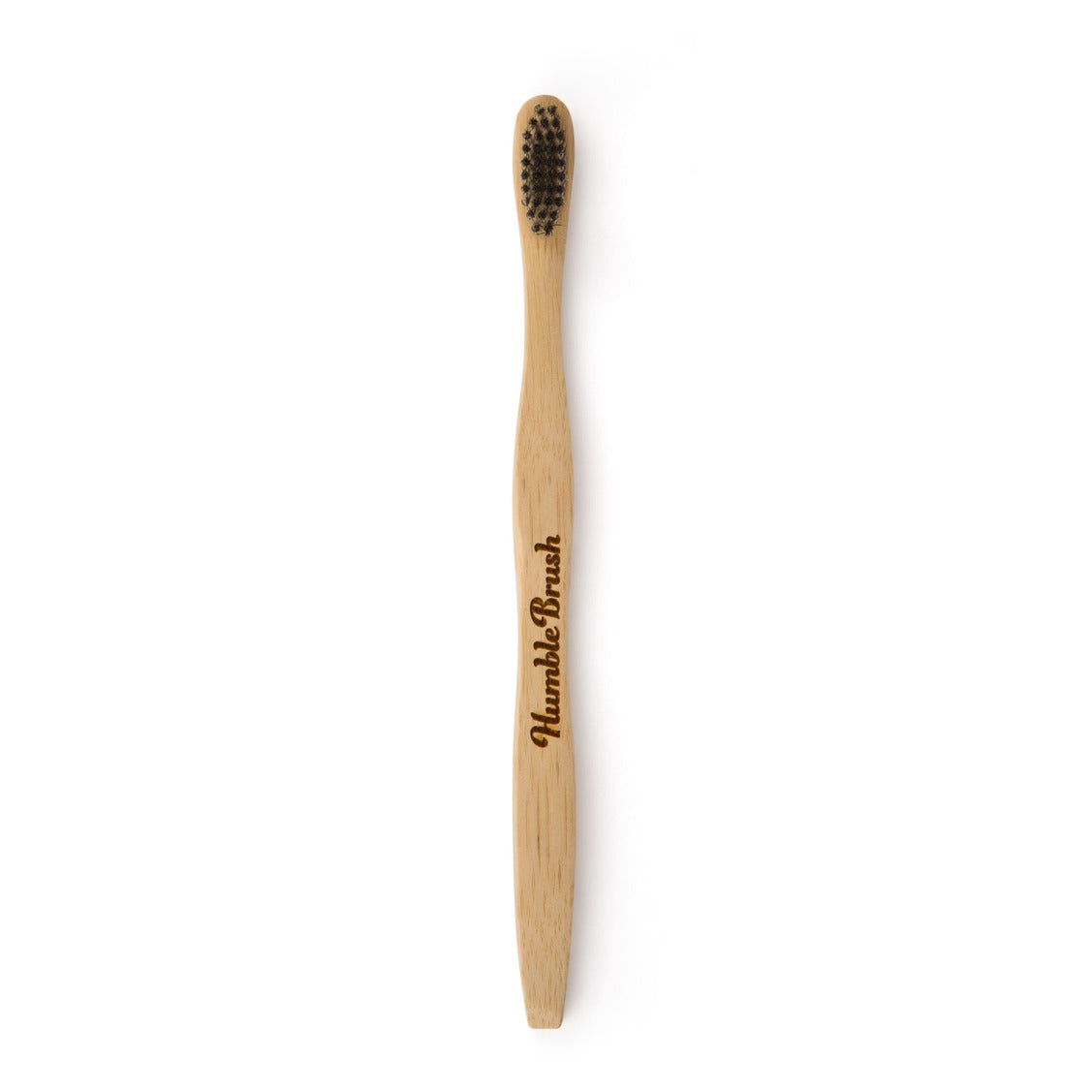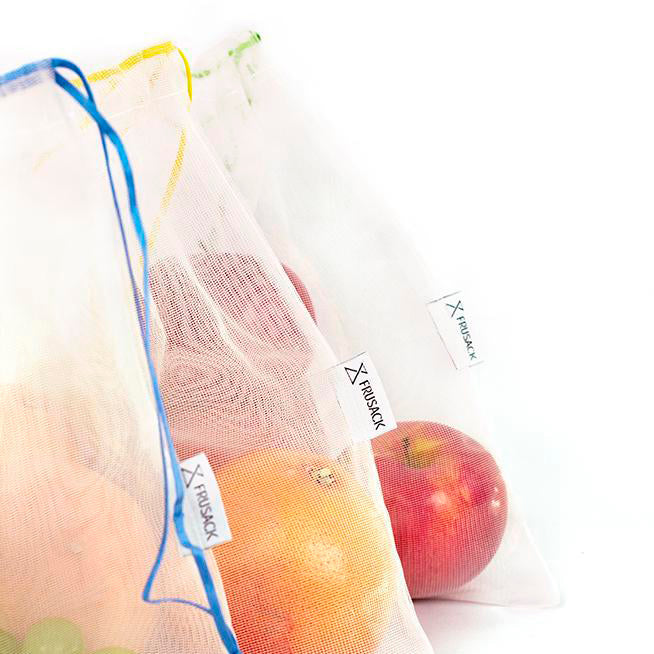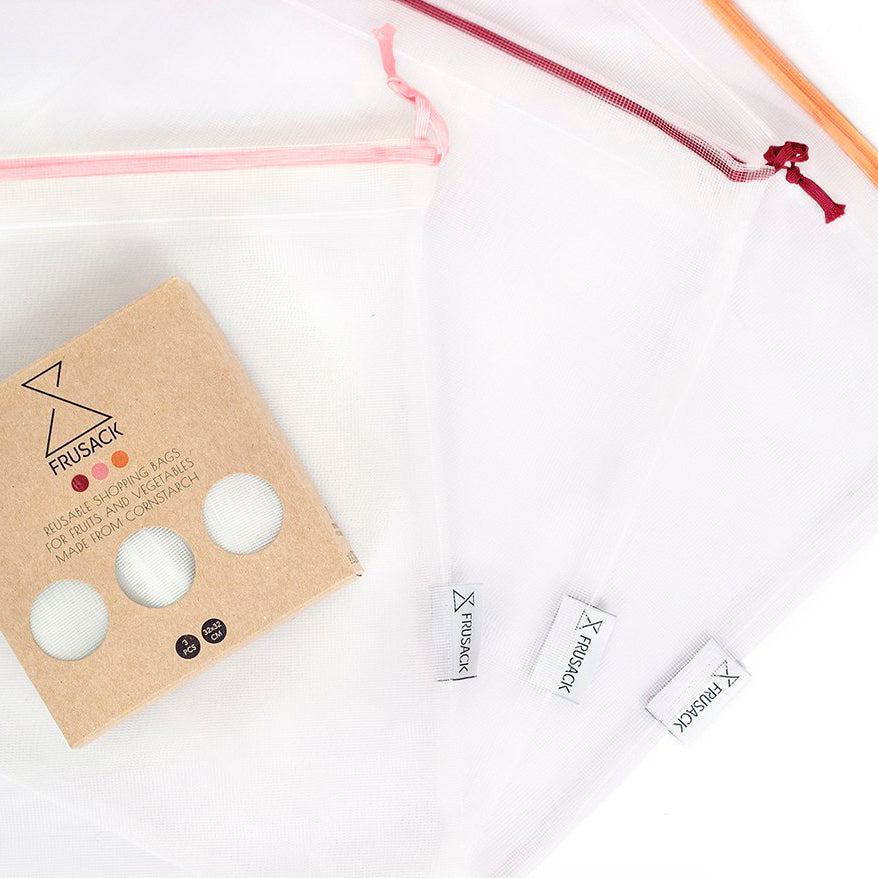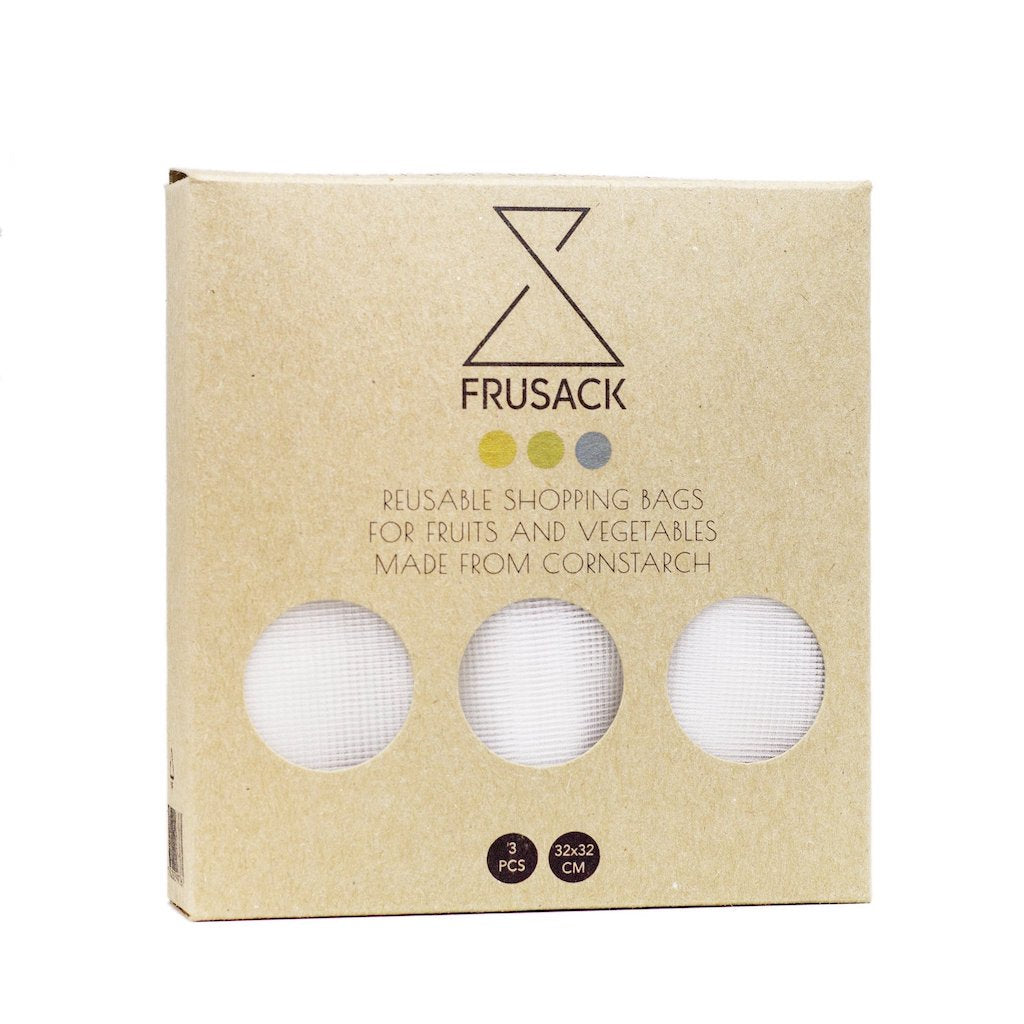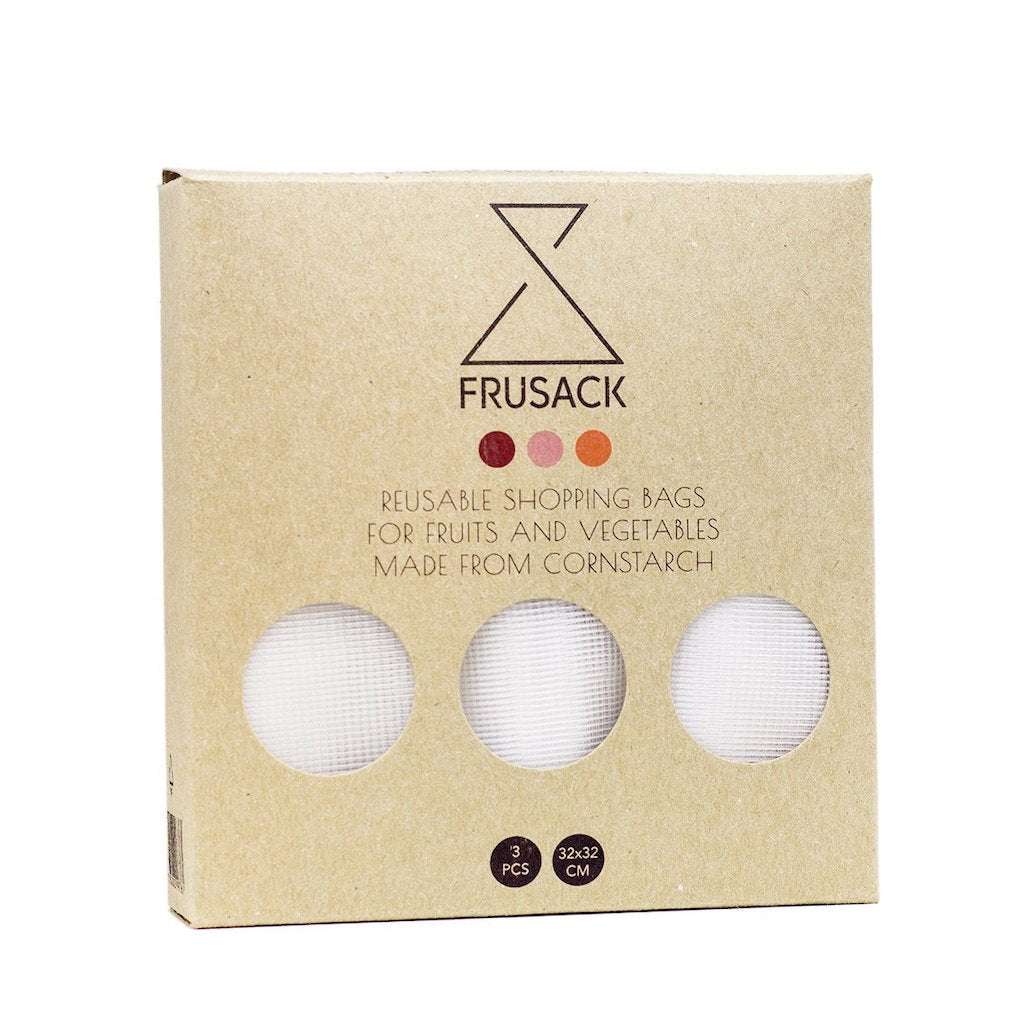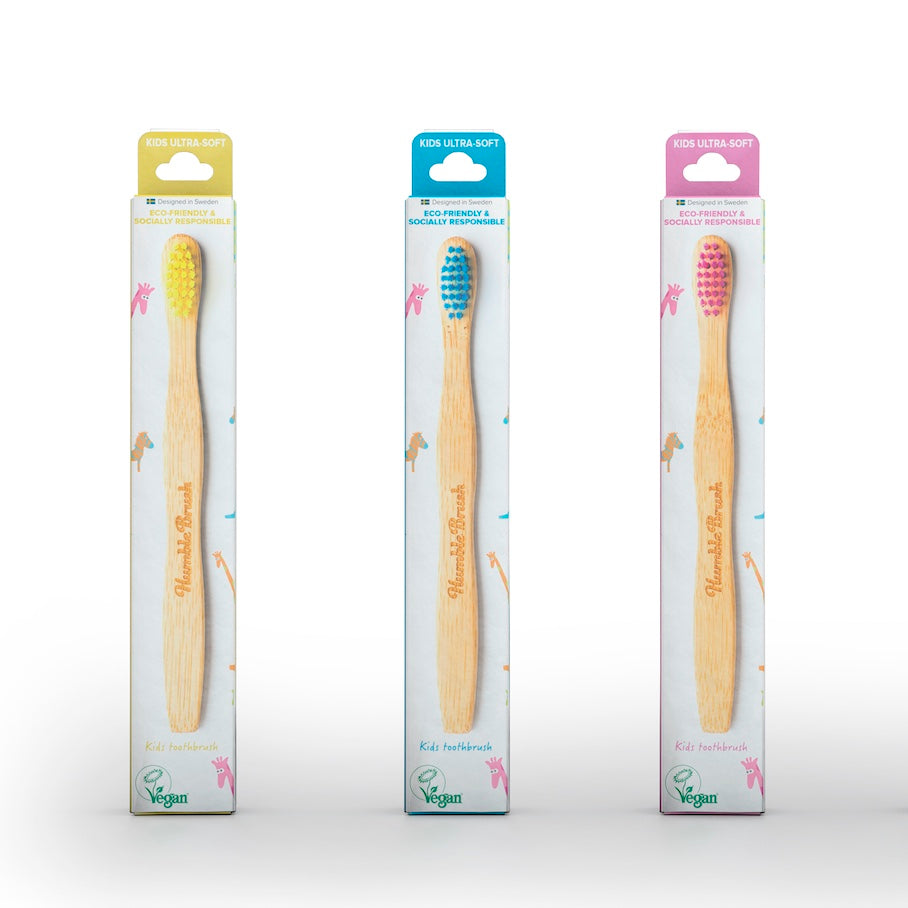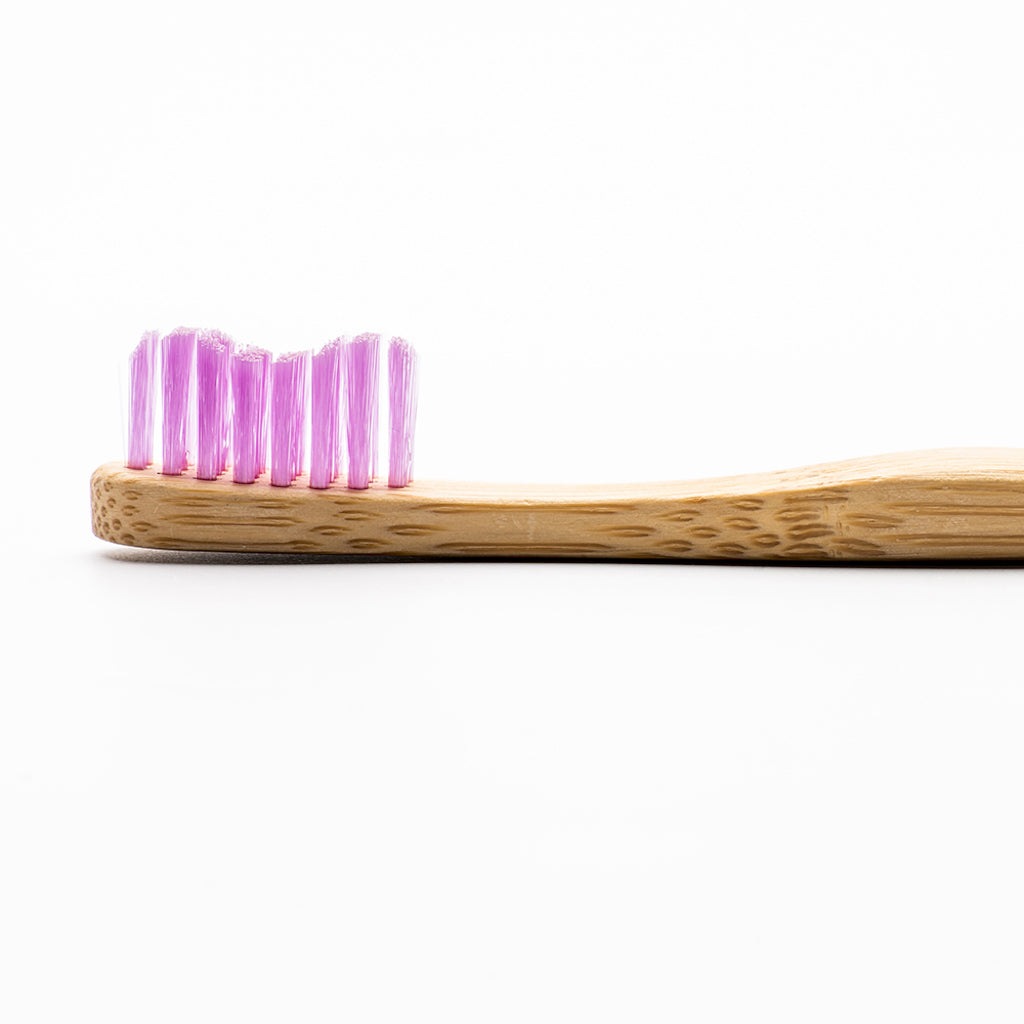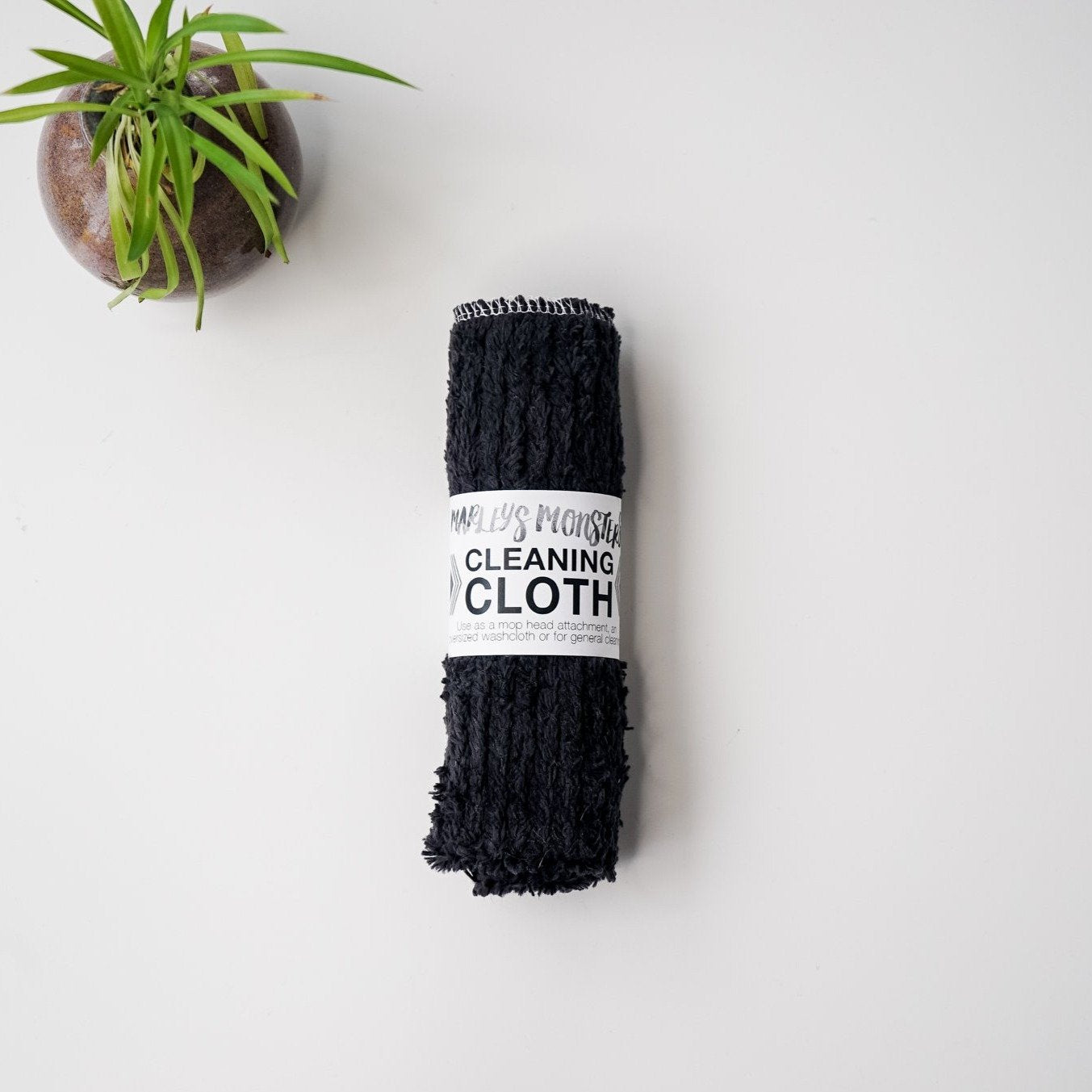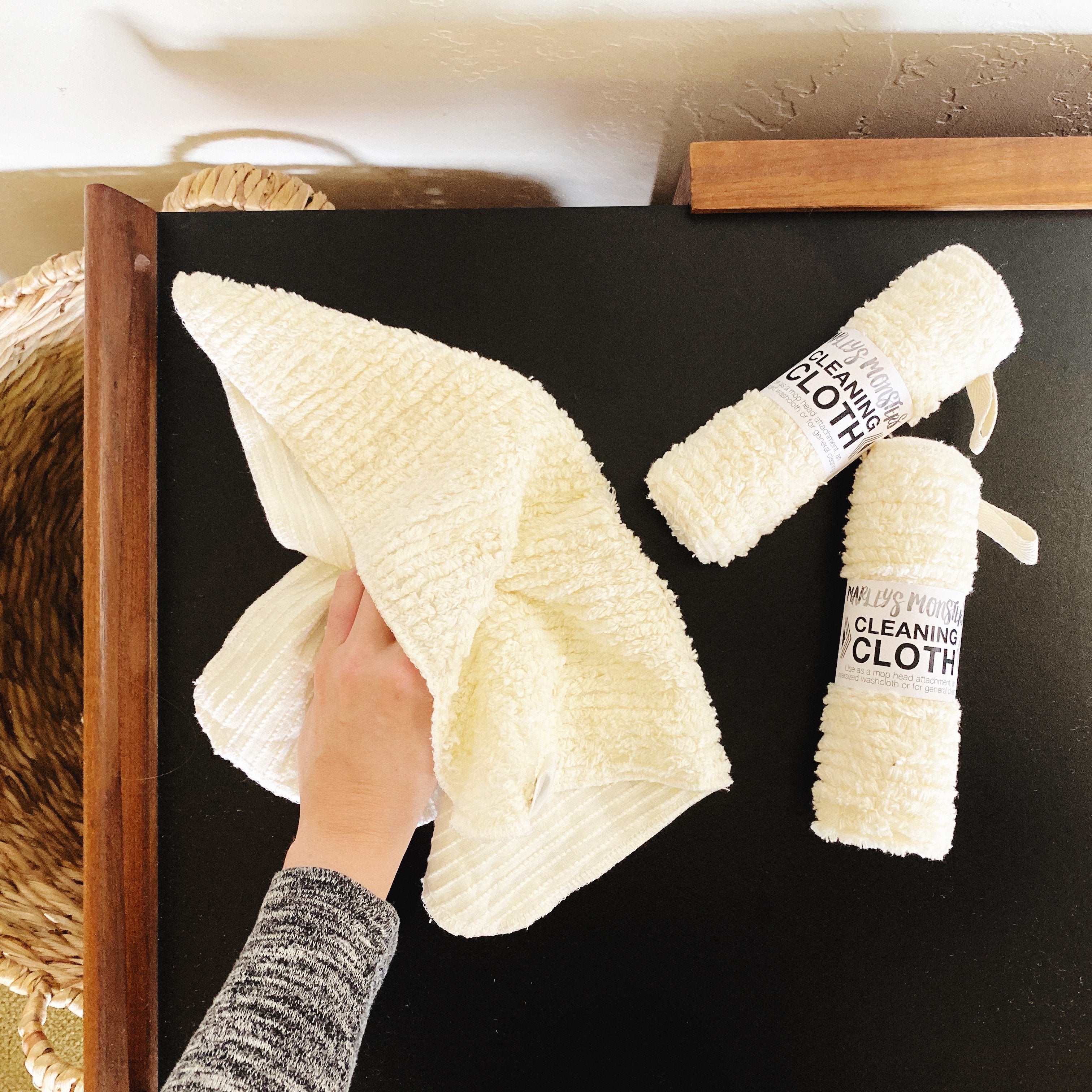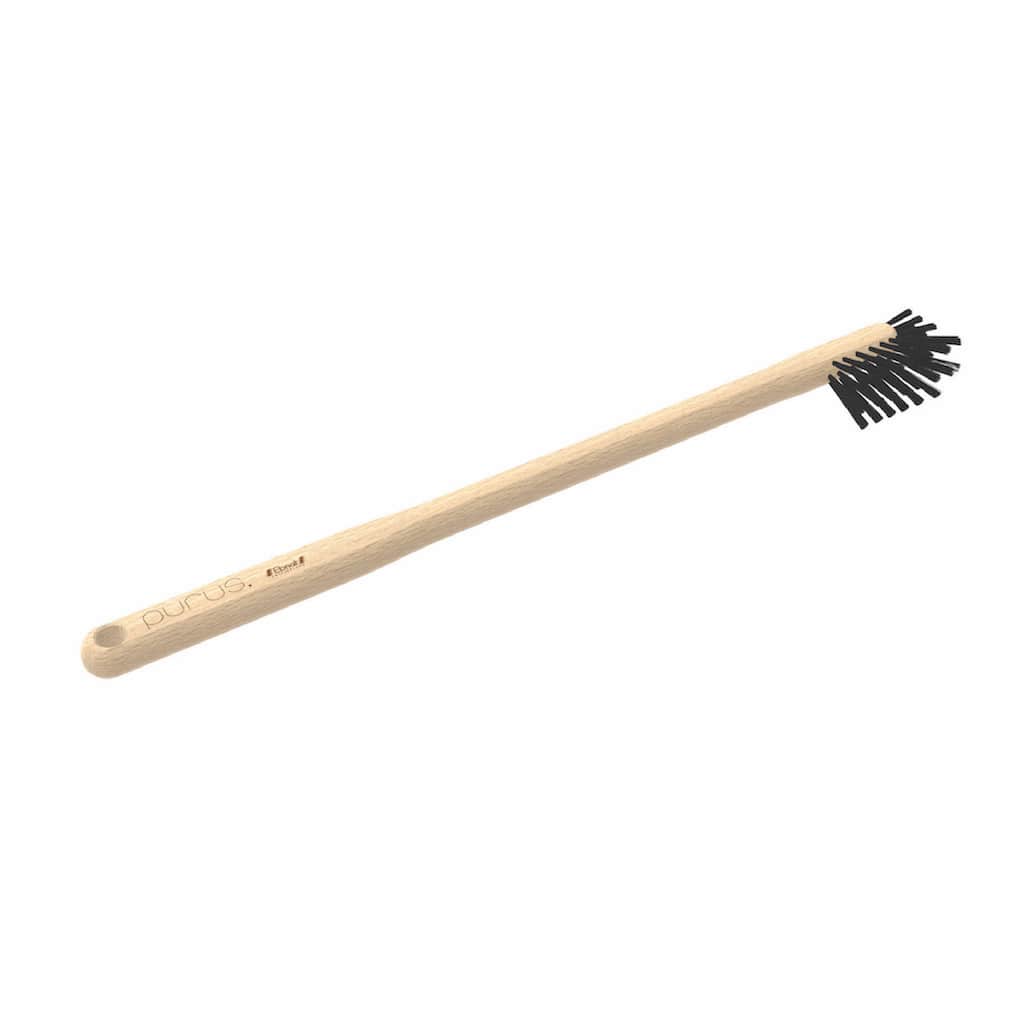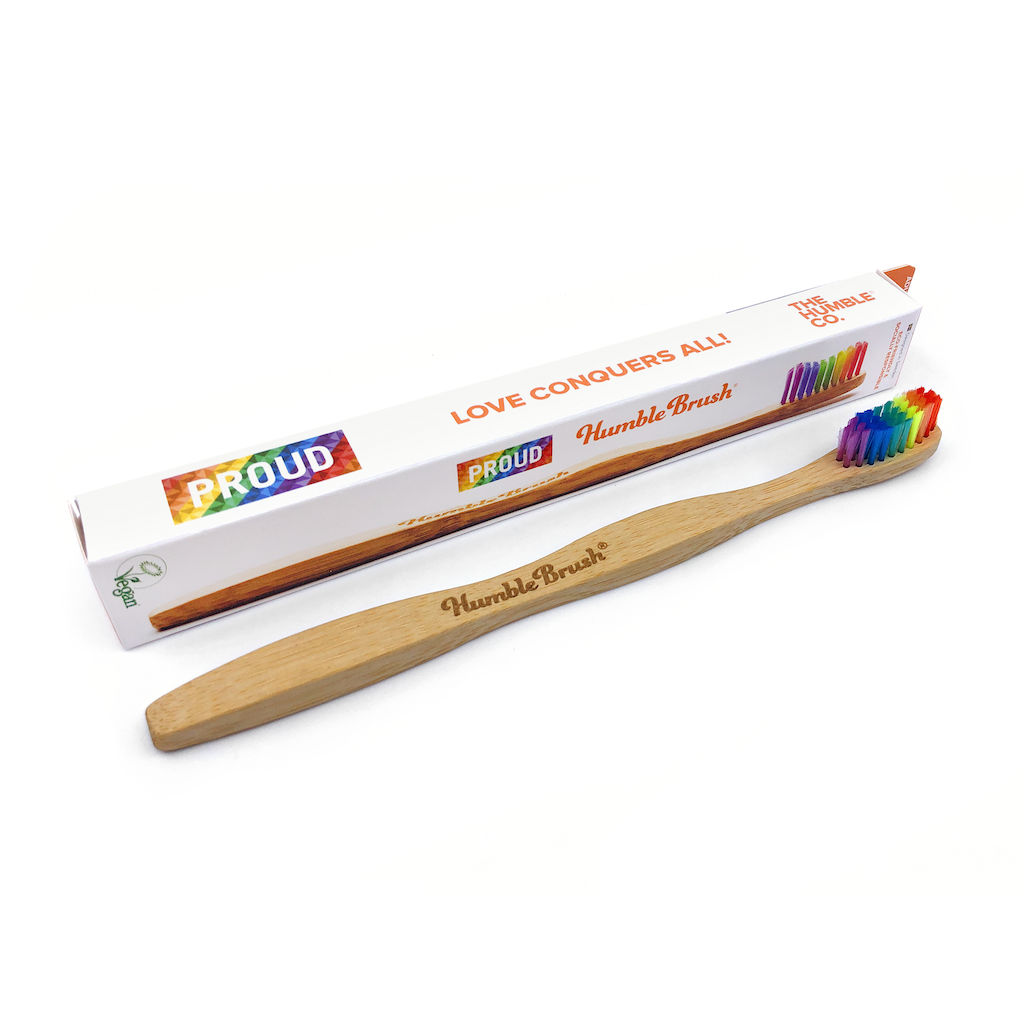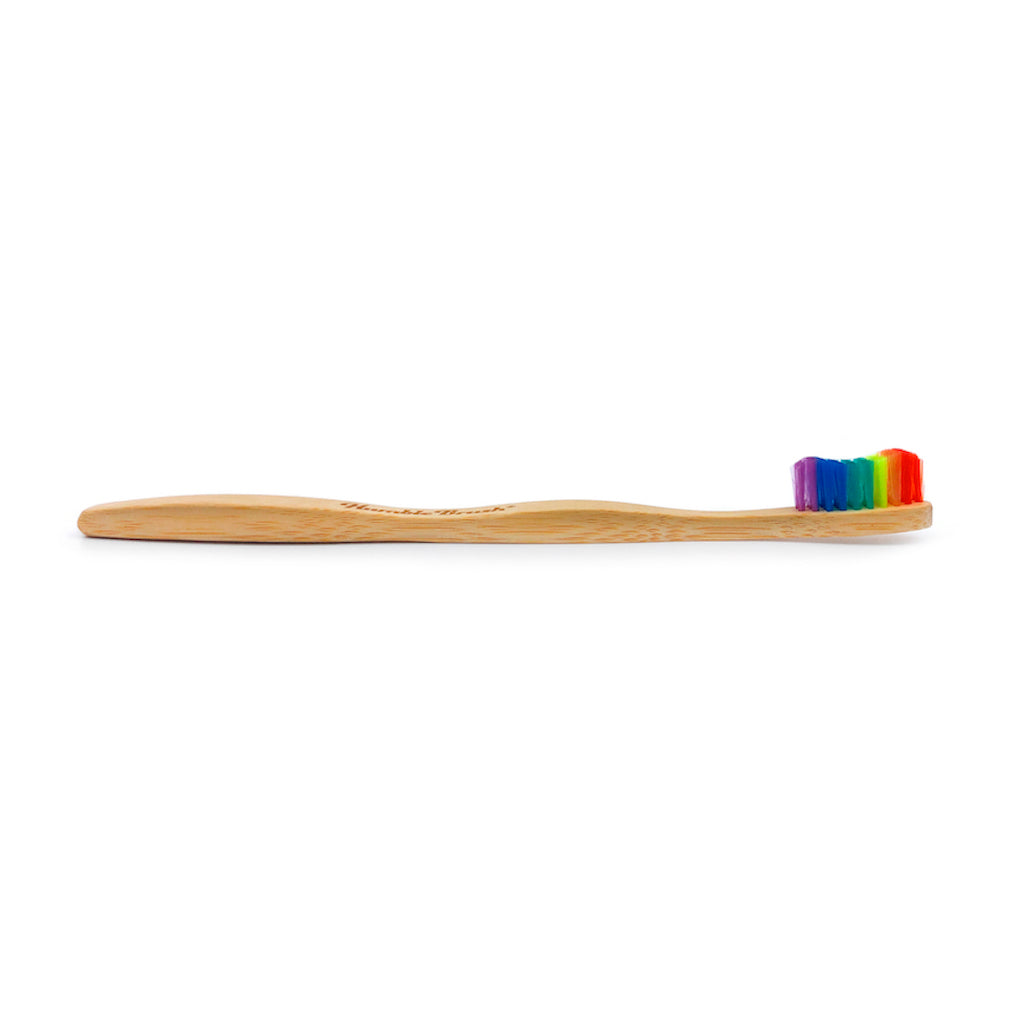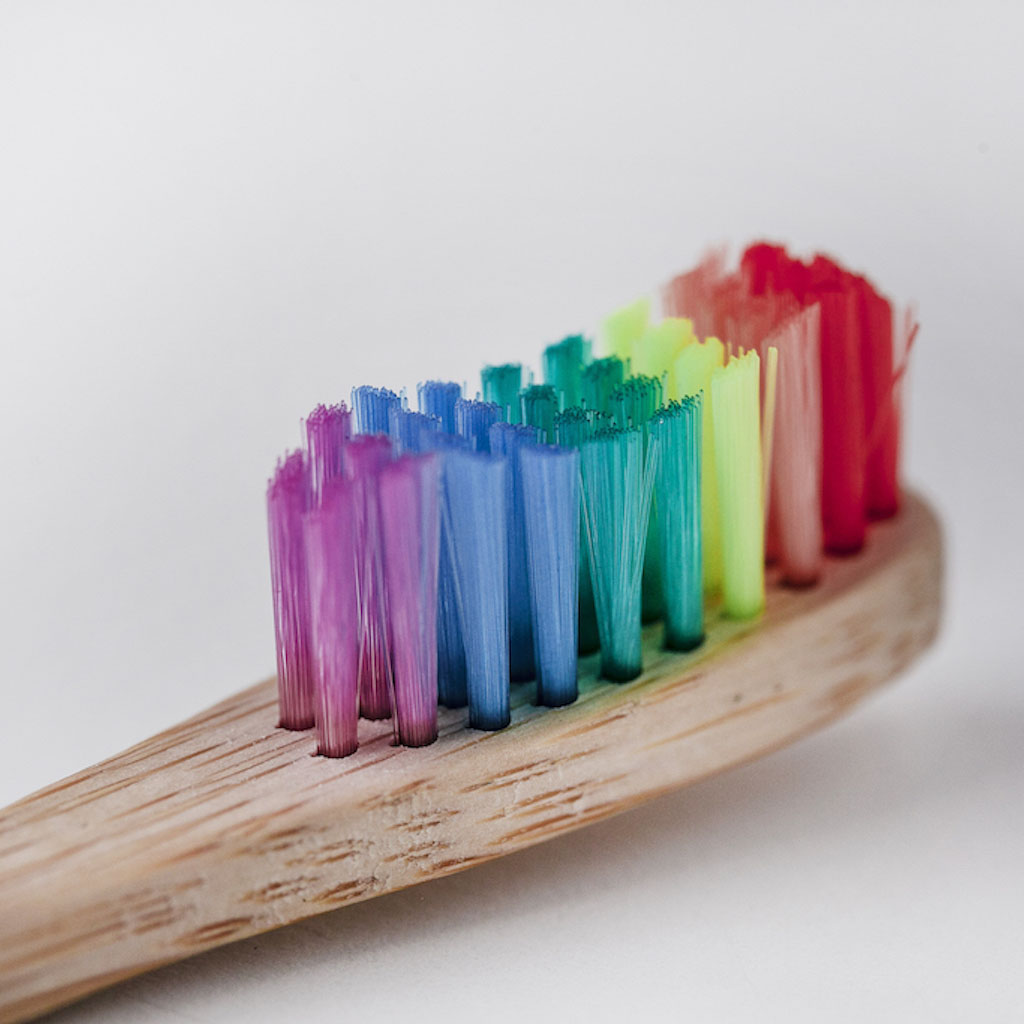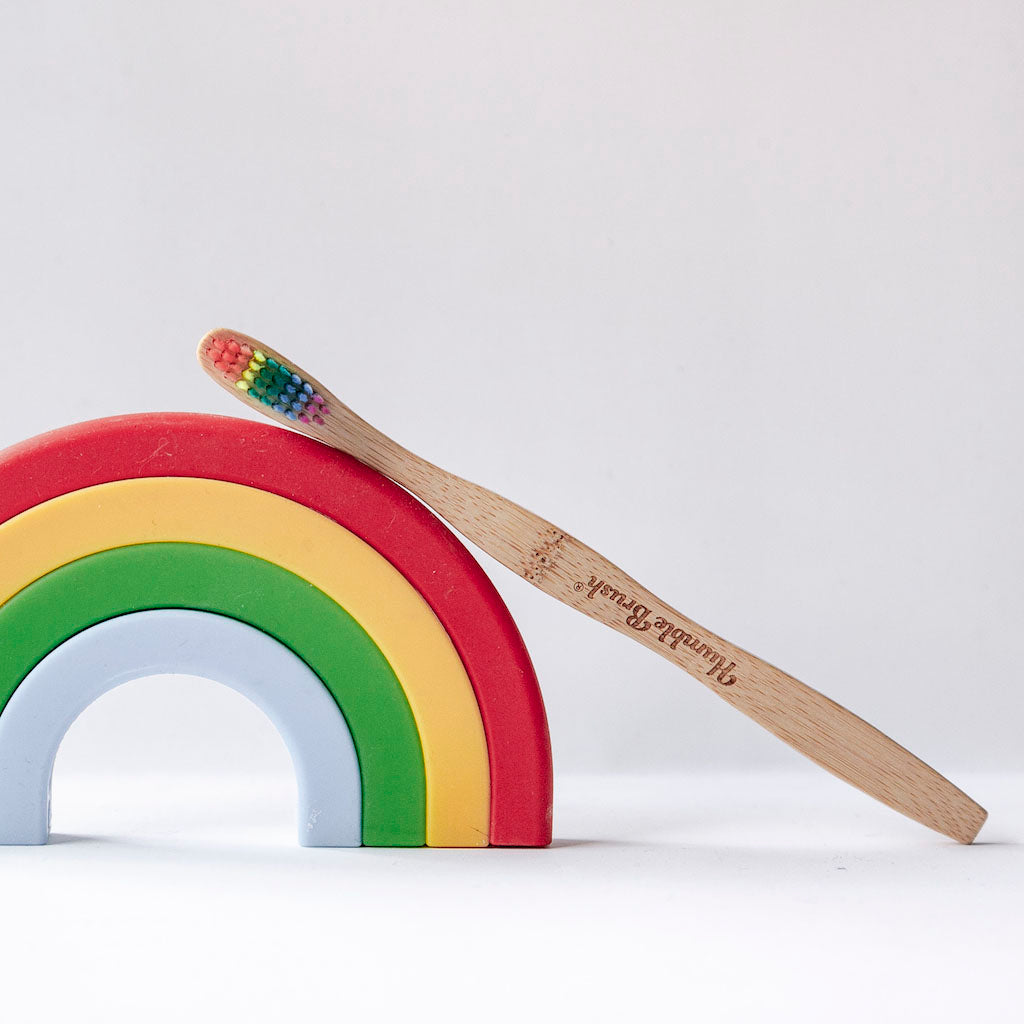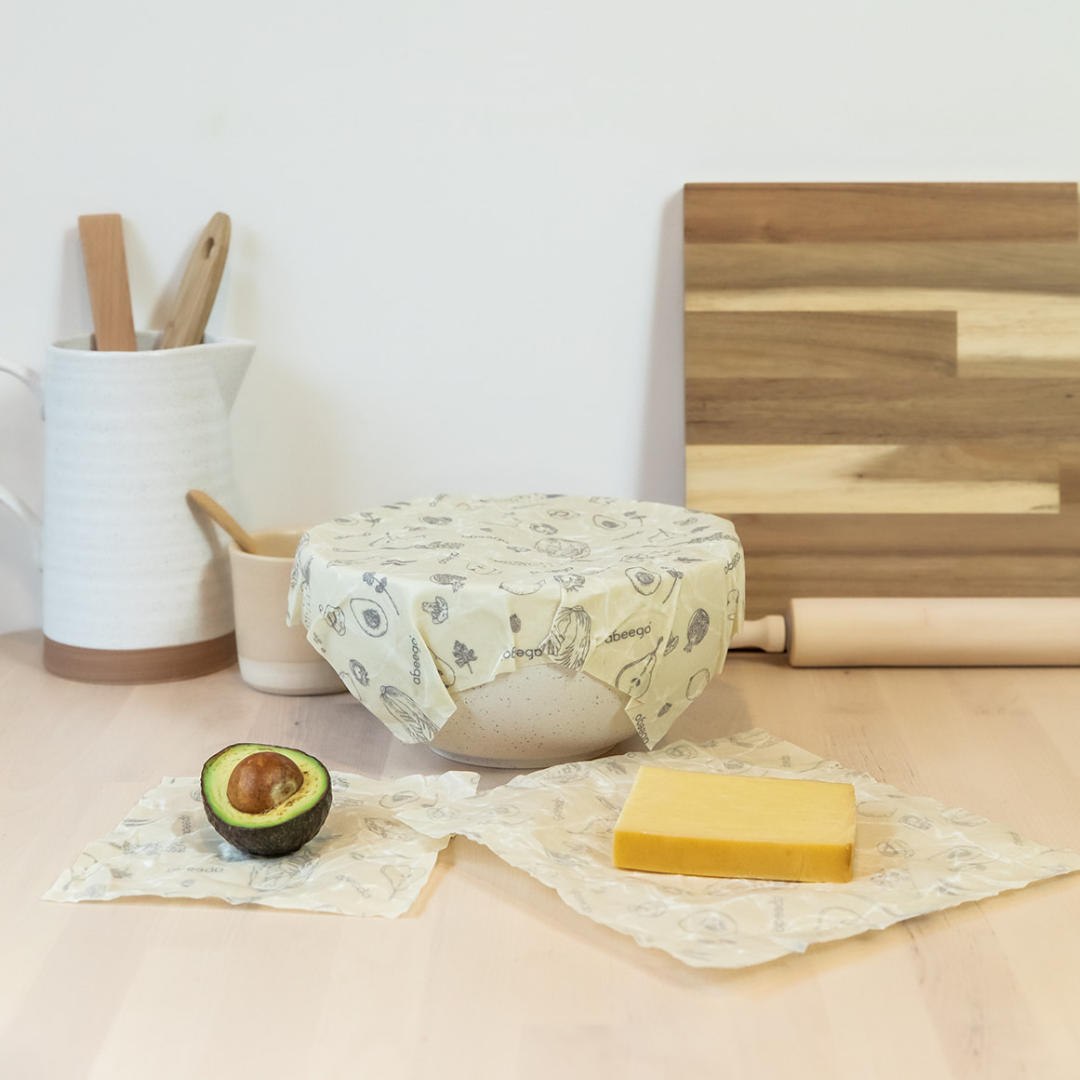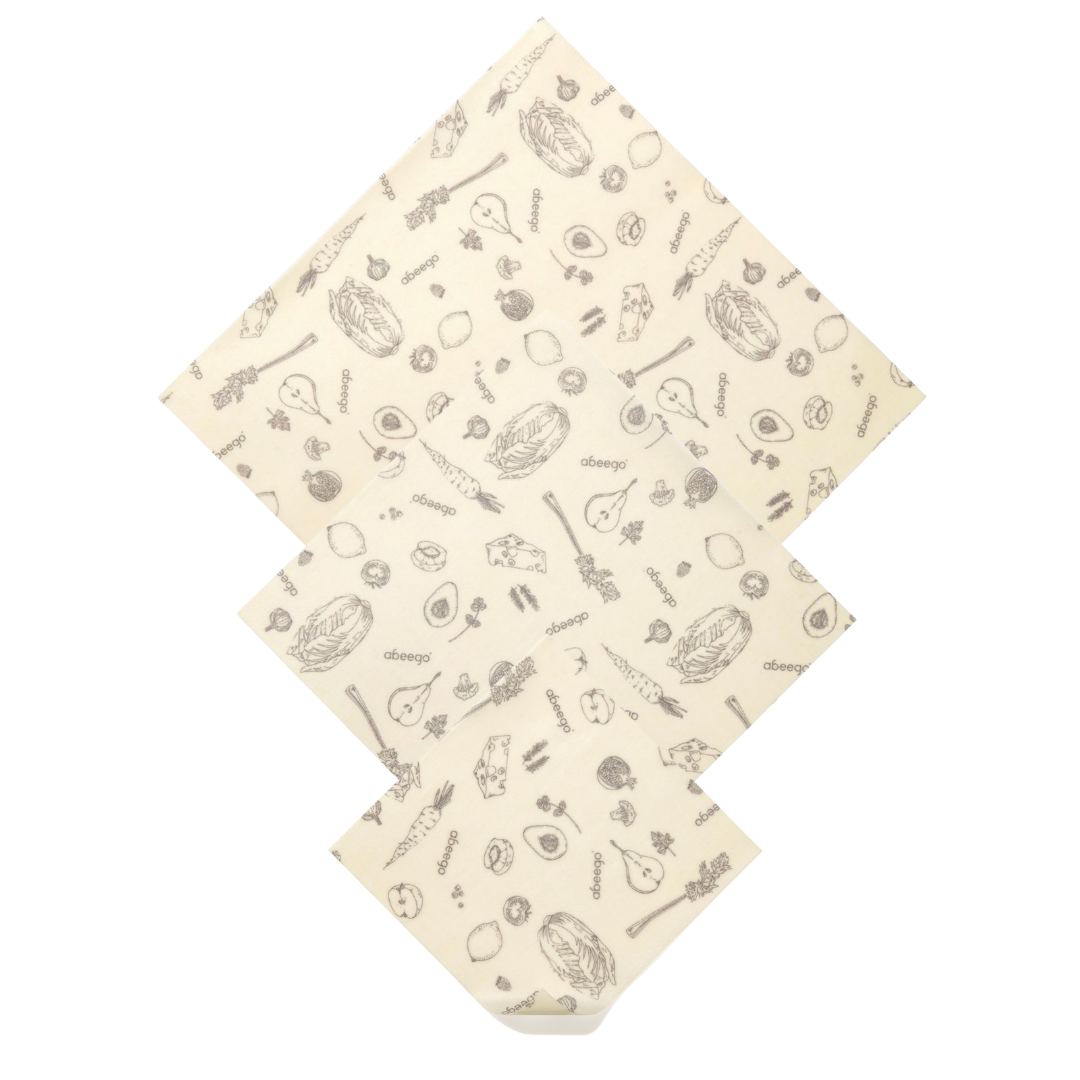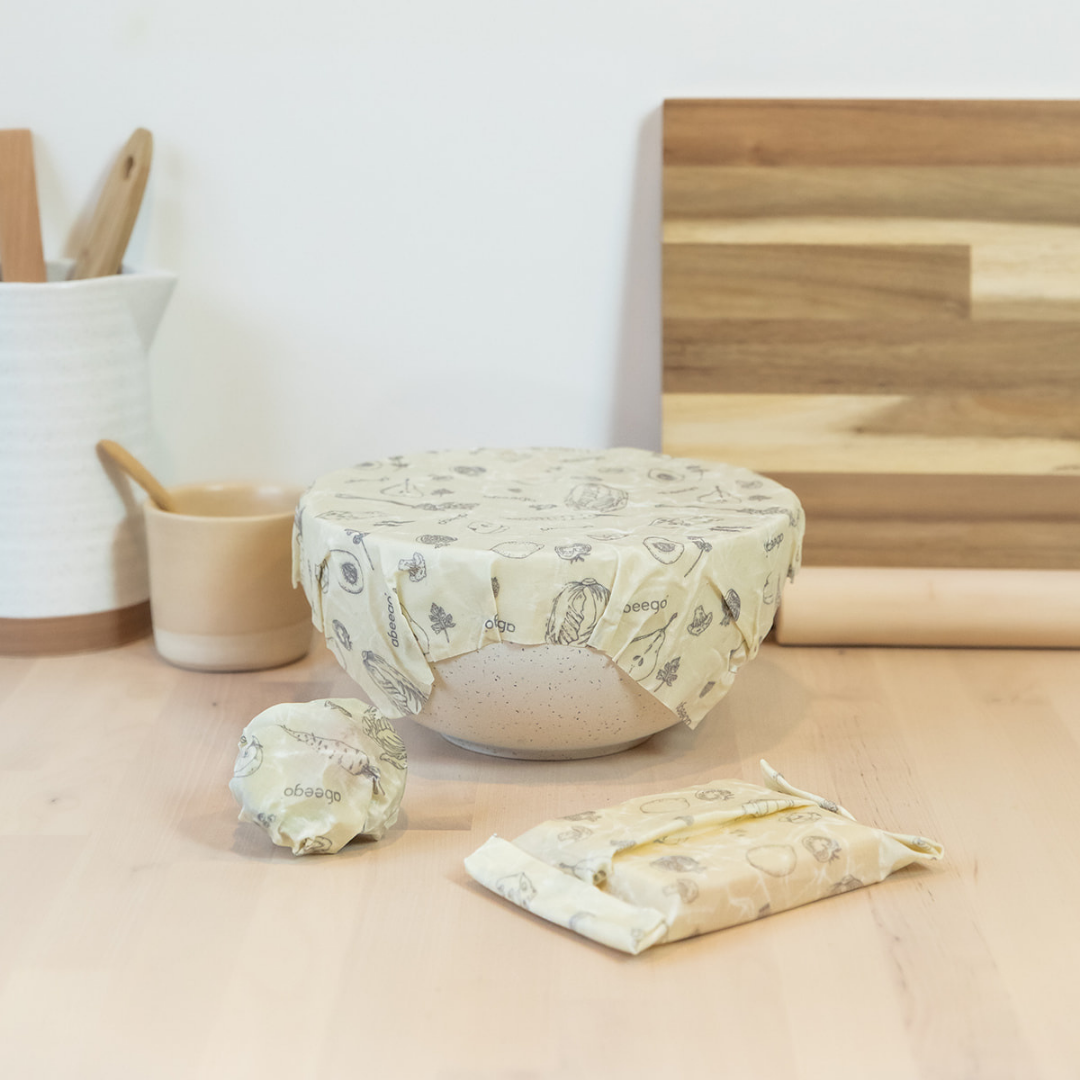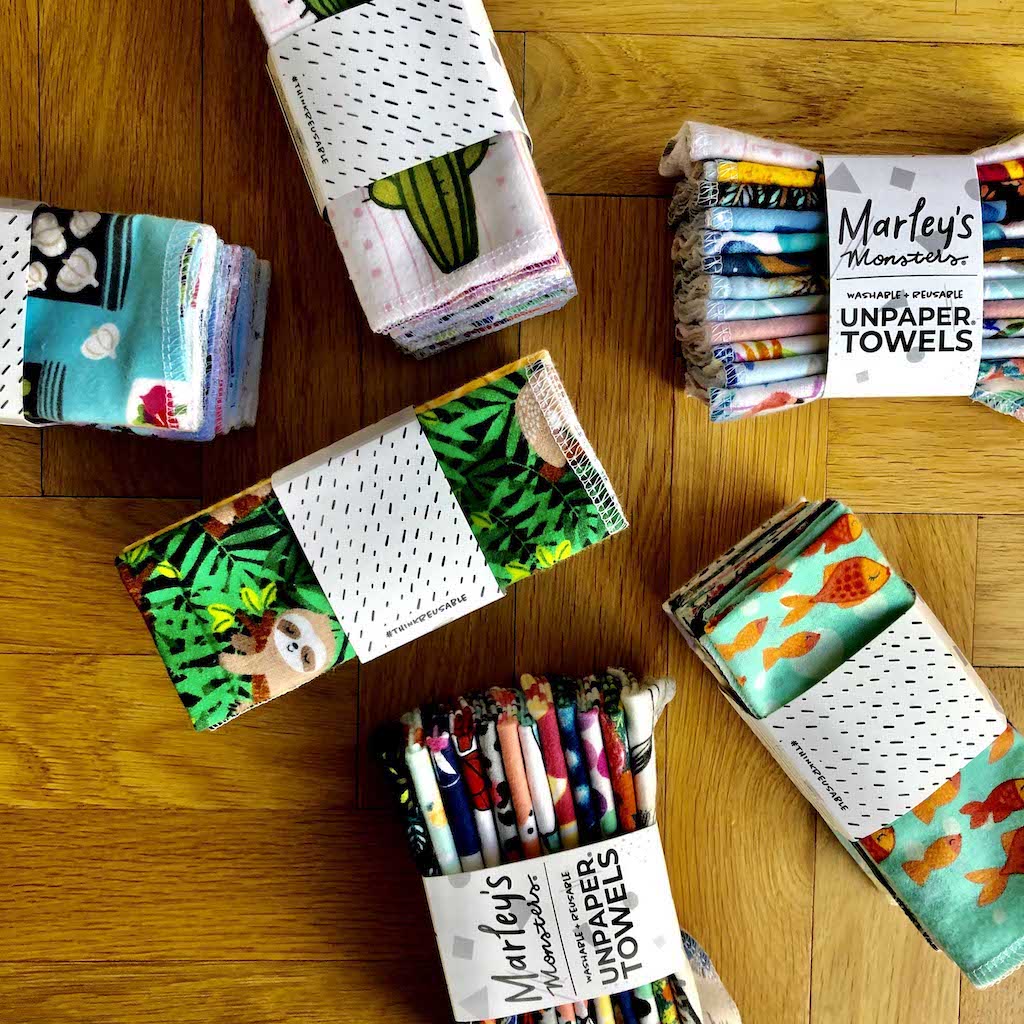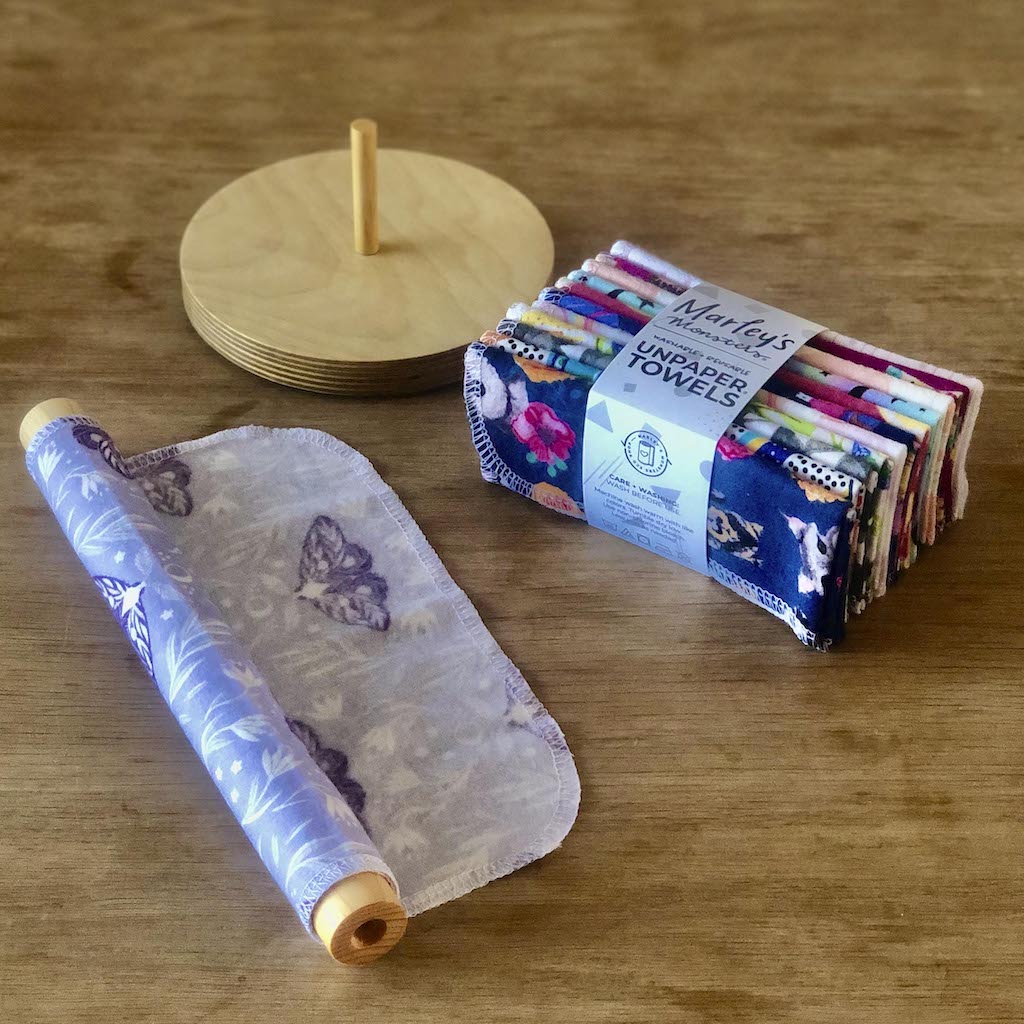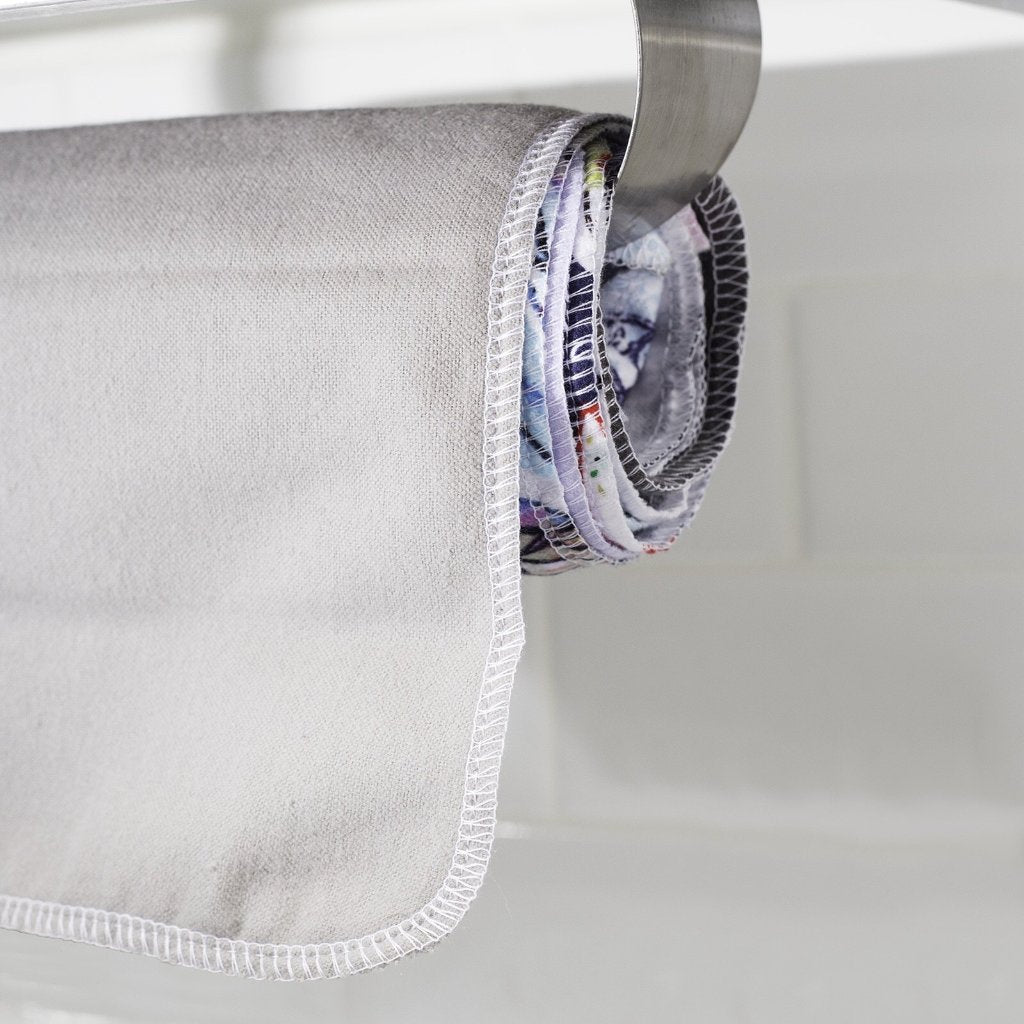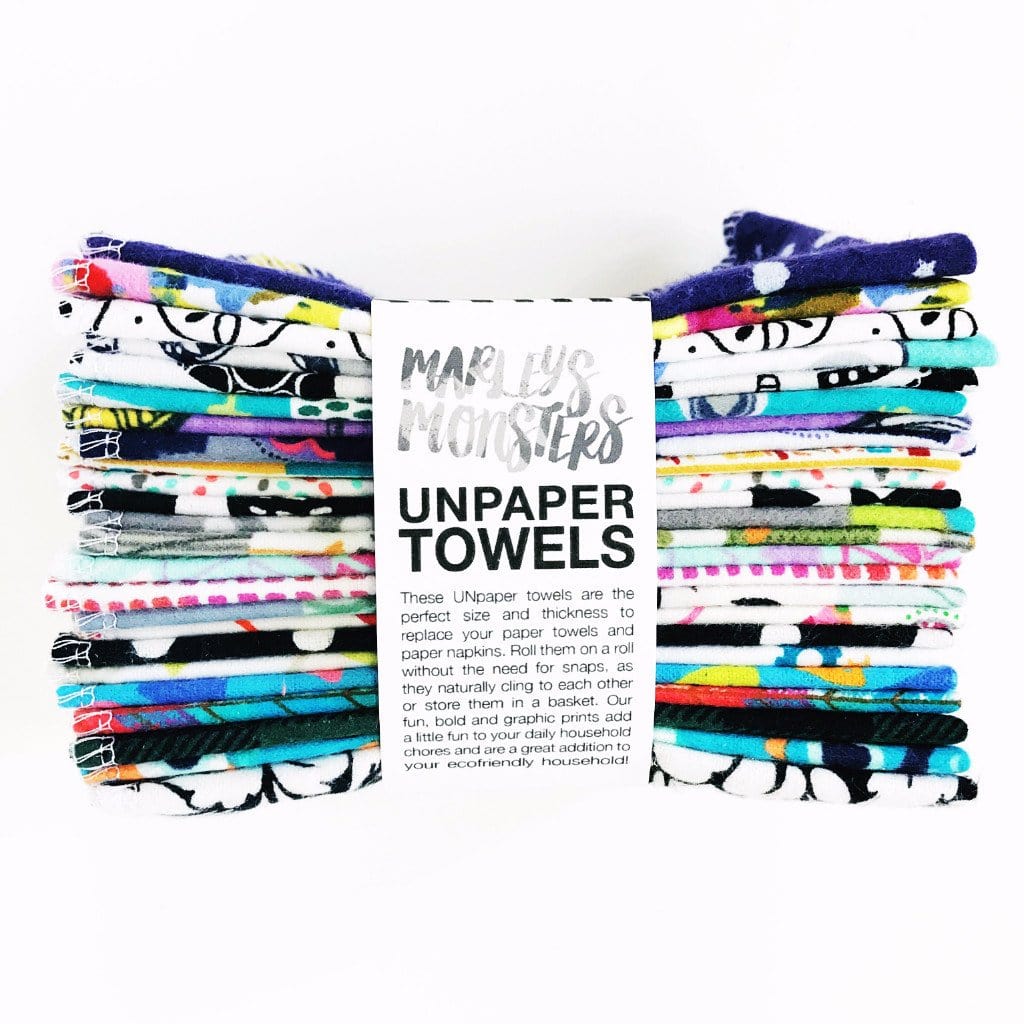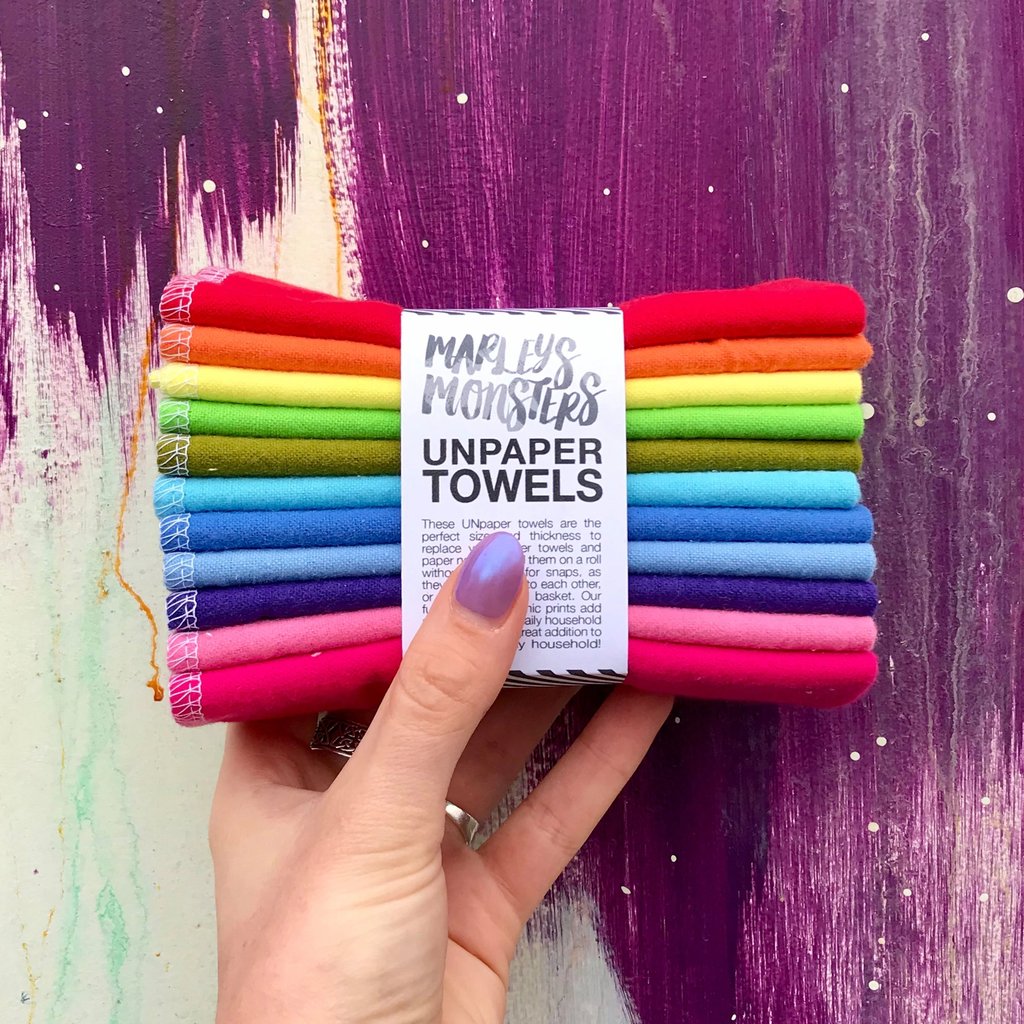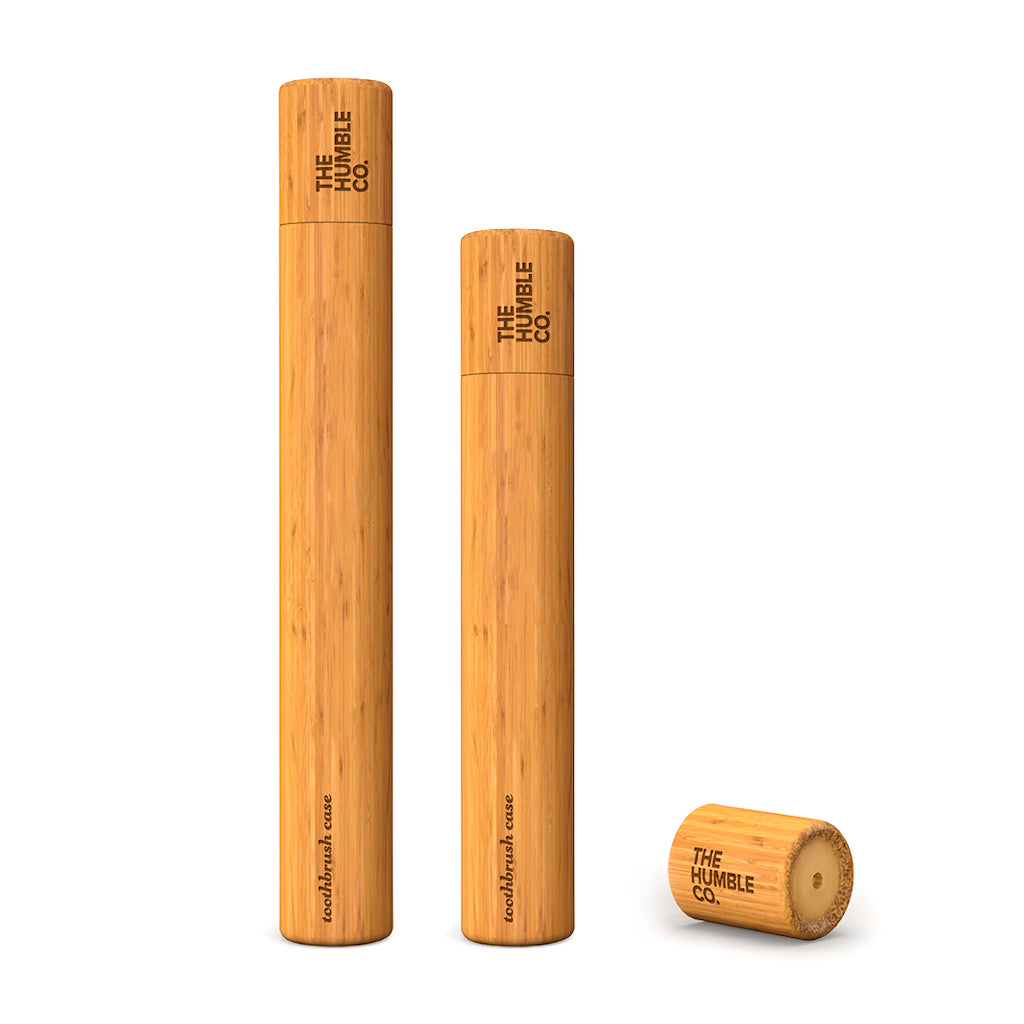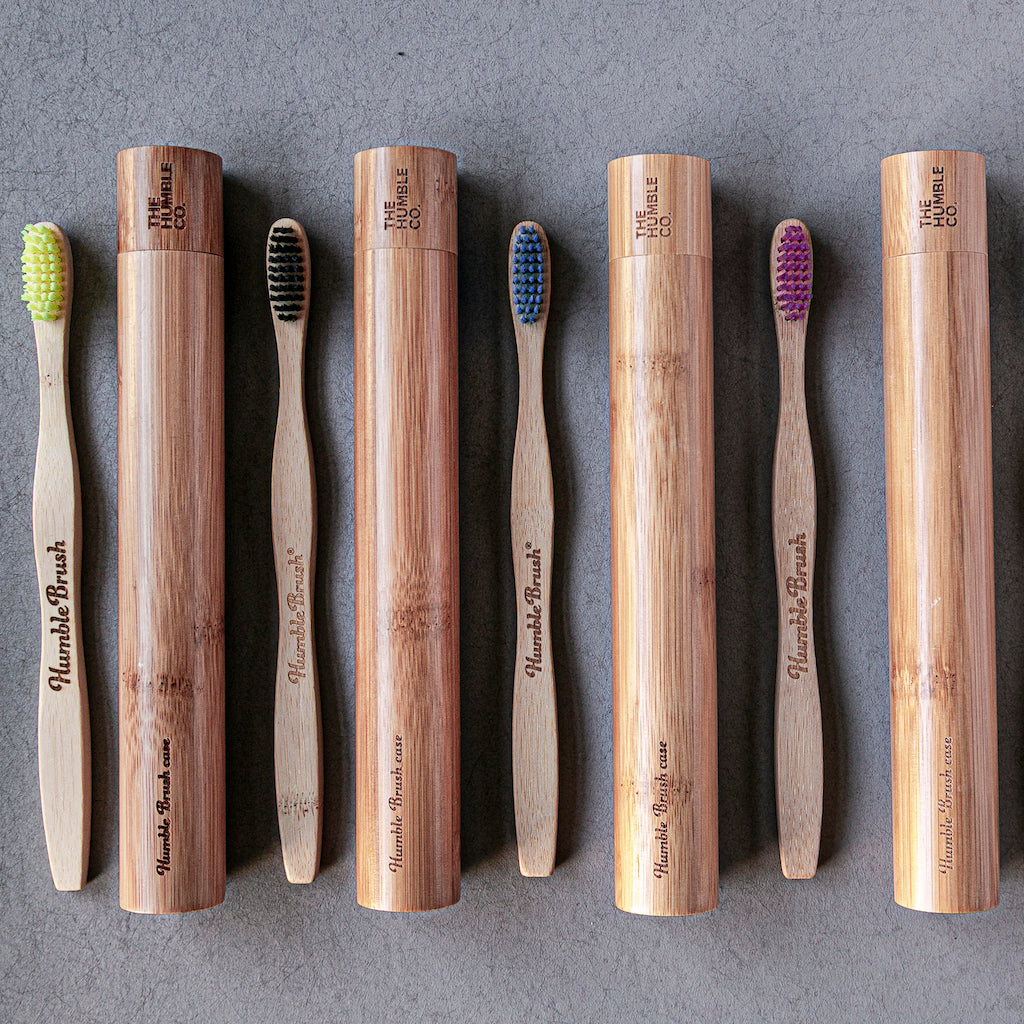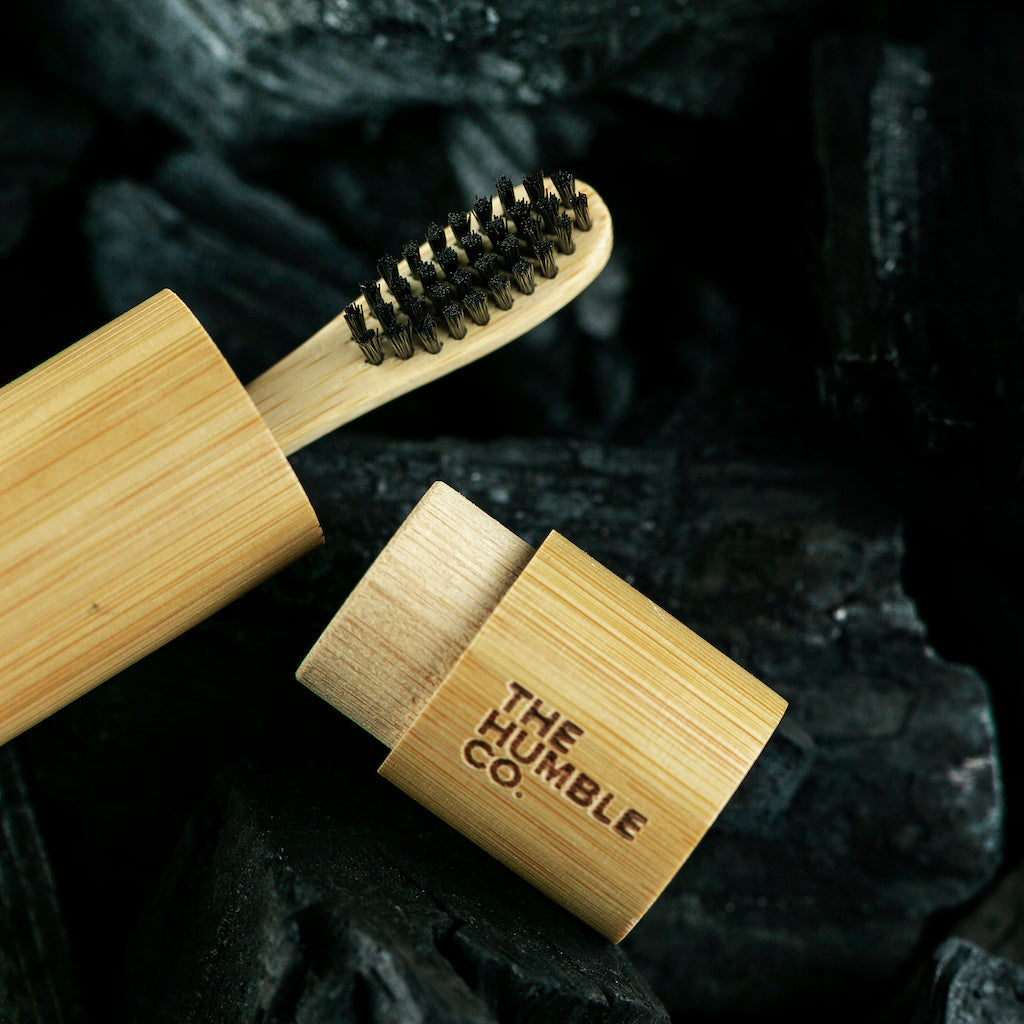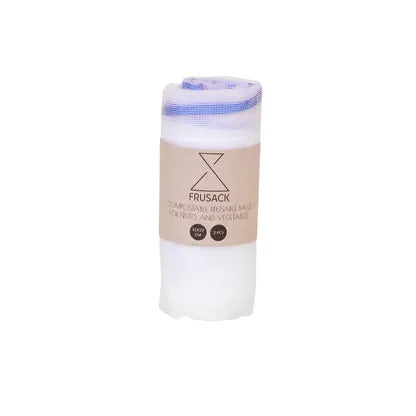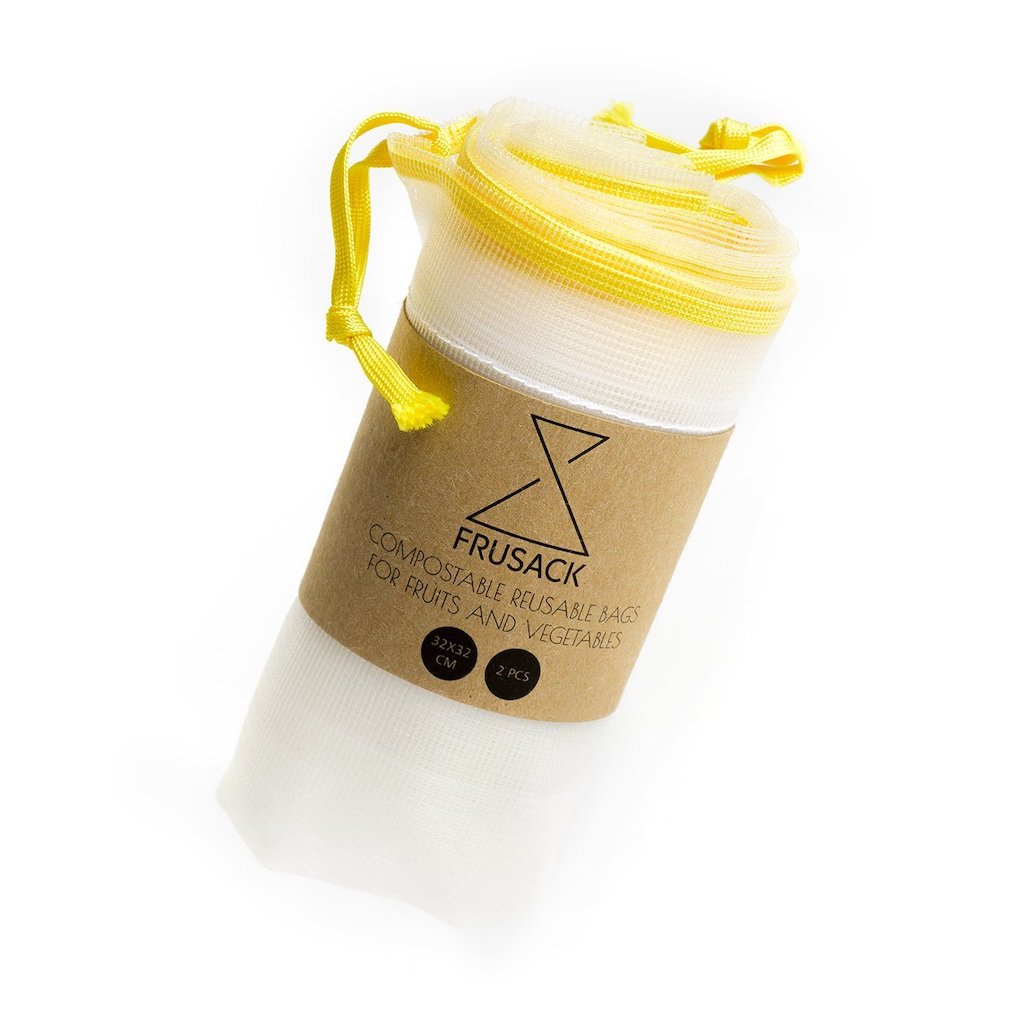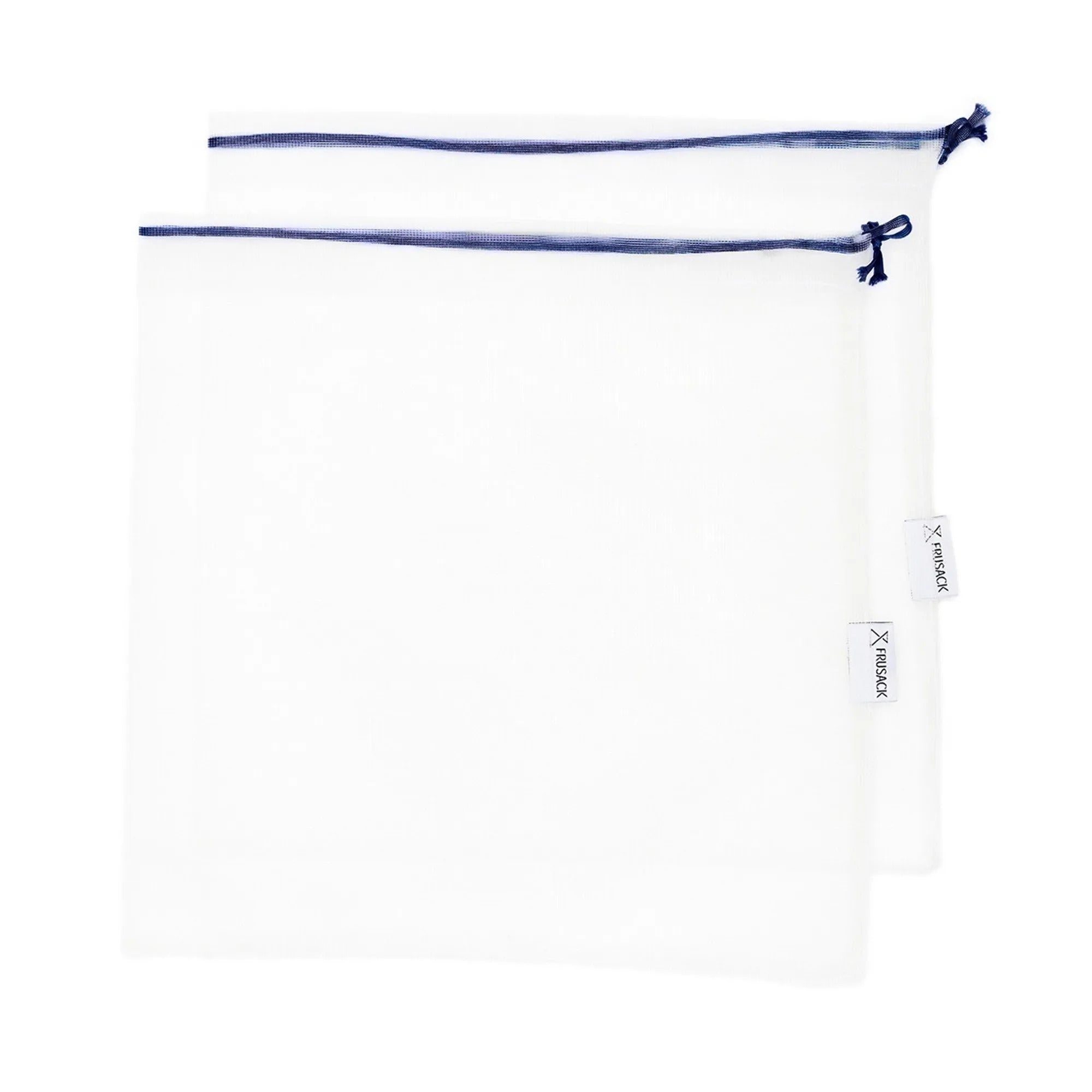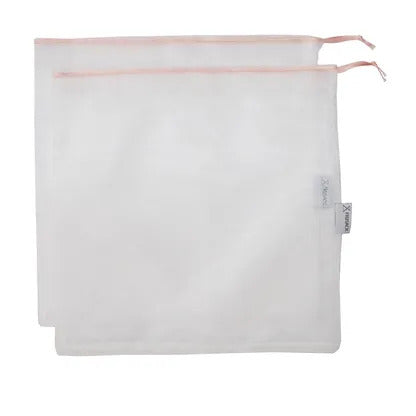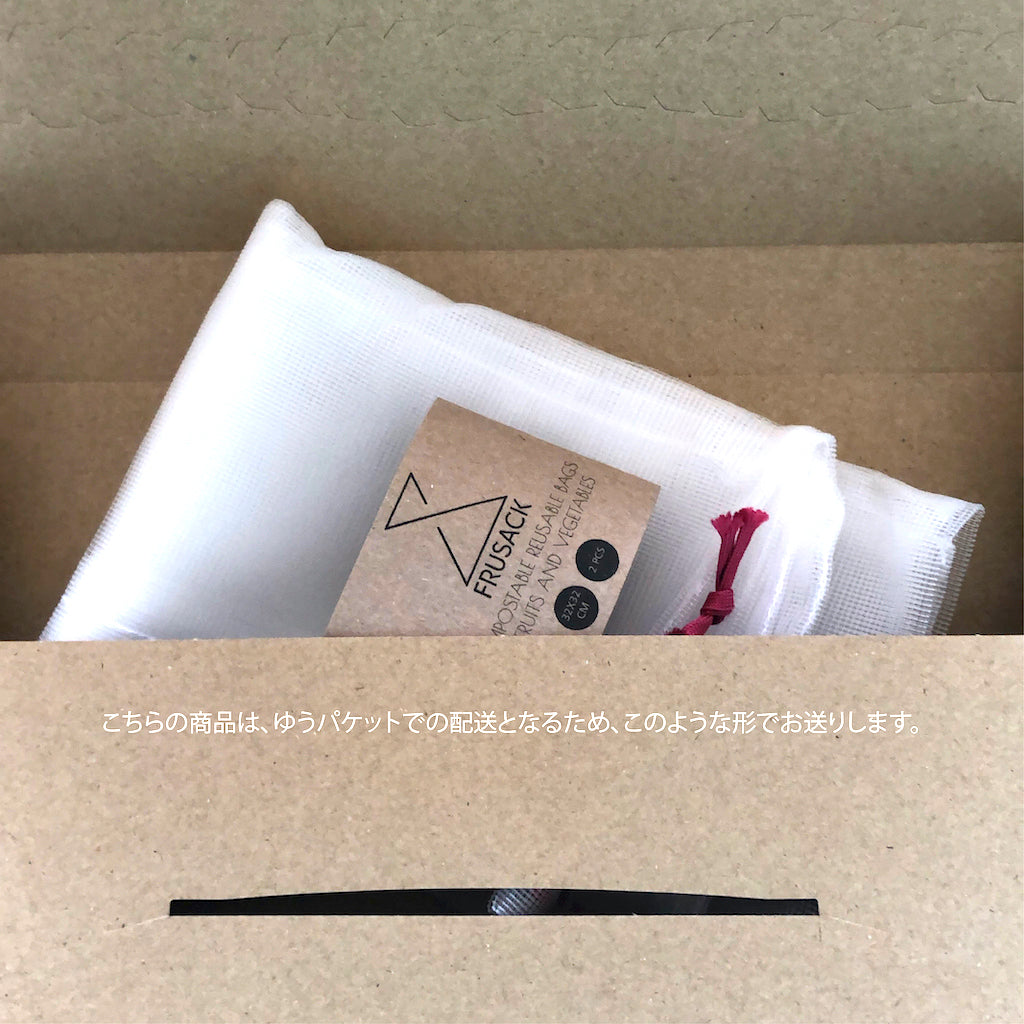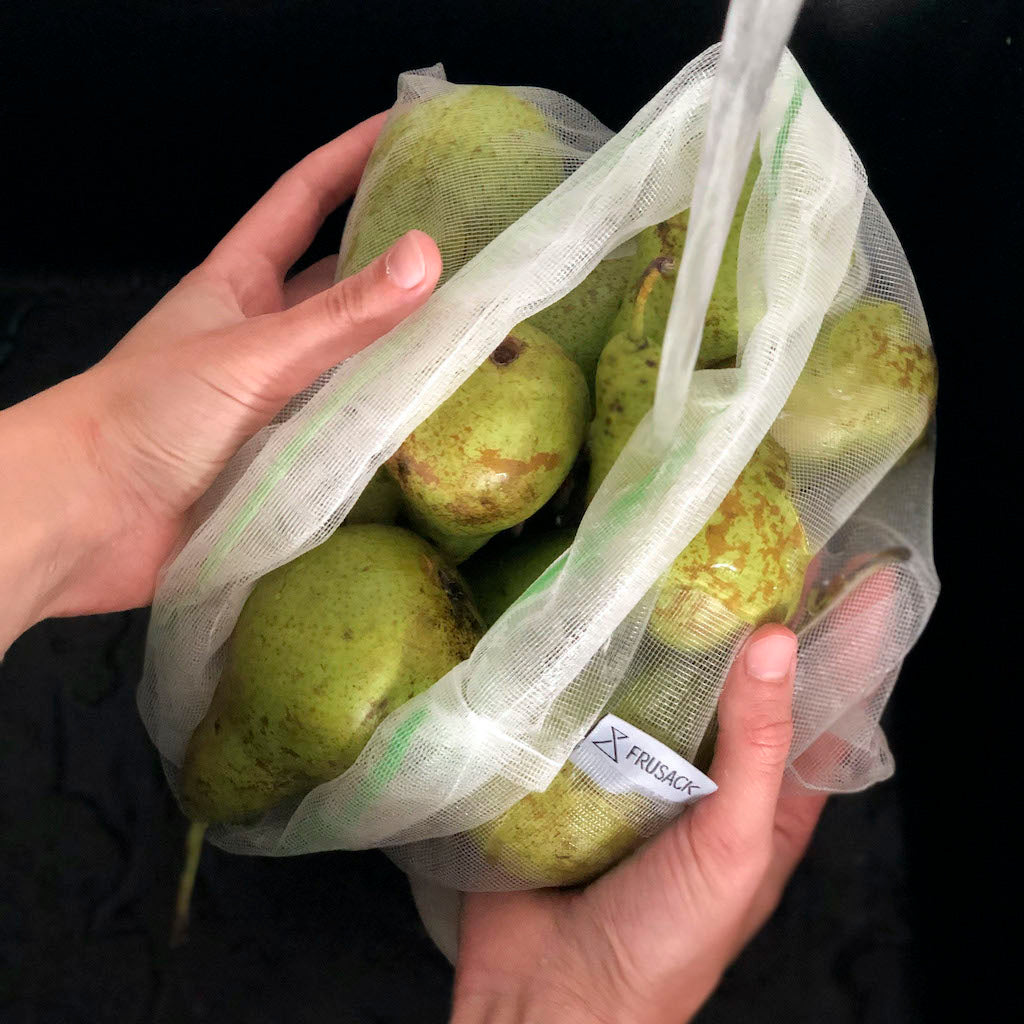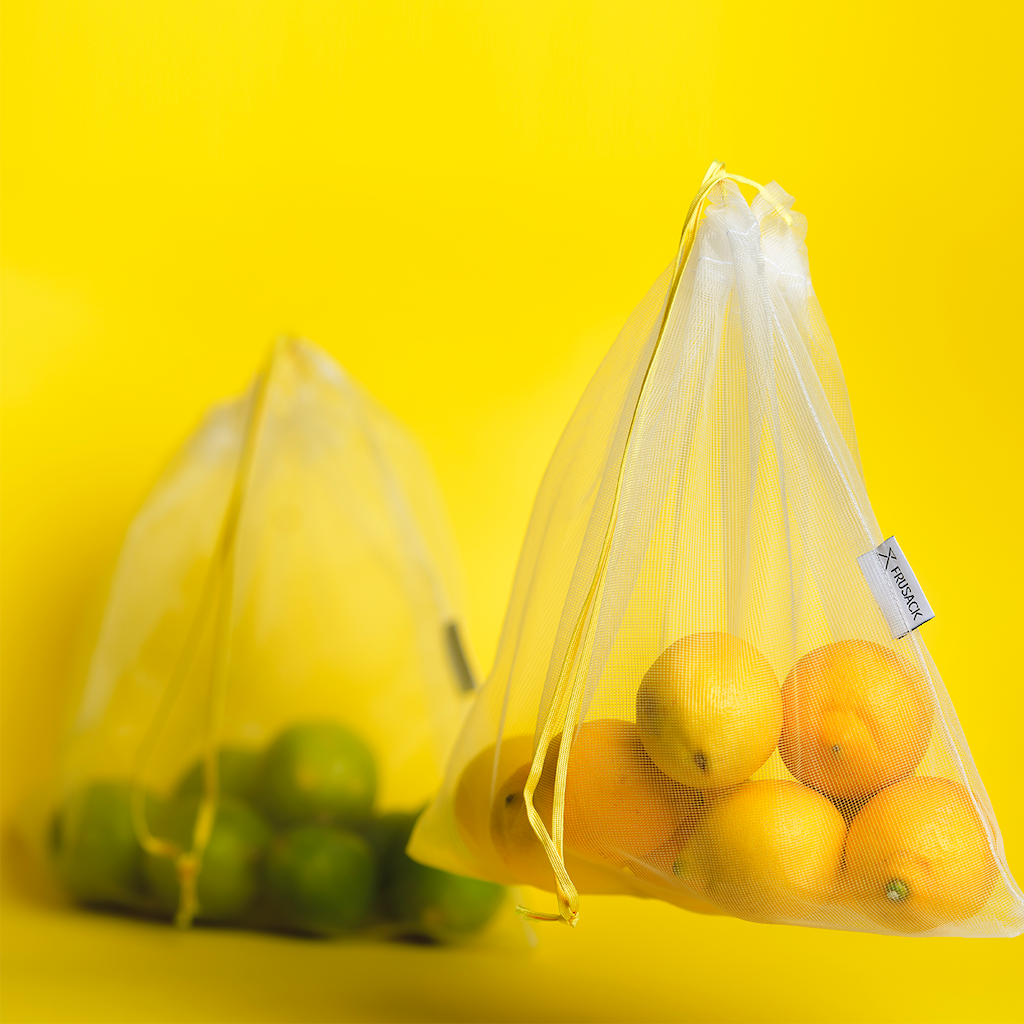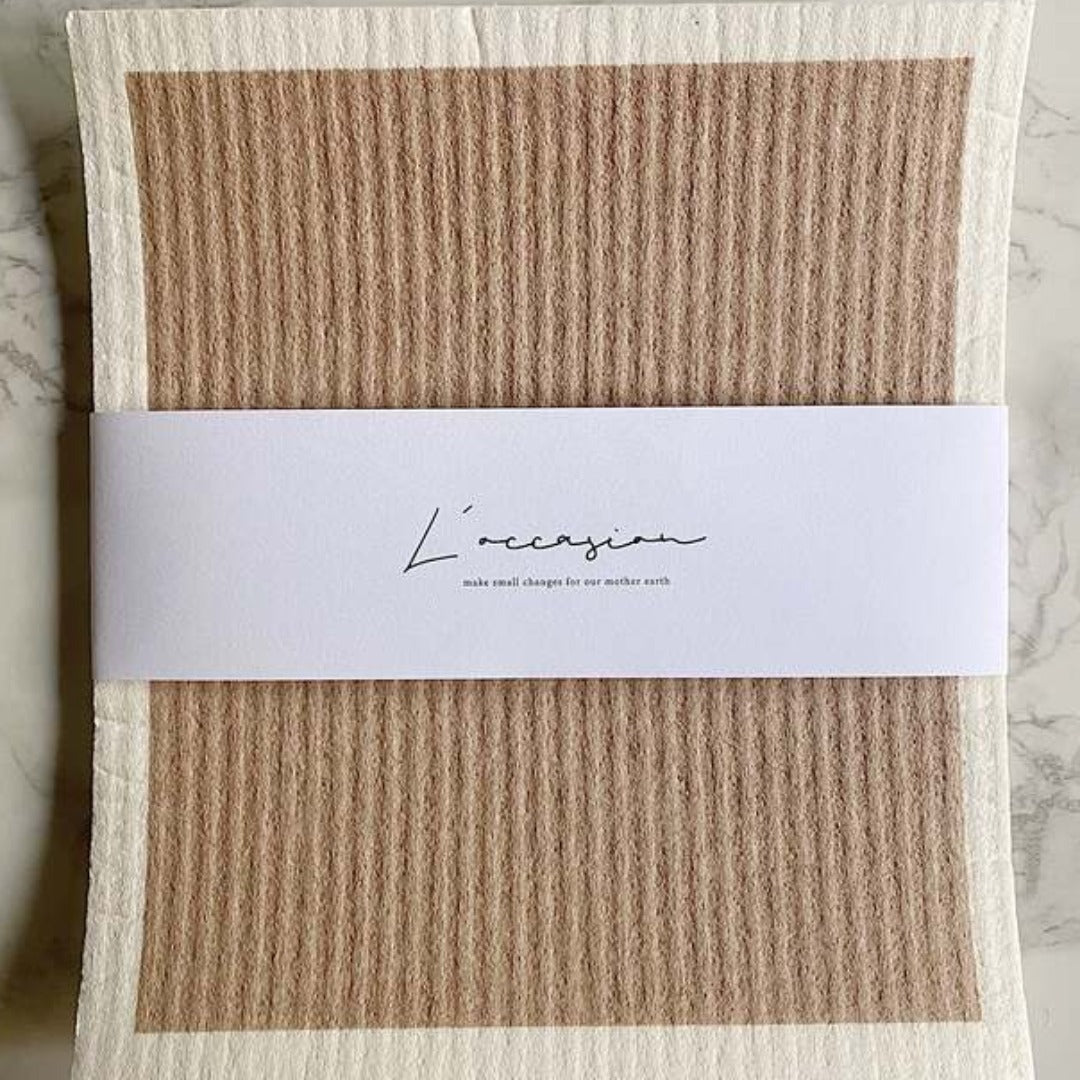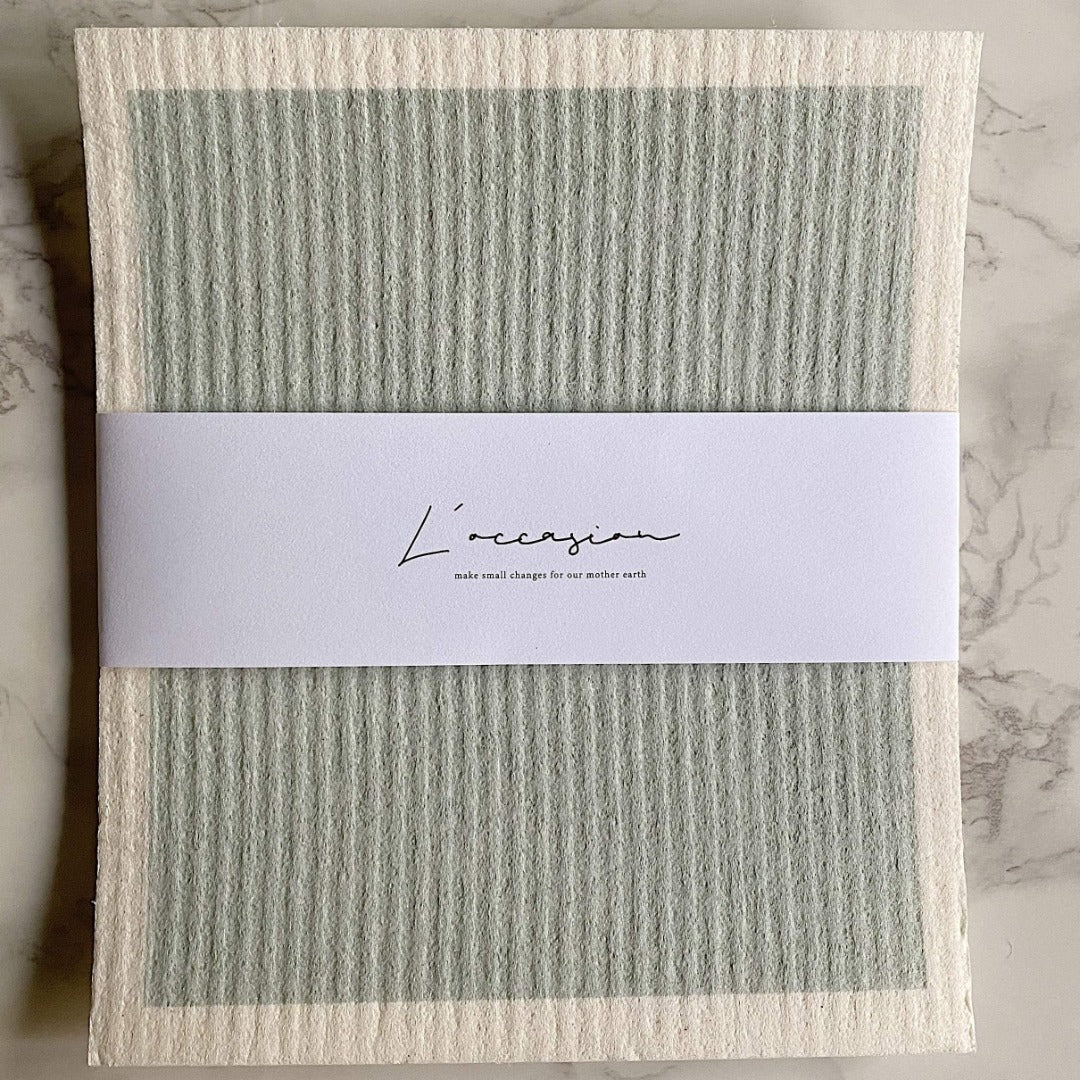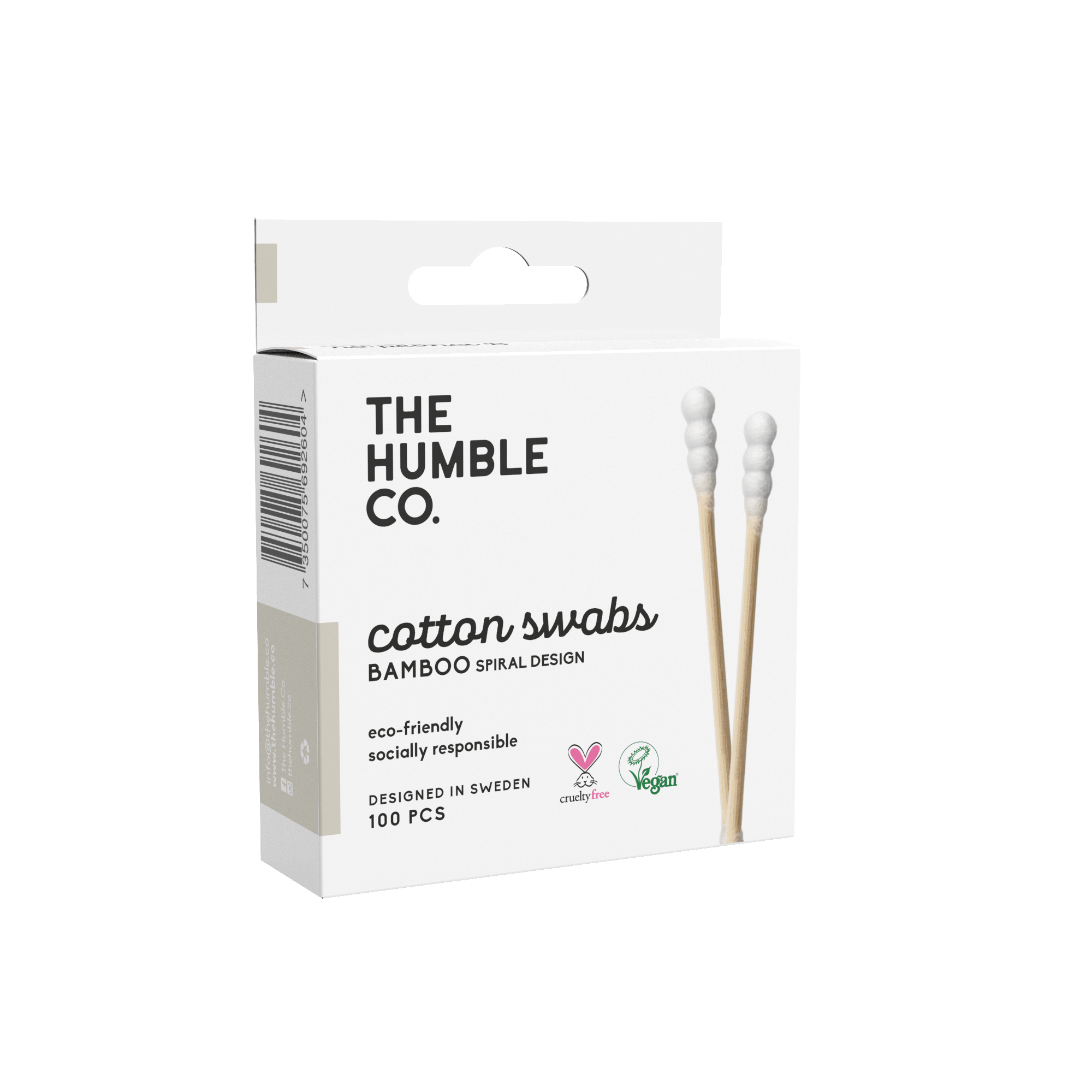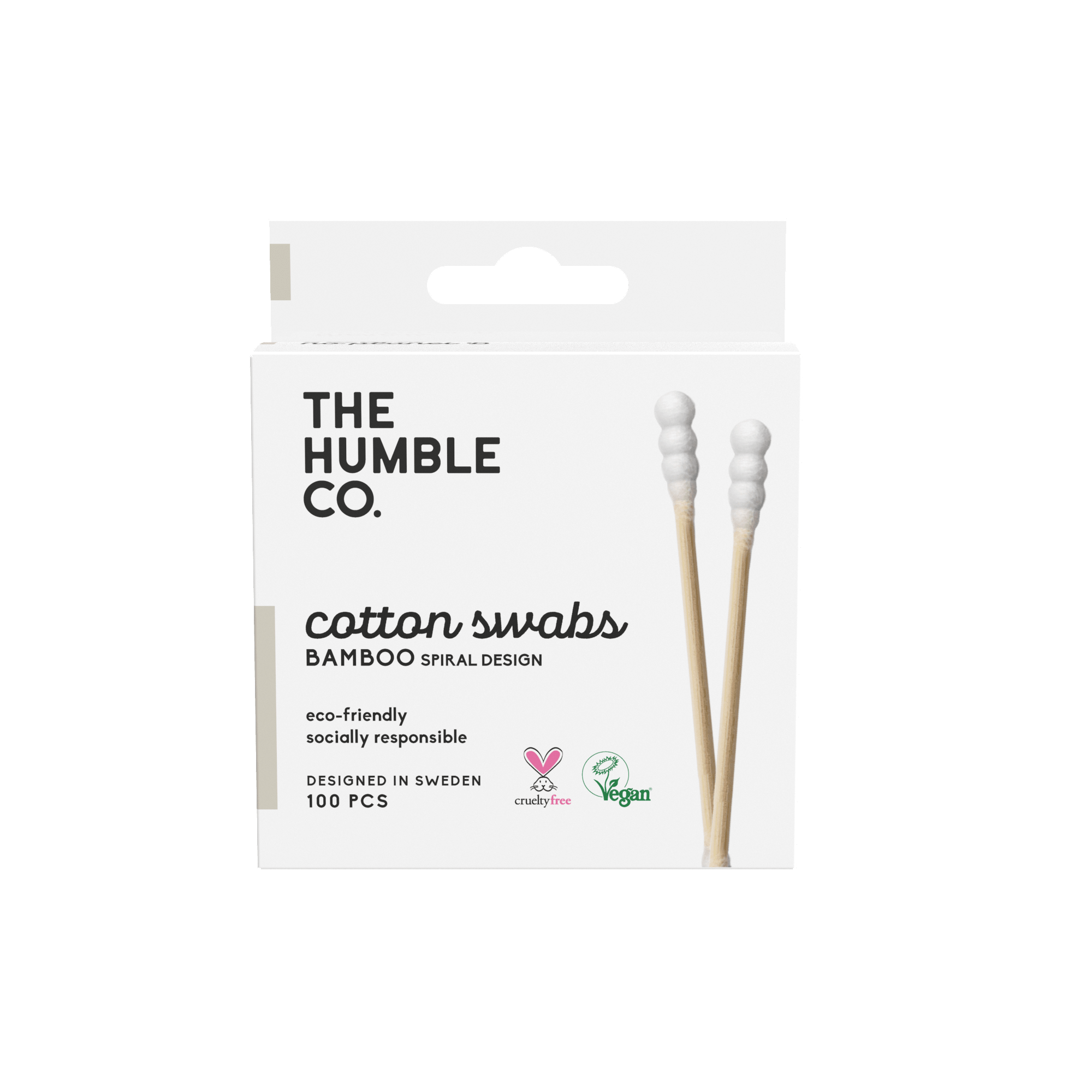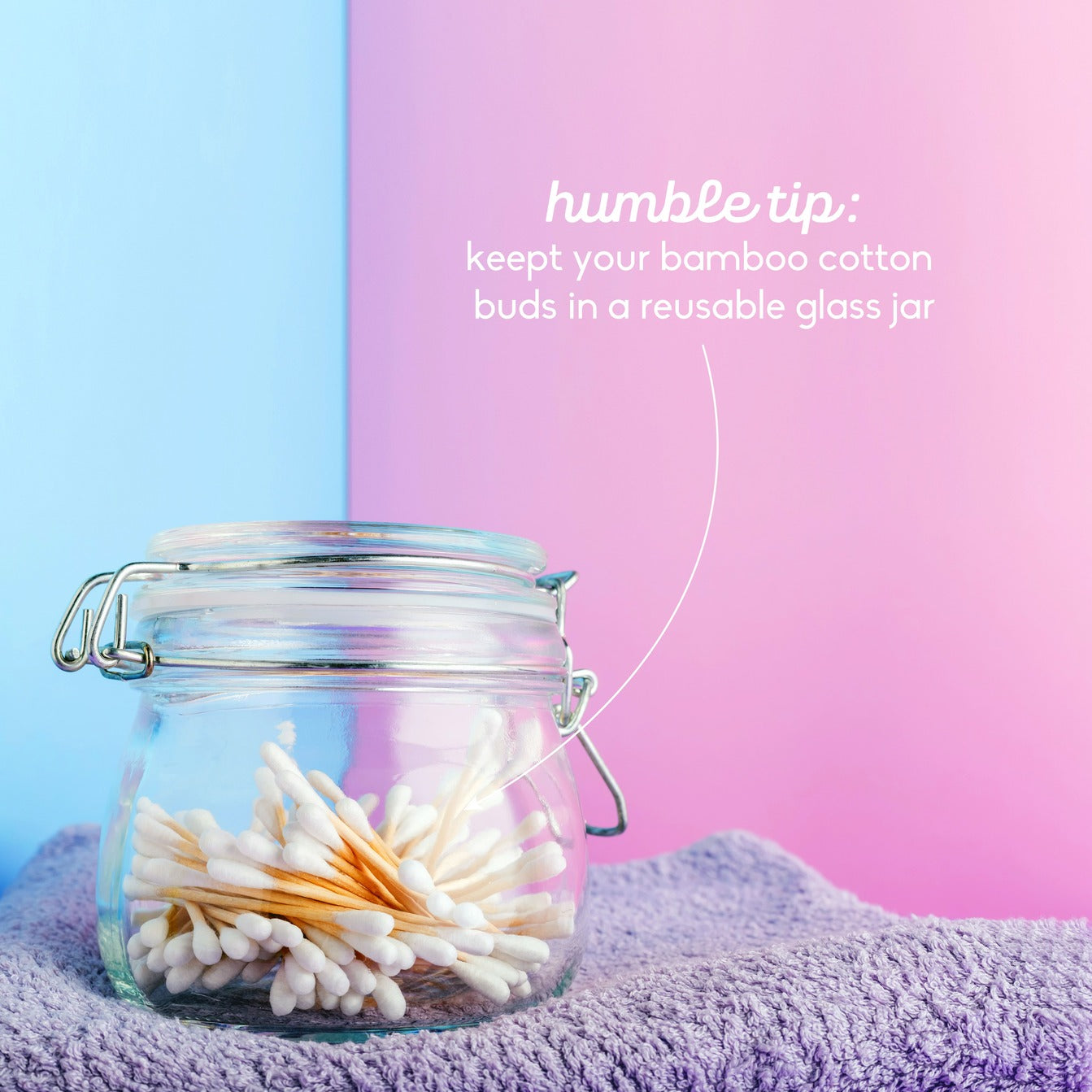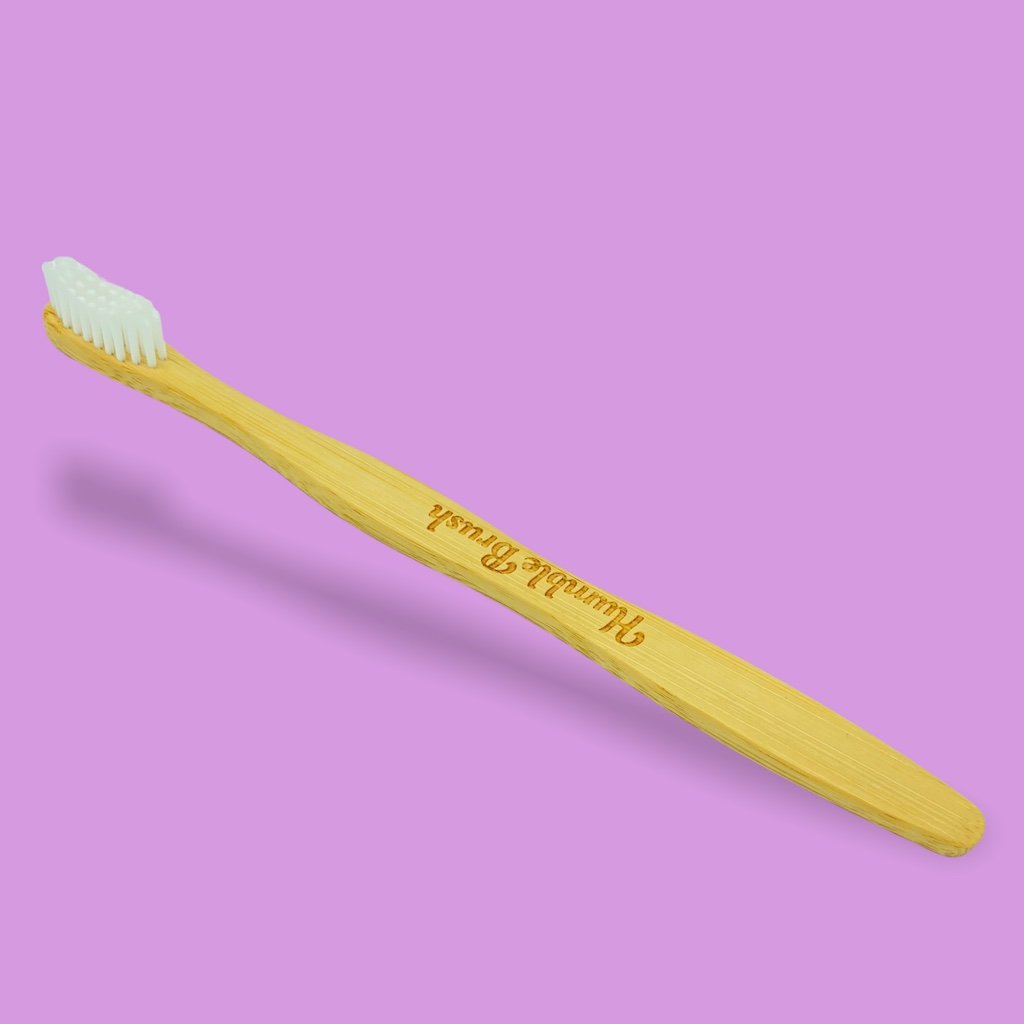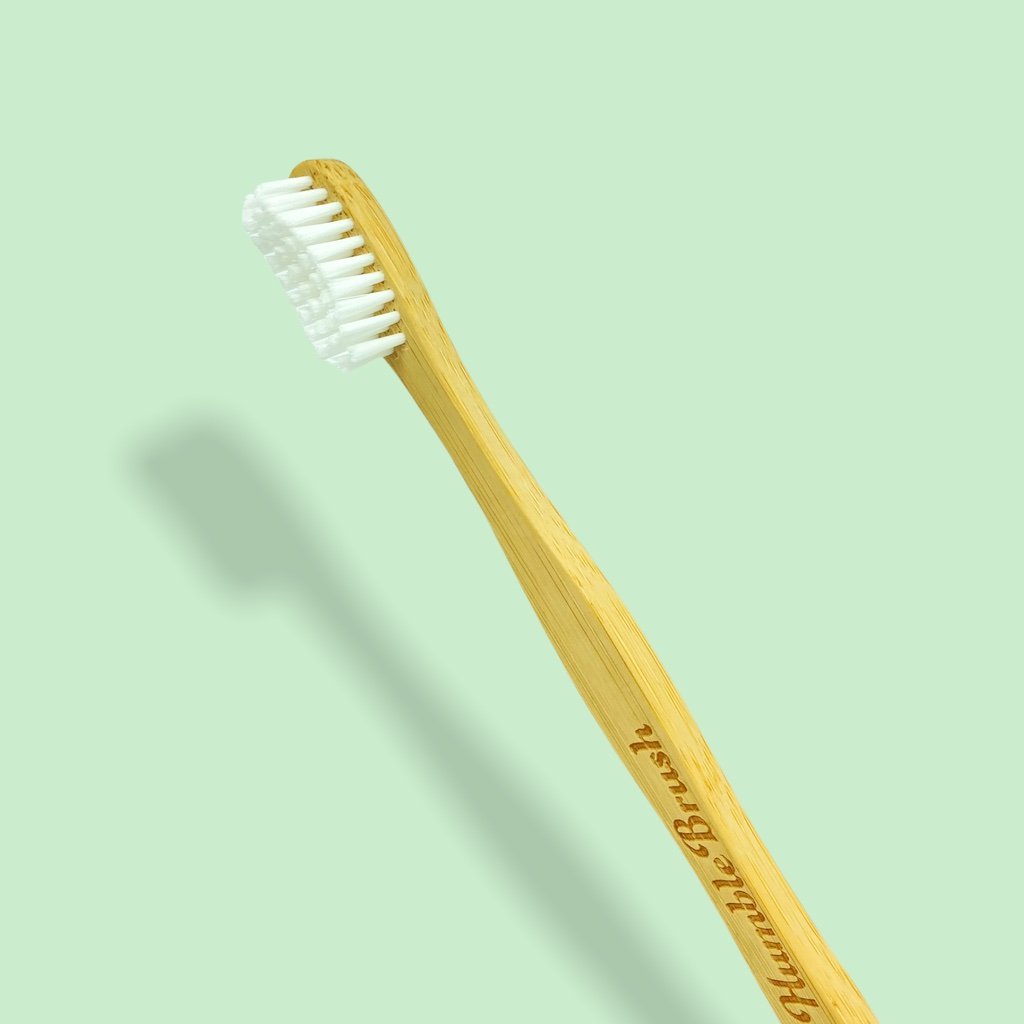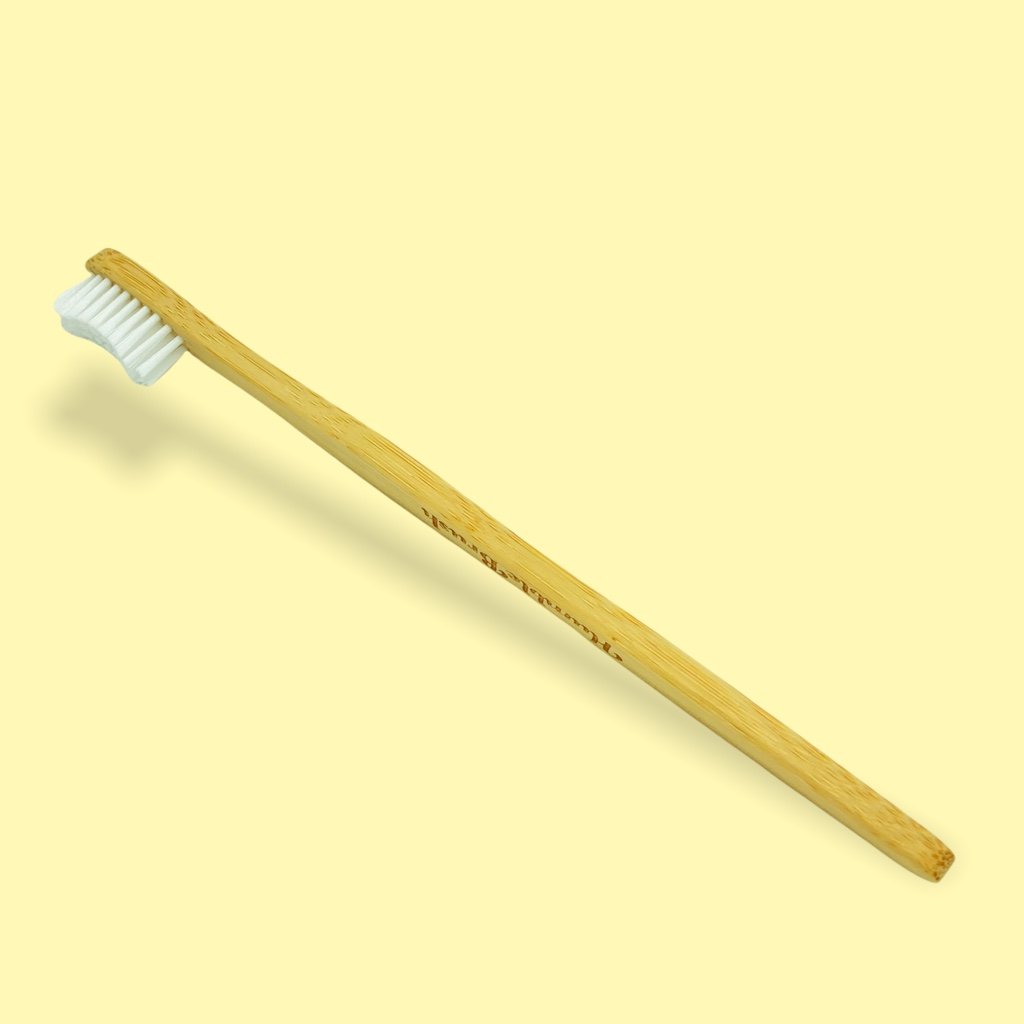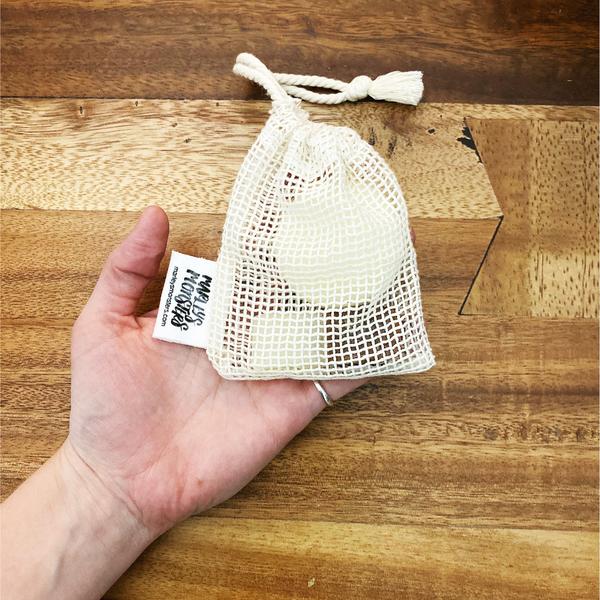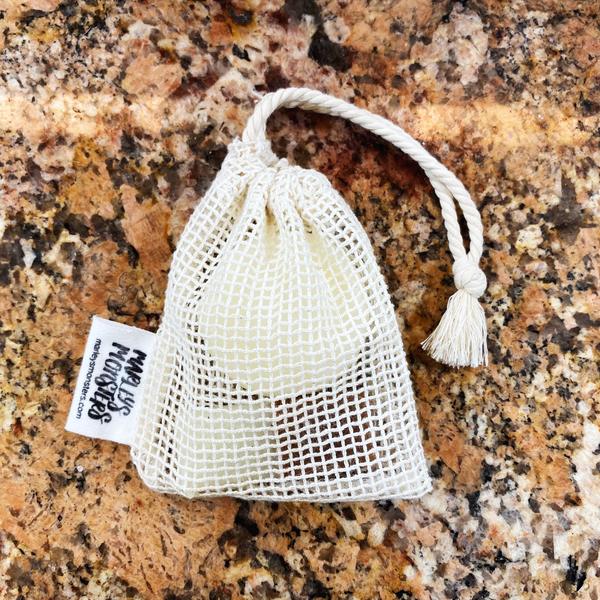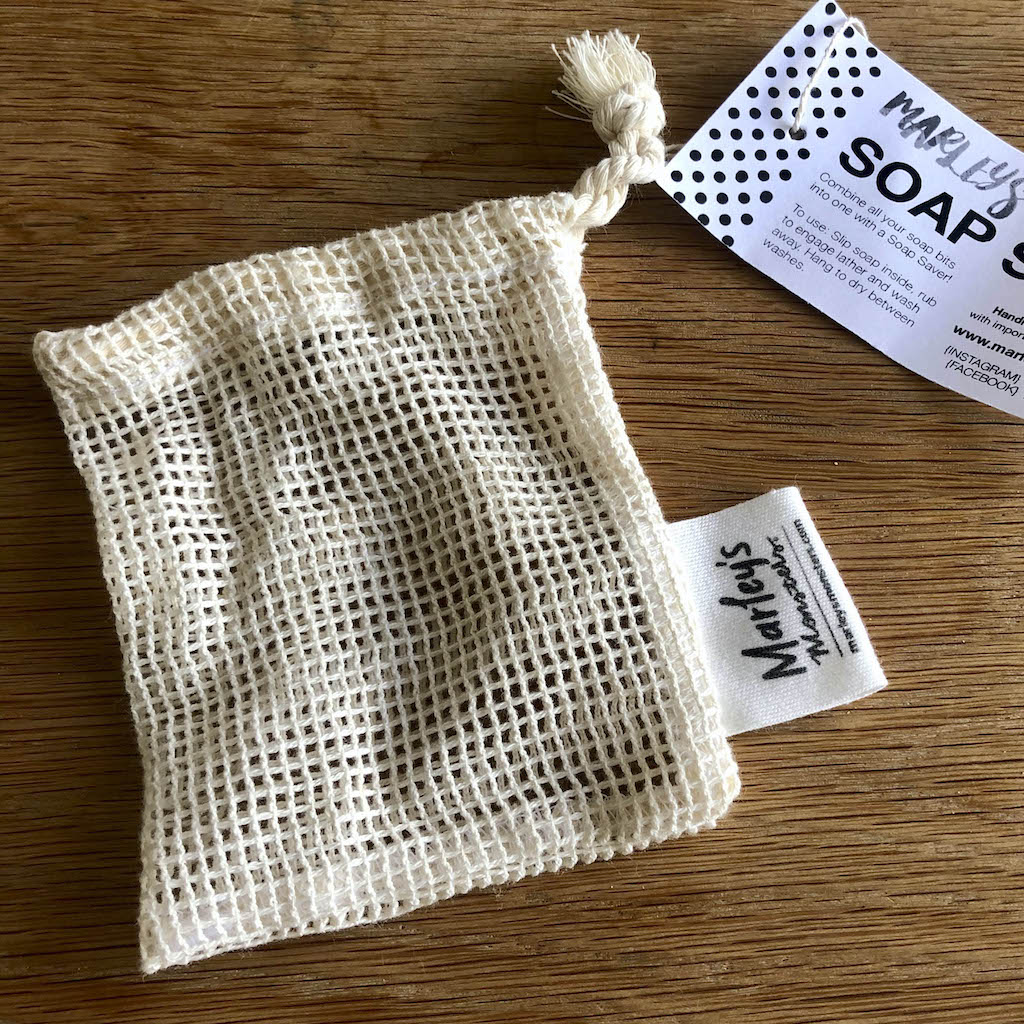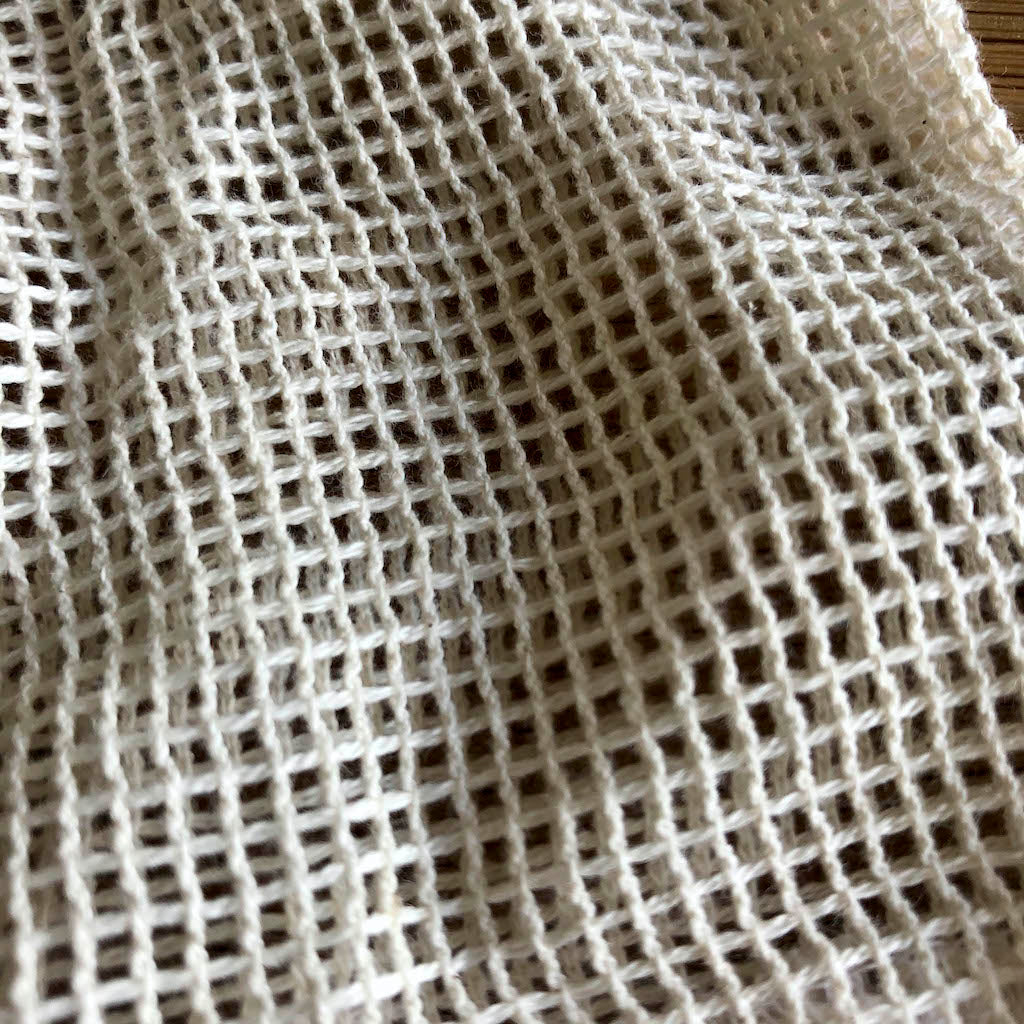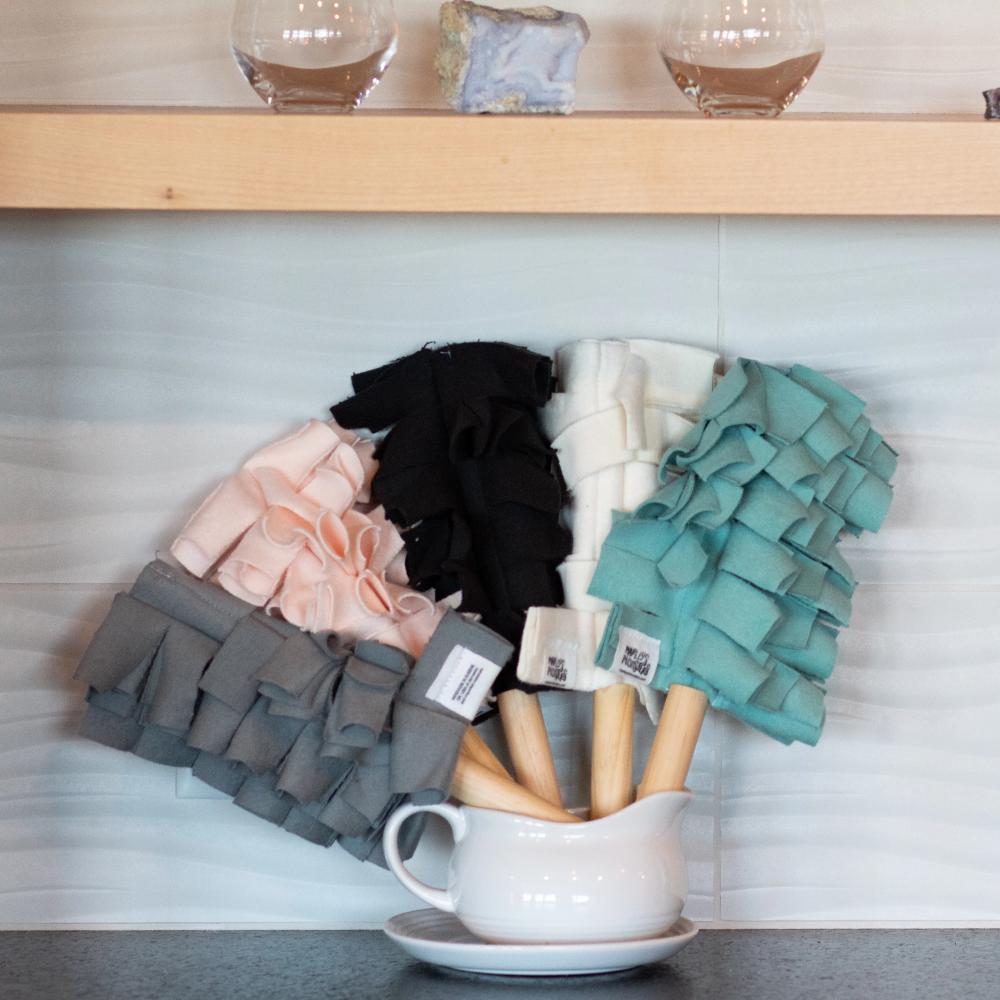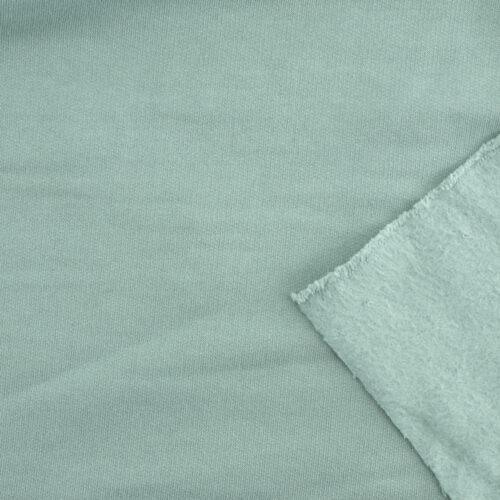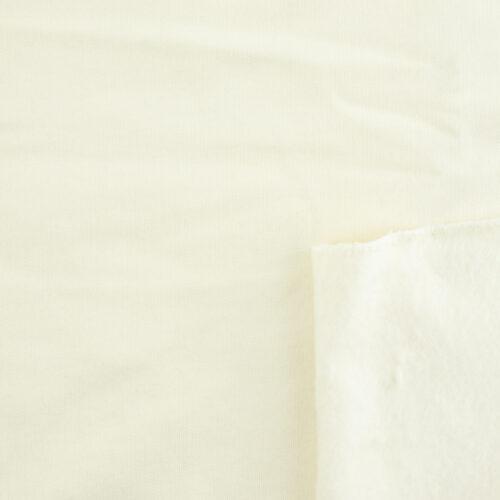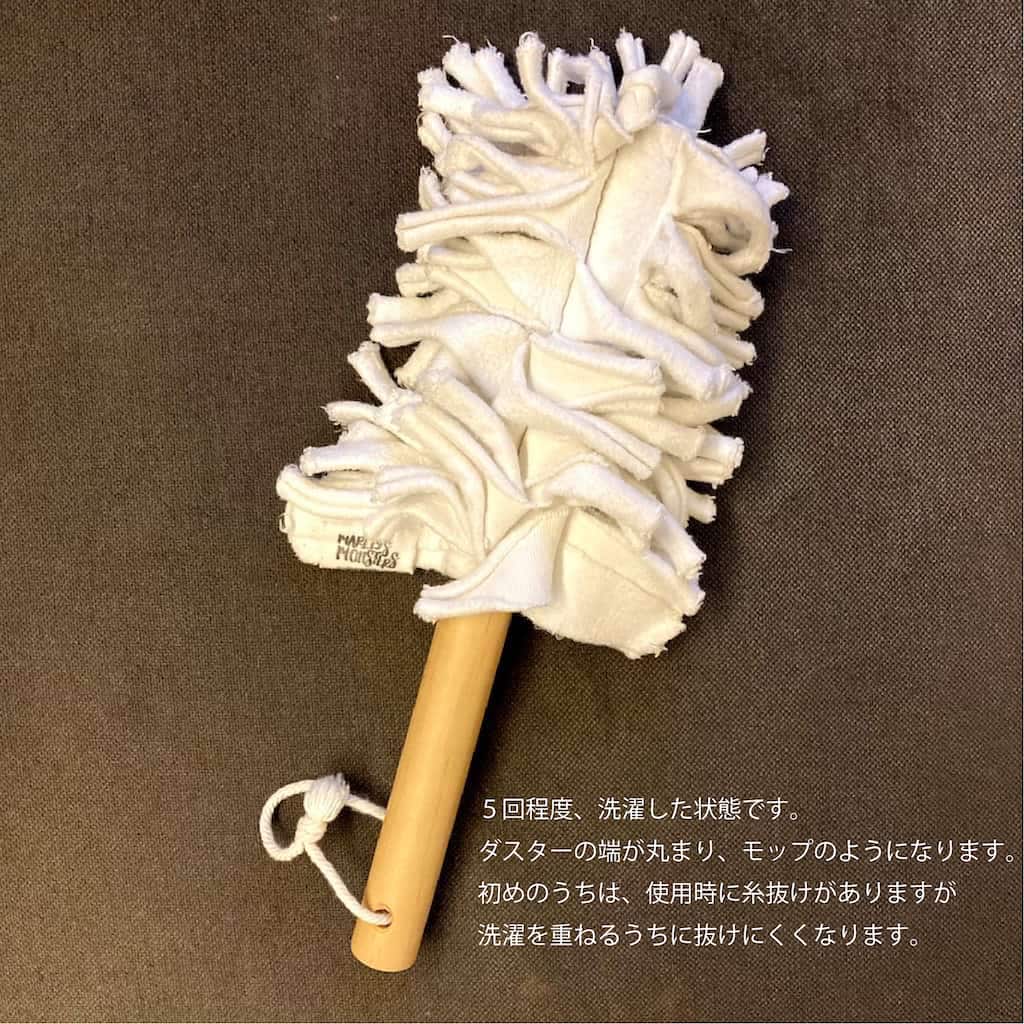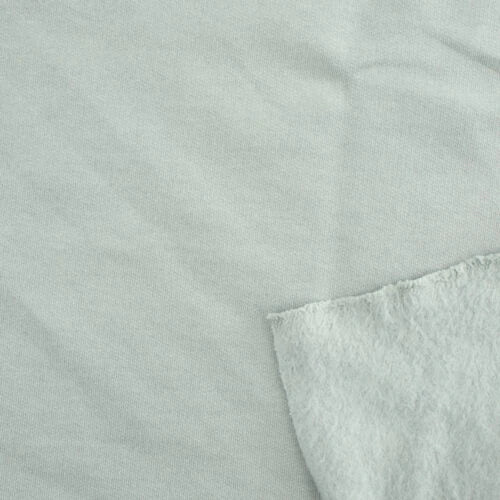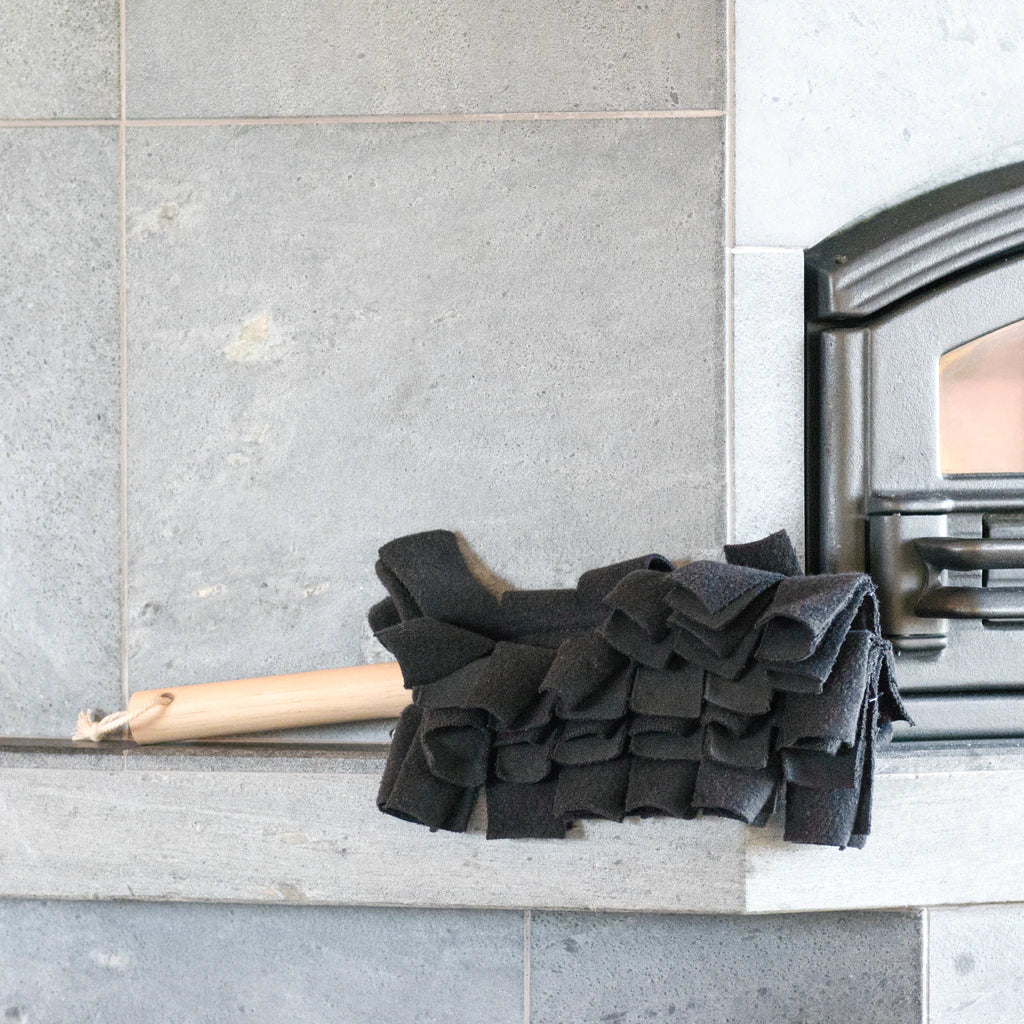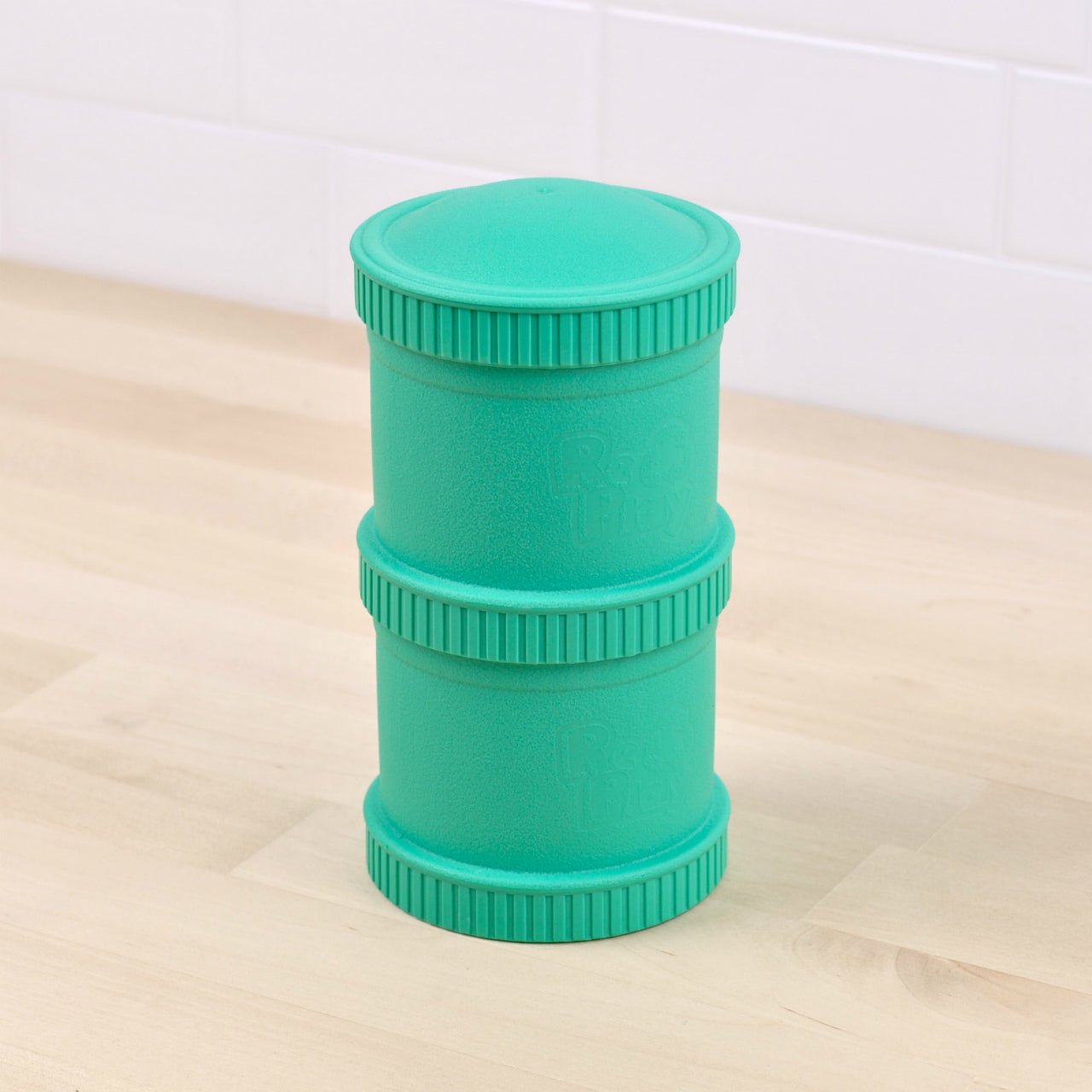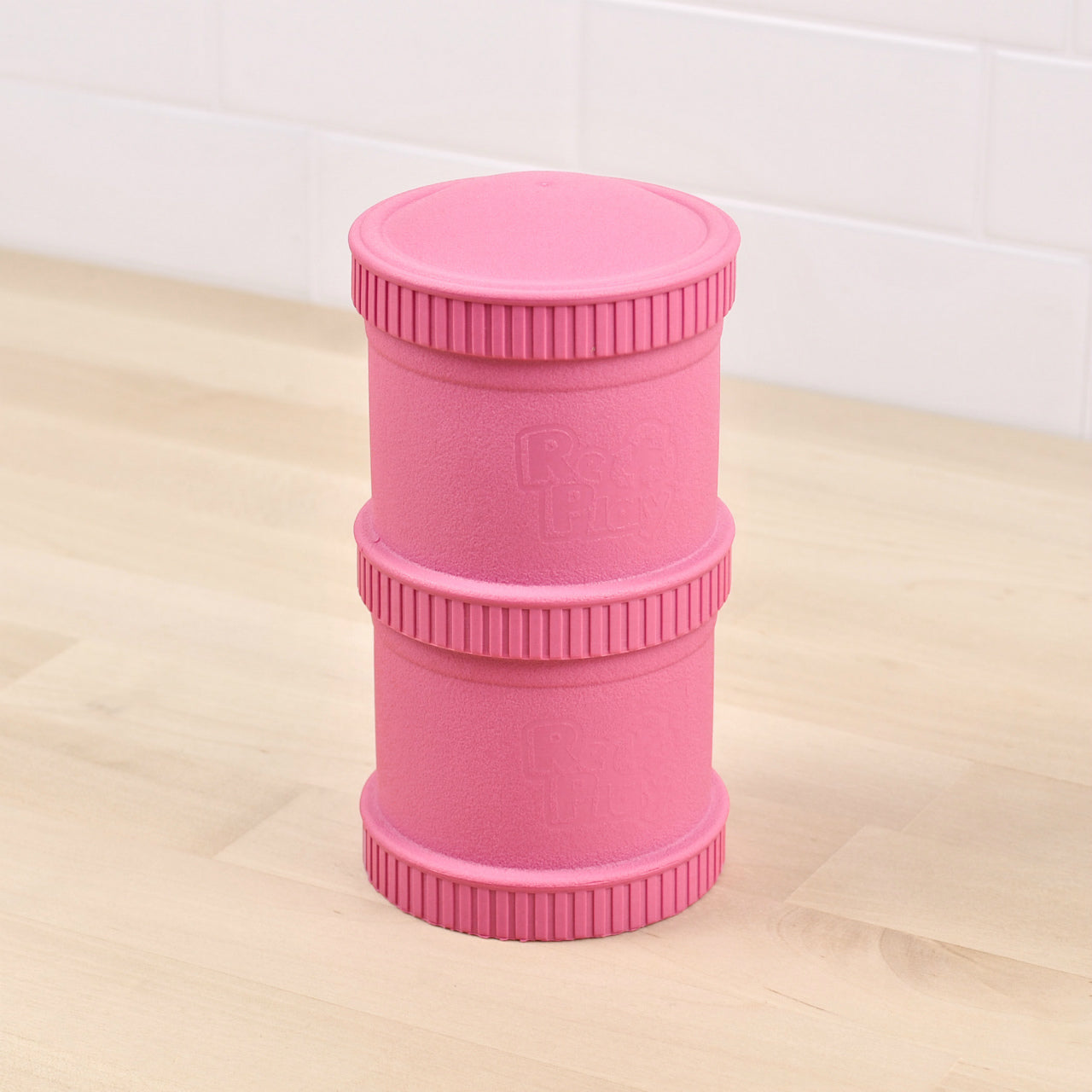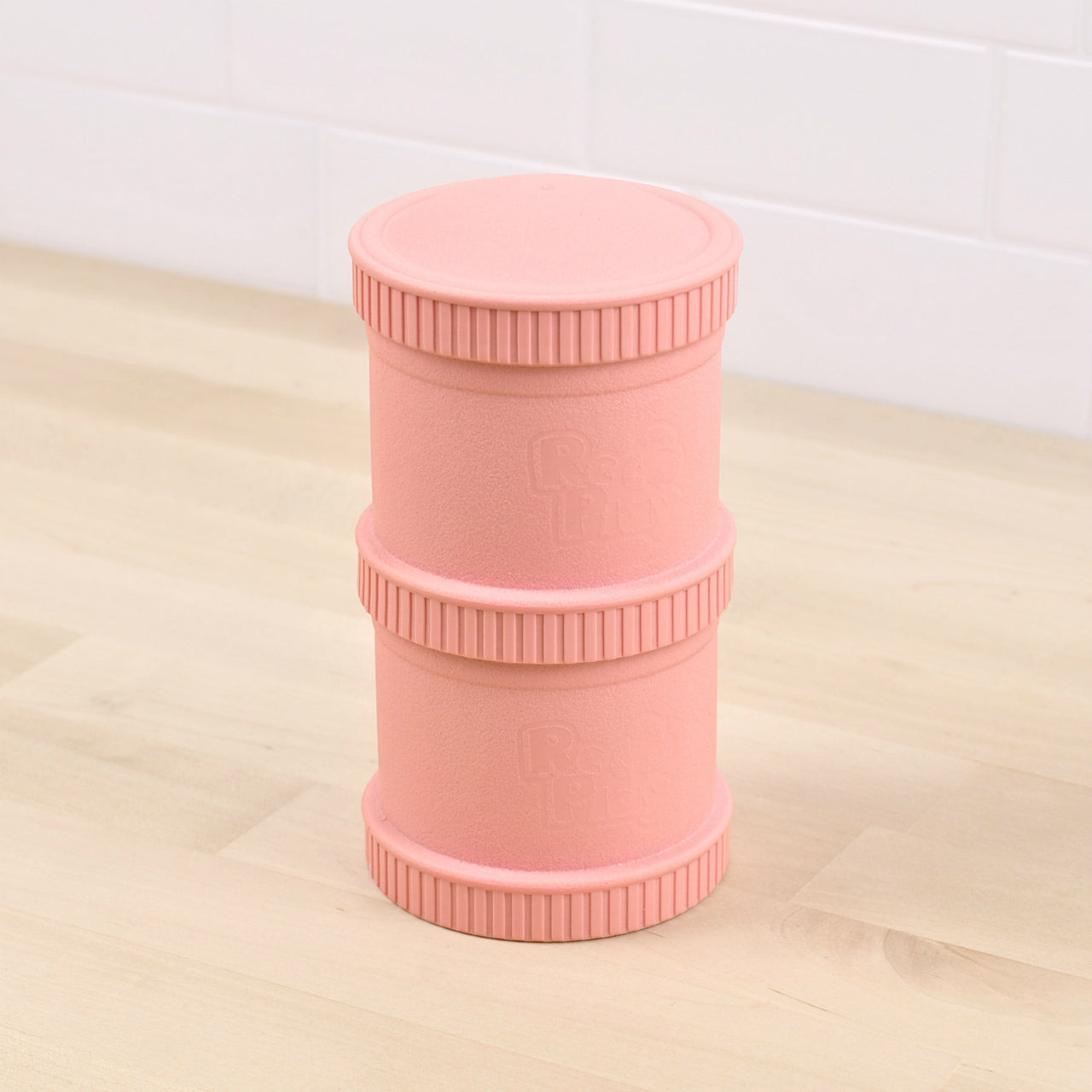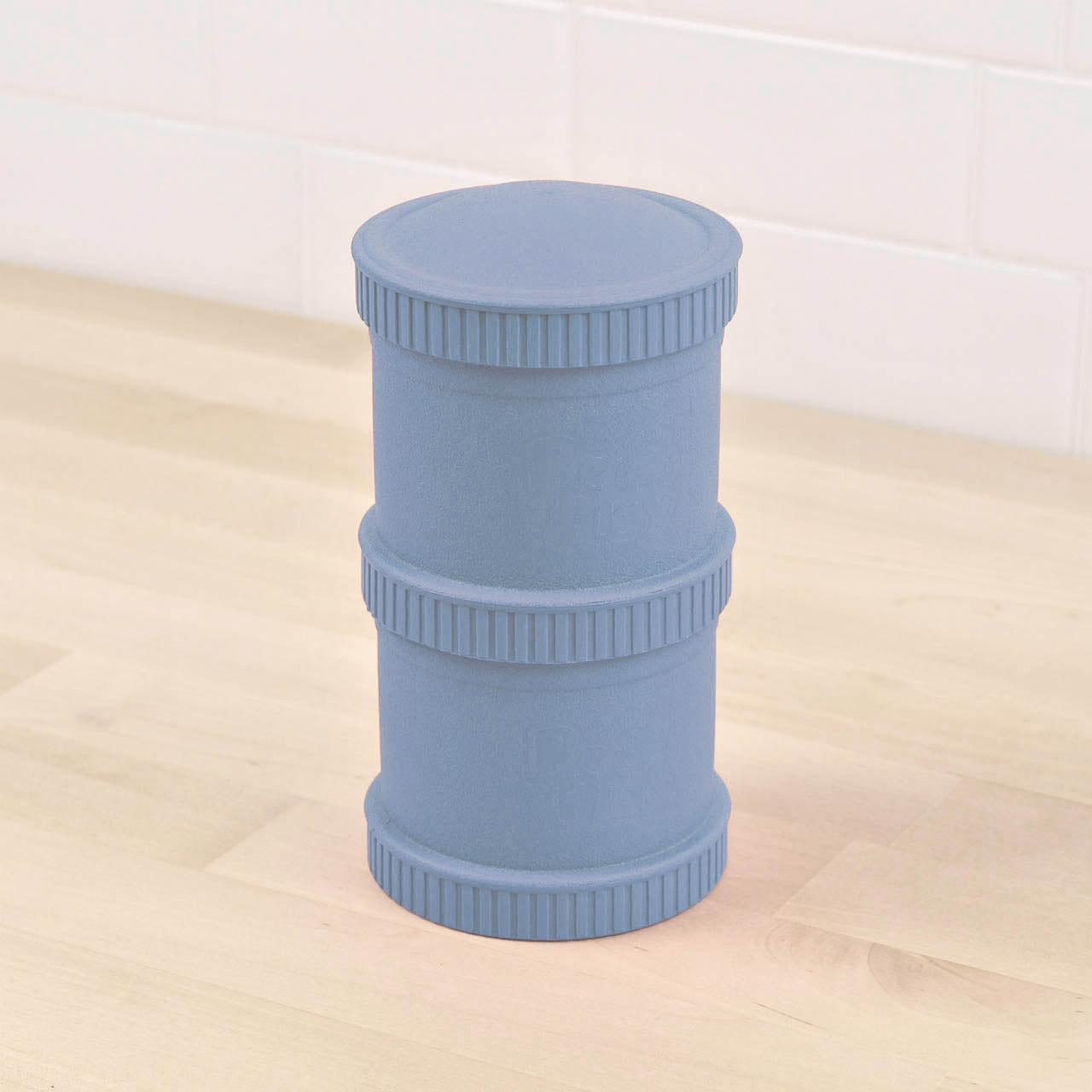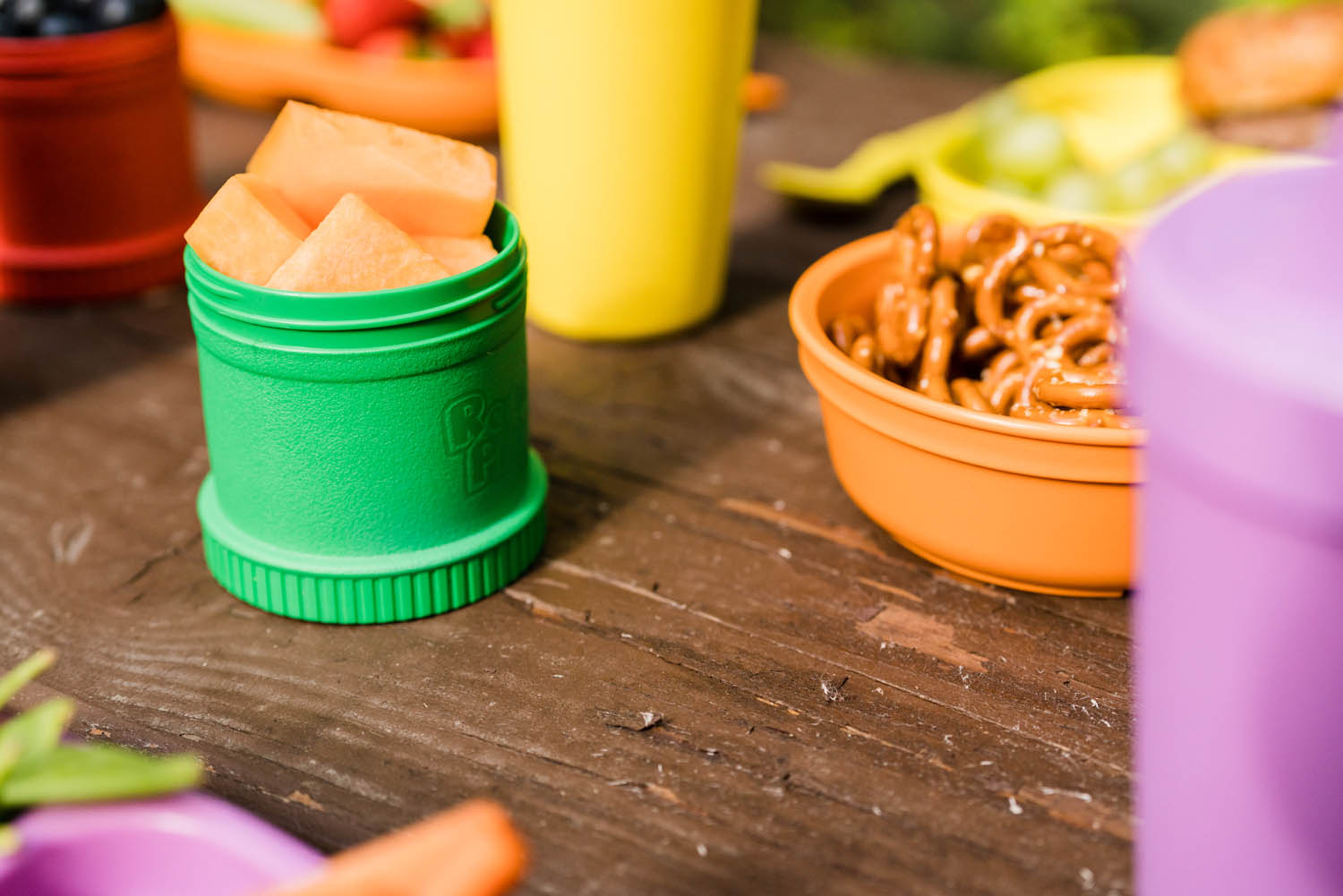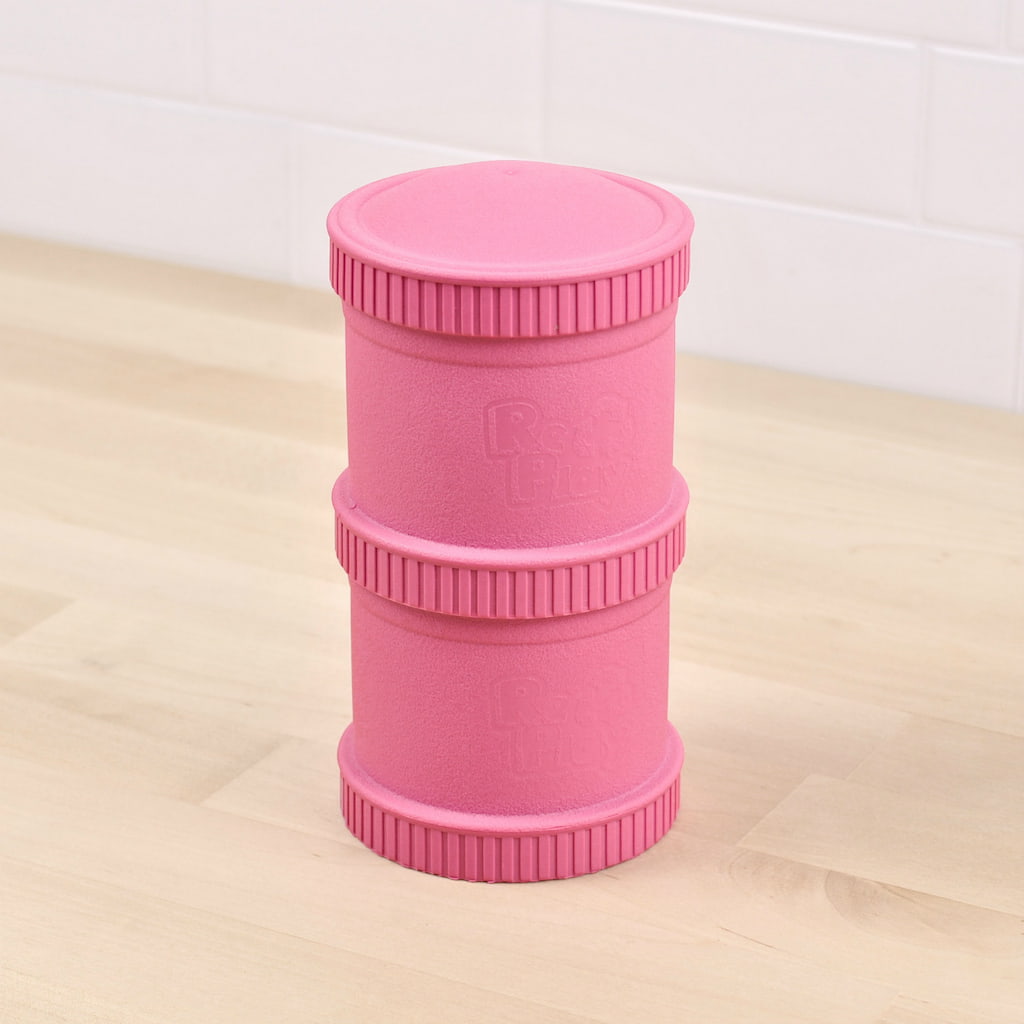
From the perspective of ethical consumption, assume that you have purchased environmentally friendly materials such as organic and recycled materials, or products were made through fairtrade. However, most of them are still new, and at the very least, there is a negative element to it, which is environmental pollution. Of course, it does not mean that a new product is bad.
It is important to review your lifestyle and to have secondhand as an option especially in this era where we are surrounded with full of things.
Fortunately, ever since I was young, I already had a choice of secondhand goods. They were fashionable at the time, but I think at that time I only ware secondhand clothes. Of course, for many people buying something that was worn by someone you don't know who can be a little scary.
In Japan, the secondhand clothing was very popular in the 1980s and 90s.
Currently, there are many auctions and flea market sites where individuals can easily sell items, not just high-priced vintages.
And as times change, many younger generations (Gen Z) are comfortable with choosing old clothes, choosing cheap and unique items, and enjoy fashion while mixing with trendy clothes.

My mother often asked me, "Why spend money on people's worn out clothes?" However, there is a story behind the secondhand merchandises that comes with it. If you like this excitement, you feel as if you are always looking for a treasure. It's like an once-in-a-lifetime moment when you take the time and get to meet the items you wanted.
As I wrote in the beginning, it is certain that some kind of environmental problem will occur when new products are produced.
For example, how much water do you use to make a pair of jeans? How much contaminated water will be drained into the river? How much does it cost to make one T-shirt and how much does it cost to make one?
I've been in the fashion industry for a long time, so let me just tell you that the costs are high.
And the next most important thing is to have love the clothes and repair it when needed. Repairing puts a new life on your clothes. With a little idea, you can change it into a unique look, and if you upcycle it, you can create and put in more value to the same item.

(* repair example: Repairing using a thick thread makes is a new design)

(* remake + upcycle : cushion using different fabrics)
In Japan, the spirit of "mottainai" has always been around. Older generations used to remake their kimono or pass them on to the next generations. (** The term "mottainai" in Japanese conveys a sense of regret over waste; it can translate as "What a waste")
I feel that this spirit of the past has been updated and reviewed recently.
Opening a little space in your wardrobe and selecting secondhand will surely bring about a change in environmental improvement. It requires more people's conscious and change in mindset.
Why not think about ethical consumption? Now is probably a great time to think about this.

![[MEDIA] DECEMBER 25, 2025](http://borderlesscreations.com/cdn/shop/articles/MEDIA_4.png?crop=region&crop_height=1080&crop_left=0&crop_top=0&crop_width=1080&v=1766622527&width=1080)
![[MEDIA] DECEMBER 2, 2025](http://borderlesscreations.com/cdn/shop/articles/MEDIA_3.png?crop=region&crop_height=1080&crop_left=0&crop_top=0&crop_width=1080&v=1764653760&width=1080)

